| yarrafalls1907map.jpg |
Detailed map of Yarra Falls above. Text for Warburton to Walhalla map below.
Watts River Weir number 1 now submerged by the waters of Maroondah Dam Yarra Ranges National Park.4/29/2017 THE CUMBERLAND GIANT TREE.
The giant trees of "Victoria have from time to time excited a little interest among botanists and others interested in their study. "Big Ben" and "Uncle Sam" on the Black Spur, "Old Joe" at Stony Creek, Lorne, and the "Neerim Giant"; also "Hercules," at Wynstay, Gippsland. Of these few, only "Uncle Sam" and "Old Joe" remain with us. The others, for Want of protection, have been destroyed by fire. That there are probably a few great giant eucalypts yet in existence in our forests is evident from the recent discovery of the tree which is illustrated in the present number of "The Leader." It is situated eleven miles from Marysville, near the Cumberland Falls, in a flat of exceedingly rich soil, surrounded by very high hills. Its elevation from sea level is about 2000 feet. It is a fine specimen of the White Manna Gum (Viminalis)', and measures about 6 feet up the . trunk with the tape tightly drawn 58 feet. It has in its time been a very tall tree, as the top, from decay, has been blown down at about 180 feet high.- The trunk at that height... is of great thickness, probably, 4 or 5 feet through. From observations made in California by experts, and by scientific men in Victoria, the age of these giant trees vary from 1200 to 2000 years. A tree over 40 feet girth on the Black Spur, when felled and a 3-inch slab was cut from it, numbered 1200 rings from the core to the outer -edge of the bark. "These vast forests of the Great Dividing Range appear to be the natural home of many members of the eucalypti family. Gigantic specimens of the Mountain Ash (Stuartiana), and the Great Black Butt (Pillularis) are here met with, surrounded by many of their own offspring, measuring 20 to 30 feet girth. Thousands of these great trees are to be found destroyed by bush fires, standing as black, charred monuments of some terrific conflagration in the past. In contrast to" these are to be seen thousands of white spectral giants, uncling.' but dead, the cause of which has elicited considerable discussion among those interested in the subject. The most recent" conclusion arrived at is that their decease is caused by certain species of the insect borer. The Cumberland Giant was discovered recently by Mr. Chester, a gold prospector, who informed Cr. John Keppell, of Marysville, of the same, and who succeeded in finding it. Arrangements, no doubt, will be made during the coming spring and summer for the conveyance of visitors to see this marvellous plant, which has probably stood where it now stands since the commencement of the Christian era. Argus (Melbourne, Vic. : 1848 - 1957), Tuesday 28 January 1908, page 4 A FOREST GIANT. --"UNCLE SAM" UPROOTED. BLOCKS THE BLACK SPUR ROAD. "Uncle Sam" is no more. He was up-rooted by a gale which blew in the region of the Black Spur, above Healesville, yes terday. "Uncle Sam" was reckoned the biggest tree in the states. He was over 40ft in girth and more than 200ft in height. Everybody who went up the Black Spur road was shown "Uncle Sam" whose dimensions were proudly set forth on a tin plate tacked to his hugo trunk near the ground. He was a giant amongst giants and seemed tough and vigorous enough to weather any storm for a hundred years. But appearances were deceitful for the great tree succumbed to the gale which blew yesterday. In its fall it blocked the road, and denied right of way to the mail coach, picnic par-ties, buggies, motor-cars, and horsemen. During the day nearly every visitor in the district went up to inspect the uprooted giant for "Uncle Sam" was one of the best "shows" of the mountain country. Black Spur Giants By N.J. Caire The giant trees of the Blacks' Spur, beyond Fernshaw in Victoria, are legion but the parents of these, measuring from 40 feet to 57 feet girth, were about three in number - "Big Ben," "Billy Barlow," and "Uncle Sam," all three named by the writer. "Billy Barlow" was felled by order of the Government to cut a slab to be sent to the last Paris Exposition. "Big Ben" through not being protected was burnt a few seasons since in one of the destructive bush-fires which rages in the Dividing Ranges. And now we hear of the death of "Uncle Sam" evidently from decay. Some thirty years since I measured our venerable "Uncle" at about six feet from the ground with a tightened tape, and found about 40 ft. girth. Twenty years later I took a tape and found it only measured 36 feet, and noticing signs of decay at the butt and in the uppermost branches, I concluded "Uncle Sam" had reached the zenith of his existence. The decrease in his girth was caused by the full flow of sap being interfered with, in consequence of root decay. I remarked then that it was only a matter of time when the giant trunk would become so weakened by decay as to come crushing down either in Myrtle gully below it or across the Blacks' Spur road, the later of which has now happened. The ashes of "Big Ben" have been blown to the four quarters of the globe : those of "Uncle Sam" will soon follow in a like manner. The stump of "Billy Barlow" still remains with us, and is sufficiently large to seat a family of 12 around a circular table. When it was felled, and just previous to the time when I stood upon it and christened it "Billy Barlow," a friend of mine took the trouble of counting the rings from the core to the outer edge of the bark, giving the result of 1,200 thus showing that "Billy" was over 1,000 years old. "Big Ben," being about the same size, must have been the same age and evidently the seeds of these giants were deposited on "Syncona Hill," and the hill on the other side of Myrtle Gully, a mile distant, at about the same time. Roughly speaking the age of "Uncle Sam" may be reckoned at 1,000 years. The Unites States Government have interested themselves in everything appertaining to the giant trees of the Yosemite Valley in California, and the experts employed by them, with whom I had the pleasure of having an interesting conversation, have computed the age of the great trees at 1,800 to 2,000 years. We have still a few giant trees left, such as King Edward VII," 80 feet in girth, and his mate 58 feet in the Cumberland forest beyond Marysville, both far advanced in decay.
Etta's Glen
A Veritable Fairyland. Etta's Glen, one of the most celebrated of Victorian beauty spots, which is threatened by the forest fires raging in the mountain country outside Melbourne must be seen to be appreciated. A few miles outside Healesville, a noted pleasure resort on the way to the Black Spur, the glen is a veritable fairyland. It is a spot beloved of poets, and has often been sung in verse. It is a riot of delicate ferns and mosses, and the dainty maidenhair ferns grow there in abundance. A tumbling waterfall adds to the beauty of the scene. The foliage in the neighbourhood is so dense that the sun never pierces through. The Glen is a "channel of coolness." even in the hottest days of the Victorian Summer, and its loos would be irreparable. "House" near the source of the Yarra The Australian Saturday 7 th of July 1888 The Discovery of the sources of the Yarra By "Field Naturalist" Part II After such incredible work the explorers camped east, distant about 10 miles from Hoddle's camp. The fatigue and labour of the day compelled them to consider if the journey could not be performed in a less laborious way. The result was they determine to take the river-bed, which was only about knee-deep on account of the exceedingly dry season experienced throughout the whole colony. In this manner they had often to climb a height of 40 ft. over dead trees which had fallen in great numbers across the river from either bank forming a complete barricade, the stream finding its way through the interstices. Passing Big Pat's Creek, from the same direction, shortly afterwards a beautiful affluent was noticed coming from the left, almost at right angles, with, and discharging itself into the parent stream by a forked mouth which was margined with Todeas, and a bed of graceful star-fern (Gleichenia flubellata) drooping at the foot of a solitary sassafrass tree, which, in turn was supported by Leptospermum of small elegant foliage, and under the shadow of well grown messmate gums. This stream was undoubtedly the Ligar or Bellell Creek. Shortly after leaving the Ligar, on the right some steep sidlings occur, with outcrops of schist rock rising from the river's bed. From the face of these sidlings, pretty glances were obtained of the river, purling and gurgling 80 ft. or 100 ft. below and fringed with the feathery leaves of regiments of silver wattles, here and there relieved by the darker and more intense foliage of the Myrtle (Fagus). Approaching McMahons Creek, the river takes a remarkable bend of three-quarters of a mile and comes within 40 yards of its starting-point again. Subsequently in 1864, through this peninsula of solid rock 50 ft. in height, it took four men 15 weeks to drill a ragged 6 ft. tunnel, whereby they diverted the Yarra's course. After prospecting the three quarters of a mile of the dry bed, it is related the plucky miners obtained just as much gold as cleared the expenses of the tunnelling. The explorers are now at the junction of the McMahon a clear and swift running stream about five or six paces in width. The natural bed of the Yarra here is 15 to 17 paces wide, with a depth of about 4 ft. in normal seasons, and is 1,100 ft. above sea-level. Peninsula-hill, on the right is another 1,000 ft. above the river, while opposite, across the river and the Ligar valleys, a chain of abrupt spurs attain 3,000 ft. above sea-level, and one individual, with towering timber, as if to out-do his brethren, sneaks up to 3,100 by barometer, and from that distinguished altitude frowned down on all the orgies and revelries of the hundreds of diggers that took place at McMahon's in the early sixties. Still proceeding in a north easterly direction, but before reaching what is now Reefton, a strong and rapid creek coursed in from the left, and appeared nearly equal in volume of water to the Yarra. This was evidently Armstrong's or Cumberland Creek, also shown on government maps as Meola creek. This creek is in contrast with Walsh's, a few miles on the other side of Reefton, which is of a more silent nature, with deep pools. Reefton, by nearest route is about 65 miles from Melbourne, but it would have been difficult to compute the explorer's mileage, as they kept by the winding of the river. From the junction of Armstrong's their course suddenly changed from north-east to south-east; then again to a generally easterly one. Beyond Walsh's Creek the Yarra visibly diminishes in volume, and assumes more the form of a succession of rapids. Insignificant tributaries run from either side - Wilson's Nos 1 and 2 on the left and Alderman's and Queen's Birthday Creek on the right. The mountains appeared converging on either hand towards one grand climax ahead, and dwindling river feeders, which in winter time are rugged mountain torrents, were now so many rippling rills coursing the beds of magnificent fern gullies. In fact, all the Yarra's watersheds are a perfect paradise for fern gullies more or less beautiful, but nearing the rivers main source there is an increasing abundance of aromatic-barked sassafras and fragrant-smelling musk trees, and a perfect forest of noble lofty white gums, with an entire absence of those dismal looking dead and blanched tree-barrels so conspicuous on the ranges lower down. The acme of perfection of the Yarra's scenery is undoubtedly attained among its upper waters. The glorious grandeur of the whole situation forces upon the souls of the beholders the expression of the Psalmist of old - "Oh Lord! How manifold are Thy works! in wisdom hast Thou made them all." Here the explorers stood in the primeval upland woods, with 30 or 40 miles of wild bush betwixt them and the nearest human beings, meditating on the wonderful, though silent, development of the lavish wealth of innumerable plants of rare beauty, and immense lofty trees of untold ages, in which the explorers, with every student of nature, so instinctively discerned "a still small voice." Posterity will ever revere the name of Mr. Wm. Davidson, engineer of the Melbourne Water Supply, for his far seeing policy in recommending the reservation of 120,000 acres of land lying north of Reefton, and comprising the 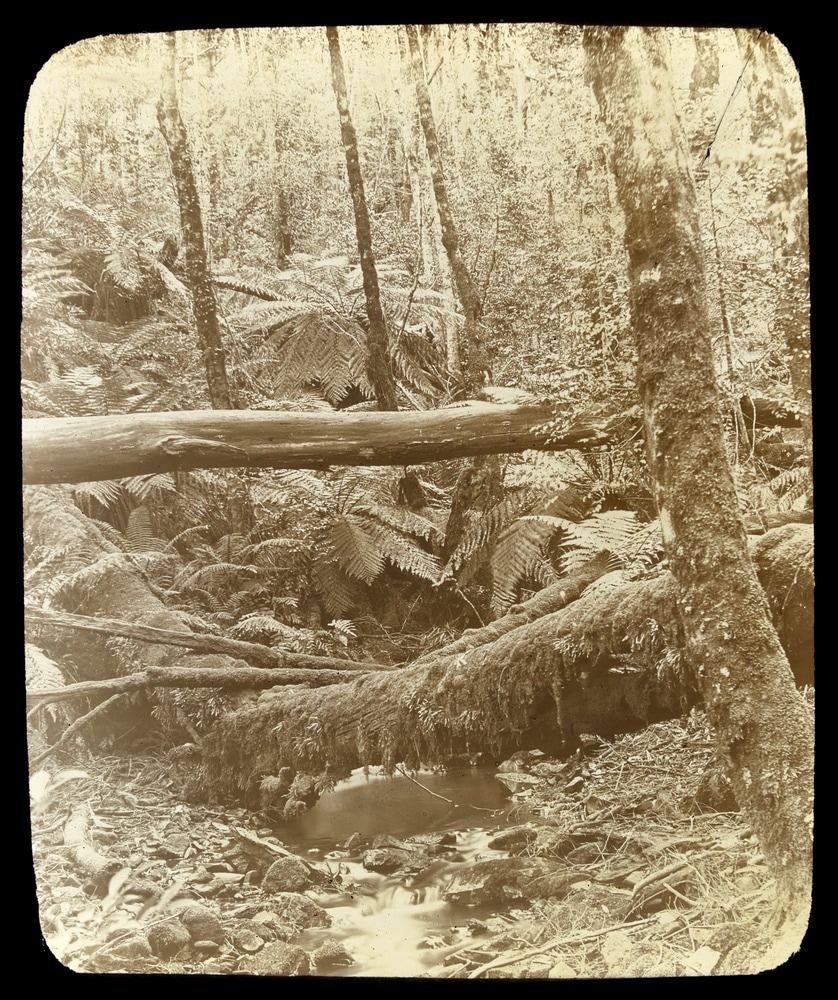 Illustrated Australian News (Melbourne, Vic. : 1876 - 1889), Wednesday 6 January 1886, page 10 OUR SUPPLEMENT. THE HEAD WATERS OP THE YARRA. Our artist has been happy in depicting one of the most- picturesque of the many picturesque scenes which are to be found in the neighborhood of the source of the Yarra Yarra. .To the ordinary tourist, who has been ' doing'' the various cities of Australasia, the Yarra has no pleasant reminiscences. Nor can this be wondered at. The stream as it flows through Melbourne is .minus all tho allurements which one is apt to associate with tho river of the poet's dreams and writings., Tho ' silvery sheen ' is wanting, the 'spark-ling cascades ' are not there ; and the river flows through; the heart of tho 'Queen City of tho South' muddy, sullen' and sulky. This view of tho Yarra , is not enchanting. Tar from it. -The scone which our artist has depioted,' how-ever, is in marked contrast to what we have just now described. Ho has travelled to tho sources of tho Yarra, to tho southern spurs of tho dividing range, where tho stream is yet in its infancy. Hero tho water is as pure as crystal, and rushes in joyous heedlessness onward and onward little recking that in a short space it will become thick and sullied, and flow through the heart of the city robbed of its primal chastity. Tho Yarra Yarra takes its rise in the southern spurs of tho Great Dividing Range amongst scenery of the most picturesque description. There the highest, trees in Australia, and indeed one might say in the world, make their homes. There also the gigantic fern trees grow in luxuriance, and vegetation is in the. greatest profusion. Tho droughts which are dreaded throughout tho greater portion of Australia are unknown here. Tho rains, probably on account of tho quantity of timber, are incessant, consequently, tho vegetation is almost of tropical growth. Tho scene which our' artist has happily seized upon is singularly. Australian. 'The stream, leaps from rock to rock, winding in and out, not amongst huge boulders, but between dense undergrowth and roots of trees,' fallen logs, &c. On each side of the stream, trees, tall and straight as tho masts of ships, spring out of tho ground arid rise without a bend in them to the height of 300 to 400 feet.' Ferns luxuriate on the banks and vegetation is in its seventh heaven of delight. The homo of the lyre bird is here, and, but gently be it spoken, the red deer browse in peace and quietude, and are seldom disturbed by the sound of human feet. This, too, is tho paradise of the angler, for English trout are known to abound here, though owing to the density of tho undergrowth their capture is only accomplished with the greatest difficulty. No tourist who wishes to see true Australian scenery should omit - a visit to tho Upper Yarra. Above is the nine mile road Upper Yarra along here on the right somewhere is the source of the Yarra. Argus (Melbourne, Vic. : 1848 - 1957), Thursday 5 February 1874, page 10 SEARCH FOR THE SOURCE OF THE YARRA Within 60 miles from Melbourne as the crow flies is a tract of country which, hut for those imaginary lines, indicating supposi titious river streams, which geographers love to draw, would be represented on the map of Victoria by little more than a blank space. In outline shaped like a horseshoe, about 20 miles in width, and 30 miles in length, it is Burrounded by tall mountain ranges, which stretch from Marysville to St. Clair, and thence almost scmicircularly to Mount Baw Baw, from which point they continue in a nearly straight westerly direction till they be-come more or less mingled with what are com-monly known as the Dandenong Ranges. The region thus compassed about is still further hemmed in (on its western side) by the alpine ridges of whicli Mount Juliet forms a conspicuous feature ; and the circumvallation would be almost complete but for "The Gap," through which flows the River Yarra cn its way to the sea. Within the bounds thus described the head waters of the said river have their source, and it is a matter of fact that hitherto this portion of Victorian territory has been almost utterly unknown. True, a river line, with tributaries, some of which are named, appear on the map ; but, practically, no actual knowledge of any part of the main stream, or its source or surround-ings, higher than the rivulet suspiciously designated Starvation Creek, is in the pos session of the Government survey authori ties. A little is known of the river course as for as MacMahon's Creek, a few miles further up, but that is all. When many explor-ing parties were out searching for an Upper Yarra track to the Wood's Point gold-fields one or two glimpses of this sealed district were ob-tained, and what is called "Bowman's track " was traced right across it from its southern boundary to St. Clair, but the information so gathered is trifling, and for scientific pur poses comparatively vague and unsatis factory. Under these circumstances we are able to extract much that is valuable from the journals of two members of an exploring party of three who during the last few weeks of 1873 started to travel from Mount Baw Baw to the Yarra source, and, if possible, follow the river to MacMahon's Creek. We will tell their story as nearly as possible in their own words. It was shortly after noon on December 11 last that the party arranged their swags, shouldered them, and left the township of Tangil, en route for the summit of the Baw Baw. Each swag weighed about 28lb., and the whole lading consisted of the following articles :-Three blankets, weighing nearly 31b. each ; a small single-barrelled fowlingpiece, with ammunition ; a couple of toma-hawks; a small tent-fly, 6ft. by 6ft., weigh-ing about 3lb. ; 10lb. flour, 10lb. biscuit, 2lb. tea, 10lb. sugar, 8lb. German sausage, three pots of Liebig's extract of beef, and a bottle of cognac of warranted high cha-racter. Their route lay in the first instance up the spur dividing the rivers Tangil and Tyers, and after somewhat hard travel they camped for their first night at tho head of Bull Beef Creek, and supped off their rations. Next morning they breakfasted on grilled monkey-bear, and, following the blazes of the old geodetic survey party, made for the trigonometrical station established about 5,500ft. above the level of the sea, on nearly the highest peak of the mountain. The unlearned reader may be informed that Mount Kosciusco, the highest known mountain in Australia, is 7,200ft. high. They had not mounted far before they found themselves in altogether new country. First they met with splendid sassafras trees, which ere long they found to grow so thickly together that they could only make their way through them with diffi-culty. The overgrowth was, moreover, mingled with magnificent over-arching ferns, At Lady Manners-Sutton Creek they stopped awhile to admire a very fine belt of mountain ash, and at 6 p.m. they reached Granite Creek, which may be fairly described as in the Baw Baw ranges. Here they saw trees the ascertained height of which was 350ft, and the trunks of some of them measured 80 links or about 53ft. in circumference. Next day found them on Baw Baw summit, on ?which they camped, for the atmosphere was so thick with mist and smoke from bush fires that they could get no cloar outlook. During the night the wind changed from north to south, and the mountain top was thenceforward till the following noon en-veloped in rolling clouds of dense volume, which drenched the poor explorers to the skin. At last the prospect cleared, and a vast and magnificent panorama unfolded itself. To the south-east were the Gipps Land lakes, to the south the apparently end-less Hoddle ranges, where "Hills peeped o'er hills, and Alps on Alps arose." To the south-west lay Western Port Bay and Bass's Straits; to the westward Arthur's Seat, Mount Eliza, Mount Martha, Hobson's Bay, and Station Peak ; to the northward, the township of Red Jacket (the roof of the schoolhouse, which forms the almost sole remnant of burned-down Matlock, could be discerned gleaming in the sunlight) ; and to tho north-east, the great ranges of North Gipps Land. They found the timber on Baw Baw to comprise the stunted mountain ash, myrtle or mahogany, and thick scrub, mostly Erica. The party had now a somewhat puzzling question before them for they were required to decide in what direction they would begin their search for the Yarra source. In the ranges on which they stood rises not only the Yarra but the Tangil, the Tyers, and the Latrobe, and there was danger of mistake. They knew, moreover, that the gullies were numerous and that surrounded as they were by mountainous heights covered with tall trees, they would never get another view of the lay of the country thoy had to traverse. Eventually, taking Matlock as their bearing for a start, they shaped a course down hill N.N.W. for about three miles and a half, and then N.W. for about a mile and a half further. At that point they came across the first of a series of mossy flats covered with a scrub which they arbitrarily denominated "lurcher", after their dog, whom they often hiad to carry over the worst portions of the ground. Such a companion could not have been a comfort. Underfoot the earth was soft and spongy and clothed with what looked like spergula. It was obviously one of the mossy flats that contribute to the head waters of the rivers that rise in these parts, but whether the particular stream in question was that of the Tangil or the Yarra was not clear. Patient observation enabled the travellers to decide the point, which was completely settled when they found themselves on a steep range over looking both rivers. This discovery was made on the second day after they left Baw Baw, viz., Thursday December 18 and they soon afterwards pitched their camp for the night delighted with their success and ter ribly tired by their journey through granite boulders and dense scrub The latter was found an abomination and for want of a better name they dubbed it Crevecoeur scrub, for its leaves grew the wrong way, and its prickles were sharp, reminding them of the Crevecoeur breed of poultry. Their resting place was a romantic spot between two huge boulders, and at the head of a sparkling little rill which ran into the valley below. Beneath them lay the object of their search-the Yarra. The river bed was a deep gorge, in which granite boulders were so jammed as to cause the waters to make any number of charming little cascades. The whole scene was arched in by sassafras and myrtle trees. As they could see no gigantic ferns, the party concluded that they were still some 4,000ft. above the level of the sea. According to their view the main stream of the Yarra takes its rise from a small plain or flat, several acres in extent, thickly carpeted with the spergula-resembling moss already alluded to, and dotted here and there with water-holes. The spot was almost surrounded with hills capped with granite, from whence the water was found to percolate and be carried down to a well-defined watercourse, which gradually increased in size as it was joined by numerous other rivulets similarly derived from the surrounding watershed, until it became a deep and rapid stream in the valley below. Gazing on the spectacle before them, the members of the party felt convinced that they were the first white human beings to witness it. The exact order of the events which hap-pened to the party during this and the succeeding few days is not clear, for the memoranda before us are somewhat confused. The explorers seem to have en-deavoured to bear N.W., and crossed nume-rous streams, all running into the Yarra. Their path was extremely difficult to traverse, and occasionally they would get on for 300 yards or so without touching the ground, but picking their way along long lines of dead timber, and supporting them-selves by holding on to the scrub on either side. To make matters worse, the rain often descended in torrents, drenching them, and it cost them no small portion of their time to sit down and patch up their torn gar-ments with pieces of blanket. Tree leeches, too, dropped upon them as they plodded on, and-to quote the words of one of the party-"tapped our persons in various parts," There is no need to describe in detail these and other hardships which the party en-dured, or how they had for miles together literally to cut their way through the scrub with their tomahawks. They crossed the Yarra several times, and as their course lay down the stream they found it to grow more deep and rapid as they proceeded. In one part it ran for over 100 yards in a series of cascades among granite boulders richly covered with moss, while lovely ferns mingled their frondes ucross the water. On Decem-ber 21, having just encountered a fearful storm of rain, which thoroughly wetted them, they found themselves in a splendid valley, where they discovered what they con-ceived to be the remains of an old prospect-ing camp. By observations which they took from a neighbouring peak, they ascertained that this valley extended a considerable dis-tance to the S. and S.E. The land appeared excellent for agricultural purposes, the soil being dark and rich, the grass luxuriant, and timber very scarce, but it was evidently extremely difficult of access, for it was hemmed in with dense scrub on both sides. The peak from which the observations were made was found to be capped with ironstone, and the reef seemed to run about N. 10° W. (magnetic). The neighbouring ranges gave strong indications of being auriferous, and in an N.W. direction were several creeks with slaty bottoms, presenting a gold-bearing appearance. Here our story closes. The party having got to within 15 miles of MacMahon's Creek, found their provisions too short to allow them to reach it, because owing to the difficulty of the country and density of the scrub, the journey would have occupied many days. So, on December 23, they changed their route to a more northerly course, made up the range which forms the divide between the Goulburn and Yarra head waters, and struck again to the N.W. until they found themselves on the Wood's Point track. This they followed until they roached a shanty 30 miles from Marysville. Their route was then clear. They got to Marys-ville in time for their Christmas dinner, and on the morning of the 26th the coach brought them into Melbourne. 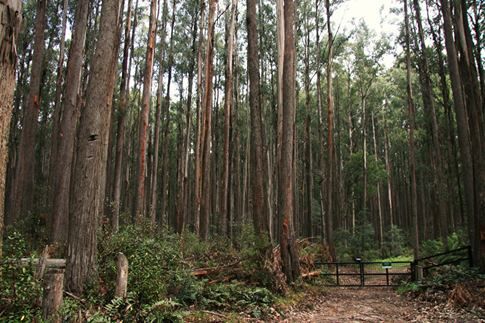 The Yarra River has its source very near to here. Argus (Melbourne, Vic. : 1848 - 1957), Saturday 8 April 1876, page 9
THE SOURCE OF THE YARRA. TO THE EDITOR Of THE ARGUS, Sir,-It appears to be not generally known that the River Yarra Yarra was traced to its source 31 years ago by a gentleman in every way practically qualified for the task. The following particulars were mode known in a newspaper published by me in Melbourne at that time, and though it has subsequently appeared in the pages of my "Early History of Victoria," it will no doubt, if transferred to tho columns of the Argus, be read with interest by thousands of individuals who have not hitherto had an opportunity of perusing them:- "The Source of the Yarra Yarra - Whilst the Government was making futile attempts to trace the source of the Yarra Mr Walpole, who was a practical surveyor by profession, but at that time had, in conjunction with Mr. Goggs, a dairy station near Melbourne undertook the exploit. The following article appeared in the Standard of 12th March, 1845, which we are sure will be read with interest by every one. It deserves an imperishable place in the early history of the colony as a feat of private enterprise and personal curiosity, combined with laudable ambition, overcoming difficulties and impediments which the Govern-ment failed to surmount, and accomplishing a task redounding to the credit of Mr Walpole and his brave companion. The Yarra rises in a gully between the Snowy Mountains and one of the Goulburn mountains about 100 miles distant from Melbourne as tbe crow flies, and commences to flow to the south east, from which direction its nume-rous tributaries also flow. The spring, the river's source, is so small that it could run through a 4in pipe. It is fed about midway on the south side by six tributaries and four or five on the north side, they are situate upon an average about three or four miles apart. After each tributary the size of the river decreases considerably These branch streams rise in the gullies adjacent and some of them are of great magnitude The country beyond Rirey' s Station is one mass of scrub. With one of Mr Protector Thomas's sons, Mr Walpole left Rirey's Station on horseback, but found it impossible to make any progress not only from the density of the scrub but the utter absence of vegetation or any feed for the horses. They accordingly had to retrace their steps and leave the horses behind them. They a second time started on foot, and walked for five days in the bed of the river through 2ft and 3ft of water. In this course they had often to climb a height of 40ft over dead trees which had fallen in great numbers across the river from either bank forming a complete barricade, the stream finding its way through the interstices. Gum, ironbark, and other timber have here grown to an extent in altitude and circumference unseen in any other portion of this province, while many of the plants indigenous to tropical climates have been discovered, and amongst others, a shrub in every particular resembling the coffee plant with a large red berry the size of a cherry, which, being exposed to the sun, becomes quite hard and black, also, a large aromatic berry bearing every resemblance in appearance and taste to the black pepper berry but with a flavour as pungent as cayenne From these indications there can be little doubt but that innumerable tropical fruits of this description cover the face of the interior of this continent. The sassafras and musk plants exist in great abundance. The land is well watered, but of open country scarcely one square yard was visible The river the whole of the way up is as clear as crystal and where not covered with dead trees a clear pebbly and rocky bottom is distinguishable. About 17 miles from the source an abundance of good slate exists and will split into plates of an eighth of an inch in thickness. The only birds seen were pheasants or lyre birds and they appeared in multitudes. No recent tracks of the natives were discovered, but a few barked trees leading from Gipps Land to one of the tributaries were observed a few miles below the source of the river, they appeared to have been barked some three or four years back. The Yarra is described as singularly tortuous at one point running for two or three miles direct South and then to on equal distance full north. The position of a tree near the source, on which Mr. Walpole cut his initials is marked on the Government maps -Yours, T. STRODE, Punt-road, Richmond. Original Poetry 1888 At the source of the Watts river. An unexpected magnificence Valley dark, and moist, and mossy; Stream, and trickling boulders glossy; Waters leaping, gliding, curling. With soft chromatic purling; Beechen forest far extended. Woven leaves and branches blended In a mighty - vaulted ceiling. Scarce the zenith-blue revealing! Here, oh here, my willing steps I stay Take me, oh take me to thyself for this one day. Oh the wealth of graces lavish Scents that sooth, and sights that ravish. Scattered in these wilderness: See the long, the emerald tresses Pendent from the trees; the bosses Softly round and delicate mosses! Luscious tints of green an golden Thing of joy that, one beholden. Sink, yes sink, into innermost being; In visions nestle there for the soul's secret seeing. Mighty forest logs decaying To the boom of waters swaying, Span the river, sometimes dipping. Sometimes splashed, but ever dripping. Each is wrapped with mossy cushion, Fernlets nod in sweet profusion; While upon the steep bank mounting Tree-ferns rise beyond all counting Here, oh here, my willing steps I stay, Here let me rest beneath their softly - tustling sway. By Isaac Hayward Foreman, Upper Yarra Prospecting Party. March 29 th. 1876 I have this day day visited the cascades on the right branch of the Yarra, a few miles below its source. From the height of the river at the junction of the branches, and some three miles above. I know there must be some great fall, but the reality far exceeded my expectation. On descending the stream from above it commences to run rapidly, when suddenly it appears to almost sink beneath your feet in a narrow gorge, the sides of which are almost perpendicular in many places. It is here that the first cascade is, which I should think was at least 40 ft. in height, with an angles of at least 65 degrees. After a few lesser falls, it then comes to one of, I should think. 100 ft. at an angle of about 70 degrees. Following down you meet with a quick succession of falls of from 6 ft. to 30 ft, with many angles varying from 40 degrees to 60 degrees ; in many places the water has worn narrow channels of only a few feet in the hard rock. Coming further down you come suddenly on a perpendicular fall of nearly 60 ft., the water descending in a sheet of white foam into a basin in the solid rock. Below this the stream runs very rapidly, but there are no falls to be compared with the ones above, although some are by no means insignificant. I should think that there is a fall of 1,000 ft. in the stream in about half a mile, or perhaps less than that distance, as great caution had to be used in going along - a single slip in some places would be likely to prove fatal. Viewed in the Spring, when the water is high, the scene must be magnificent; even now it is beyond the power of my pen to portray it. Leader (Melbourne, Vic. : 1862 - 1918), Saturday 25 January 1908, page 46
The far upper yarra and the falls. By A.J.R. .Thanks to the Surveyor-General and the Public Works department the inhabitants I of hot and dusty Melbourne have had some of- the most beautiful and varied scenery in Victoria placed at their disposal. To get to this place you take the train to Warburton, . and catch the coach to Walsh's .Creek, or McVeigh's. This coach drive follows the River Yarra for some twenty miles, and is without exception one of the; best'for revealing beautiful- river and mountain scenes in a comfortable and safe manner. The time occupied is about four hours, so you get to the end of your vehicular journey. The first day. Good accommodation can be had at Walsh's -Creek, where you stay the night, . and then next morning start on a fifteen mile walk to the celebrated falls. This walk is easy in the extreme, for the gradient is the same as the Rivet Yarra, .which is followed up. All along this track, which is well made and clear, j abundance of water may be obtained. The tourist can dawdle along as he pleases to reach the end of the stage by evening, at the rate of fifteen miles in twelve hours, if he wishes. There should' be no complaint of hard work, even by ladies. At the end of the track there is a well built hut of two rooms, with bunks and cooking utensils, i'or ' the use of the traveller. Food and bedding I must be taken on from Walsh's Creek. If there is a party, a pack horse may be obtained at McVeigh s. The hut is on the ; creek of the falls— for these are not on the Yarra — therefore all one has to do is to follow up this creek by a well made track to the falls. There are six falls, over which, in rapids and cascades, the water comes dashing and tumbling down some 700 feet. The farthest fall is only about 1% mile from the hut, and the climbing taken slowly is not hard. _ The beauty of the scene is beyond description, and will fully recompense one for any trouble and time spent in viewing it. It is gratifying to know that ! means are now being taken to place such scenery as this trip discloses within reach ; of the public. The trip from Melbourne and return can be done in four days, with time to spare. Argus (Melbourne, Vic. : 1848 - 1957), Wednesday 21 December 1904, page 9
UPPER YARRA FALLS, Interesting but rarely visited scenes are to be found at the upper sources of the Yarra between Mount Baw Baw and the main Dividing Range The locality has never been completely surveyed and many of the contour lines shown on the map of Victoria are guesswork. Within the last few weeks Yarra Falls, as they are termed, were visited by an exploring party consisting of Mr. J. Walker and Mr.J.Fawkner, of the Lands department and Mr. A. J. Campbell and Mr. A. G. Campbell, field naturalists. They found the mountainous country above Walsh's Creek very difficult to traverse. Their packhorse twice lost its footing on the track and tumbled down the slope below it. Yarra Falls are situated, not on the main stream, but on a tri butary to be henceforth known as Falls Creek. The height of the falls, which descend in a series of 6 leaps, was ascertained to be between 600ft. and 700ft. or 300ft. less than was reported according to previous reports. An old mining track starting from Walsh's Creek passes the junction of the Upper Yarra and Falls Creek but it will have to be reformed for about 11 miles before any use can be made of it by ordinary tourists. The going is heavy, the gradients are difficult, and the timber obstructive. The exploring party had the assistance of a local guide. Advertiser (Adelaide, SA : 1931 - 1954), Friday 22 April 1938, page 29
TWO HIKERS LOST IN MOUNTAINS Struggle Through Snow And Gale TRAGEDY FEARED Search Parties To Set Out Today MELBOURNE, April 21. Two young walkers are missing on the wild uninhabited Baw Baw plateau, nearly 5.000 ft. above sea level, in Northern Gippsland. It is feared that tiiey are either lost or have been injured and are lying helpless in the bush many miles from the nearest habitation. The missing men are Allan Graham, 22, of Malpas street, Preslon, and Keith Sherrot, 21. of Bendigo avenue. Elwood. They were to have reached Walhalla and returned to Melbourne on Tuesday. Two parties of experienced bushmen. led by mounted constables, will leave Erica and Warburton on horses early tomorrow morning to search the plateau. They will take spare horses, pack horses, and provisions sufficient for a prolonged search. The young men left McVeigh's, 20 miles from Warburton on Friday morning to walk to Walhalla by way of Mount Erica, a distance of more than 40 miles. By Saturday they had reached the Yarra Falls, 16 miles from McVeigh's, where they were seen by four youths. Struggling on over the rough foot track in snow and winds of gale force, they readied the shelter shed near Mount Whitelaw on Sunday night. Between 5 a.m. and 6 a.m. on Monday they met another party and told them that they were setting out for Mount Erica. Since then they have not been seen. The Age Saturday 21 May 1921 Page 4
By Ambulans It is safe to say that few people better enjoy a holiday than those who go for a walking tour. In such a way, what may be called the "tourist instinct" - the desire to have been somewhere and seen something - is fully satisfied, and otherwise inaccessible places in virgin Nature's forest of mountains can be visited and enjoyed. The springy ground underfoot, the myriad mingled scents of the bush and the keen invigorating air combine to renew the vitality of a weary city dweller. And nowhere are these joys better realised or enjoyed than on a tourist walk from Warburton to Walhalla. This trip commences with a good days tramp of twenty miles overt the gently rising foothills of the ranges in front, holding in their blue depths unknown wonders. Down to the left the Yarra accompanies us all day, alternating deep still pools under overhanging trees with sparkling rapids gurgling in their baby delight. Near the river tree ferns abound, the sun smiling on the whole scene. At the end of our twenty miles lies McVeigh's Hotel with good accommodation appreciated by tired travellers. From McVeigh's a distance of fourteen miles to the Yarra Falls shelter hut is traversed next day. The hills are higher and steeper, the air is cooler and the beauty of the scenery increases with each forward step taken. Civilization is behind us, before us is Nature, showing in rugged grandeur on the hills, in delightful prettiness in the valleys. Many a stop we make to enjoy a picture of river, ferns and distant blue of the hills framed in the green of the nearby trees. The colour contrasts intoxicate, but in the solitude do not astound. A side trail leads up to the falls from the shelter house. Passing up the valley, with towering hills 700 ft. high we gaze on all imaginable varieties of ferns interspersed with myrtle and sassafras trees, roofed over with the high foliage of the giant gums. The music of falling water, sweeter than any made by man, makes the position so awe inspiring that one hushes the voice as in a church. Suddenly we see the falls. The water tumbles down five cascades, as if in sport over glistening rocks and sheer cliffs. It is a fitting climax to the walk up the valley and one of Victoria's best (an unknown) beauty spots. We who know the Yarra as it passes under Princess-bridge feel ill at ease in greeting the pure infant stream hereabouts as it plays among the rocks and babbles in its childlike joy. Under a complete arch of tree ferns, past moss-covered banks the ice cold waters of the Upper Yarra begin their long journey. Reluctantly leaving the beauty of Yarra Falls behind, we rapidly rise up the mountains, the track now leading through forest scenery of untold variety, with towering giant gums, and below them is a layer of beech foliage. Forest shrubs and ferns astound us with their beauty and variety. A sharp dip of several hundred feet leads down to the Yarra again, here almost at its source. The cool air at the bottom of this fern glade is heavy with the damp scent of wet and decaying vegetation, and the shafts of sunlight penetrating through the foliage above reveal fairy dells unnumbered. Only two miles further on flows the Thomson River. The track follows the Yarra for the first half of the journey, from here the Thomson is never far distant. THE PASSING OF
McVEIGH'S SOCIAL AND HISTORICAL LANDMARK OF THE UPPER YARRA By J. E. Pyke You would have seen bearded dig- gers in the fire dance and callow youths, men from most countries of the earth and soil-born Aus-tralian cattle men down from the ranges; bronzed timber men and careless easy- going bushwalkers who could turn their hands to anything. Girls would be there too, capable coun-try girls, their natural rosiness enhanced with the dance. Perhaps a phantom coach would draw up with a party of bygone "town" visitors to join the fiery revelry as they would join anything that was going - men and women from all stations of life. But the two jolliest ghosts would be Paddy McVeigh - who would send sparks whirling with an Irish jig - and his good wife for they were the life and soul of Walsh's Creek. "McVeighs" - as it was known to hun-dreds of tourists - was situated in a secluded valley at the junction of Walsh's Creek and the Upper Yarra 20 miles be- yond Warburton. The hotel was the high- est inhabited house on the Yarra for there were no buildings and there was indeed no vehicle road be tween it and the source of the stream in the wild Baw Baw country. To this remote spot went Paddy McVeigh and his hard working wife in the last century to establish the Upper Yarra Hotel. There was not even a road at the time - only a bridle track. The pioneering couple recognised that if they did not have much custom at first they would supply a great need for there were many prospectors in the ranges. Material for the house was packed on horses. When the road was made a few years later it ran past the McVeighs wide verandah and leaving the Yarra valley continued over the ranges to Woods Point linking the shortest route from Mel bourne to the prosperous mining centre. There followed a stream of traffic to and from the diggings in that mountainous area and many an uproarious night was spent in the old wooden hotel. One night. at the time of a rush there were no fewer than 300 diggers camped on the flat in front of the hotel, all on their way to the "find". They were gone the next morning. Later many of them camped there on the way back but they were in twos and threes and their passing took many nights. The Golden Trail Mines near McVeighs were the Golden Bower, on a tributary of Walsh's Creek (where working was recently revived) and the Contention mine seven miles up the Yarra. The machinery for the Conten-tion, including a quartz battery was low ered down the mountain side fiom a point on the Woods Point road and dragged to its destination by horses. The bridle track from McVeigh's to the mine is now familiar to tourists. It is part of the popular Warburton-Walhalla Track, be loved of hikers. All the streams and gullies in the district have been well worked for gold. The angler of to-day must be wary of old time water races. If you believe the old Scandi- navian legend thal the spirits of former occupants return to dance round a burning house, you could have imagined a motley assortment of phan- toms among the flames which consumed McVeigh's Hotel at Walsh's Creek, beyond Warburton, in the early hours of May 23. McVeigh's Upper Yarra Hotel. shafts and cuts that remain, half-hidden in the scrub. The golden days waned. Interest in McVeigh's changed to a milder but still an exciting and elusive pursuit - trout fishing. Early In the century the place was "discovered" by anglers. Even at that time the Upper Yarra was well stocked with trout and the native blackfish were numerous and heavy. City folk liked the place, too, and found that a sojourn in that pleasant valley was a source of happy memories. Mrs. McVeigh and her attractive daughters catered for their guests in the real old Australian way. Paddy was a typical Irish landlord of the old school. Genial, witty and generous, he was the friend of all. Hungry and thirsty wayfarers, without the "where withal" had no need to pass McVeigh's. Though Paddy was never known to have gone fishing, he took a keen interest in the fishermen who, in his later days, went to stay at the establishment. They were wise if they did not take on their host at quoits for "the boss" had developed a great deal of skill at just missing the peg - until there was "something on" the game. The hotel achieved wide advertisement when a photograph taken in the bar was used by a brewery for a poster. This de- picted a bearded labourer lovingly holding a mug of his favouite brew, with the caption "I allus 'as one at eleven". Old Sam, the subject of the photograph was for some years the gardener at McVeigh's and he always did have one at eleven so the caption was just as true as the pict-ure. But he had others at other times too; which enabled his employer to pay his wages, "a pound a week and found" with the same banknote each week for more than a year. Paddy always got it back before the following Saturday, and kept it carefully away from other notes in the till. He said that Sam had taken a fancy to it. For many years McVeigh's boasted a newspaper - the "Walshs Creek Ex-citer". This was produced at odd inter vals for circulation among visitors and residents. Like Fawkner's famous paper, the first number was handwritten; but later it achieved greater dignity. It had several editors, more than one of whom had shone in far wider fields of Journa-lism and literature. Fishermen should appreciate the following gems of wisdom from its pages - "There's many a snag twixt the fish and the bag"; "A rolling stone frightens the fish', "Early to bed and early to rise, is the one way to dodge the mosquitoes and flies". Many tales strange and otherwise - could be told of fishing adventures at McVeigh's, but their full flavour can be transmitted only orally. Death of Mrs. McVeigh Mrs. McVeigh died shortly after the war, and her husband did not survive her many years. Since then the place has had many vicissitudes, and to those who knew it in 'the good old days', (really good in this case) the place was never the same. Out of the ashes of the old building, no doubt, a new one will arise. But it will not be like the house that McVeigh built. None of the aura of the past will cling to it. It will belong to the modern age that has reduced a day's journey from the city to one of a little more than two hours. Let these verses from the "Walsh's Creek Exciter" serve as an epitaph:- "Who'er has travelled life's dull round, Whe'er his footsteps might have been, May sigh to think he still has found His warmest welcome at an inn." Who'er from cities' hush and din, From flattery and falsehood flees, Will search in vain to find an inn That is more welcome than McVeigh's. And when old Time's remorseless will Has made it but a memory, Whoever knew will sigh for still The inn kept warm by old McVeigh.
|
AuthorWrite something about yourself. No need to be fancy, just an overview. Categories |
||||||||||||||||||
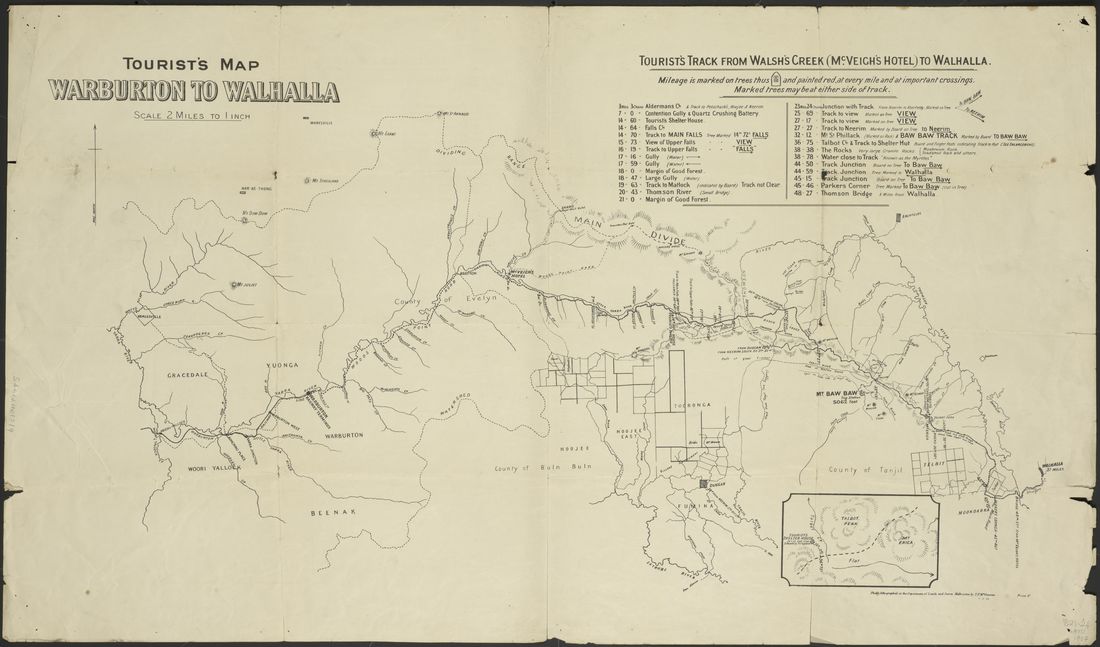
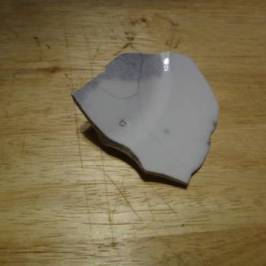
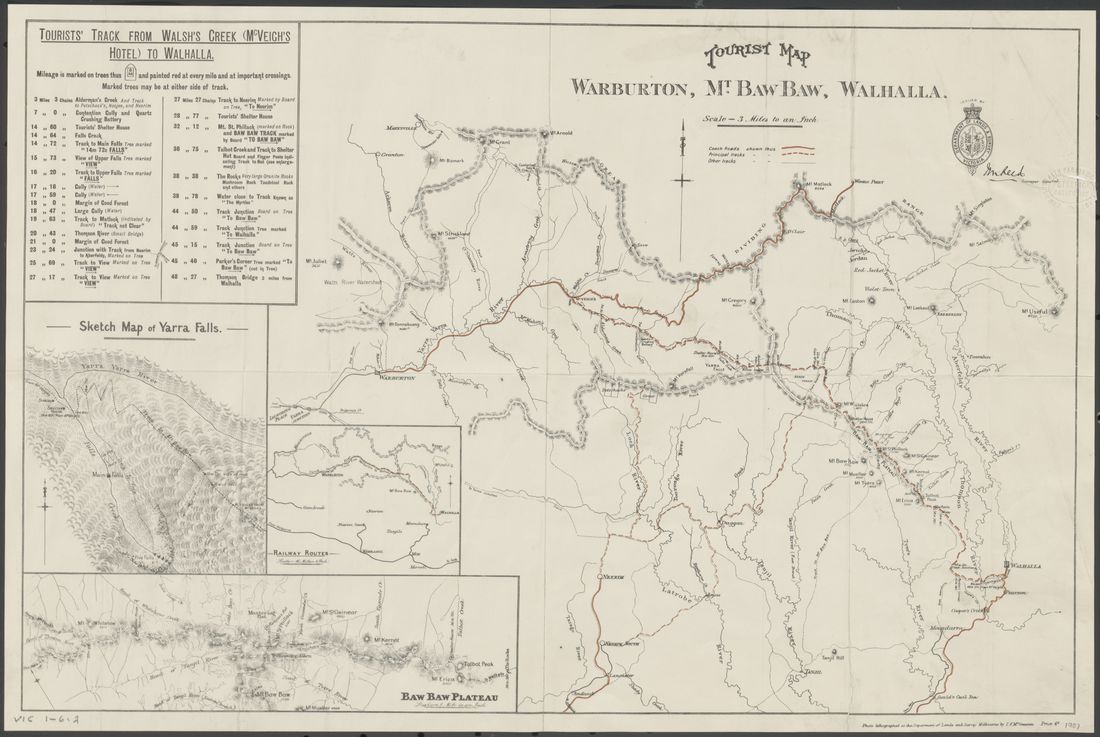
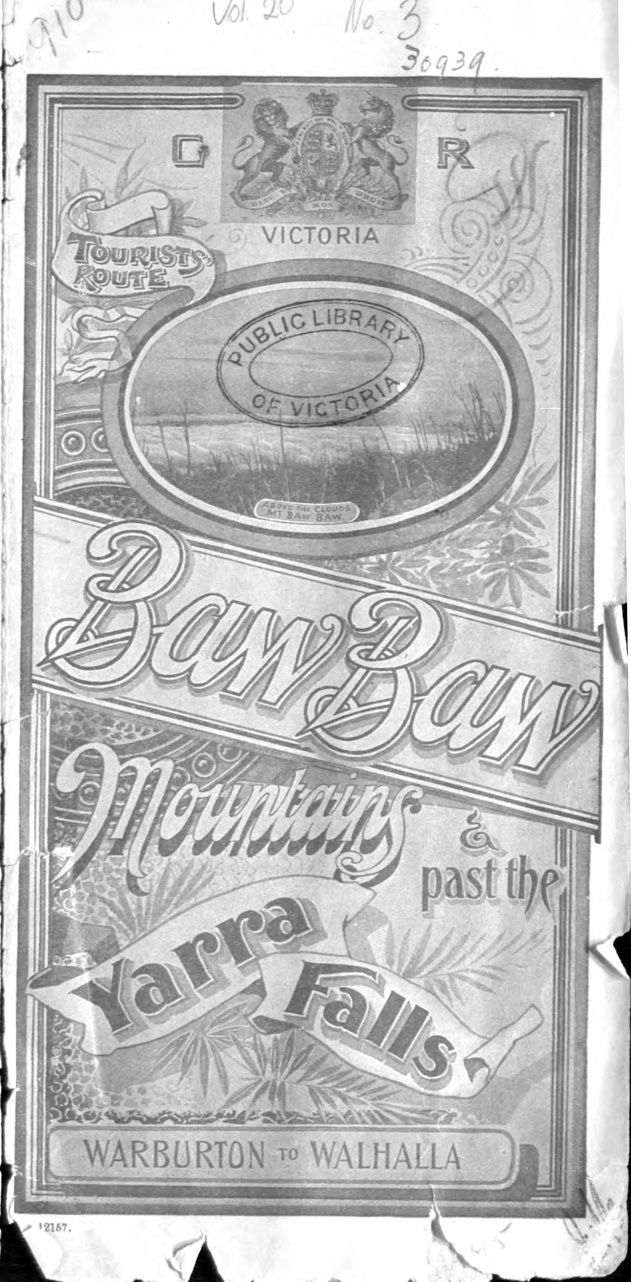
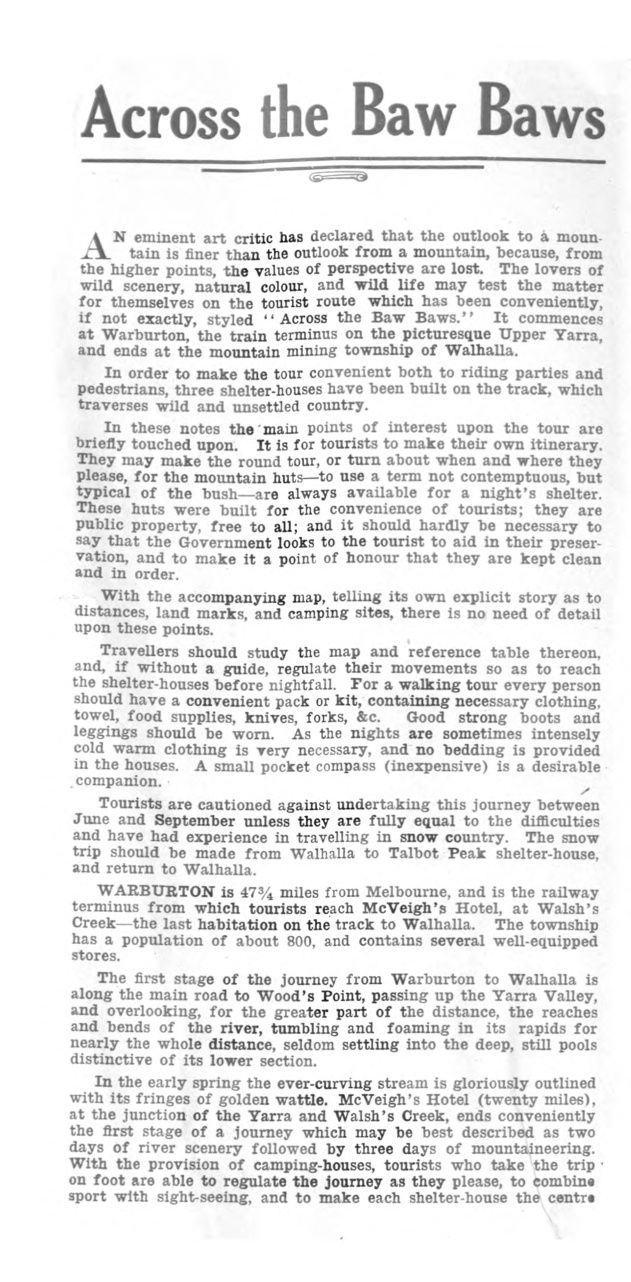
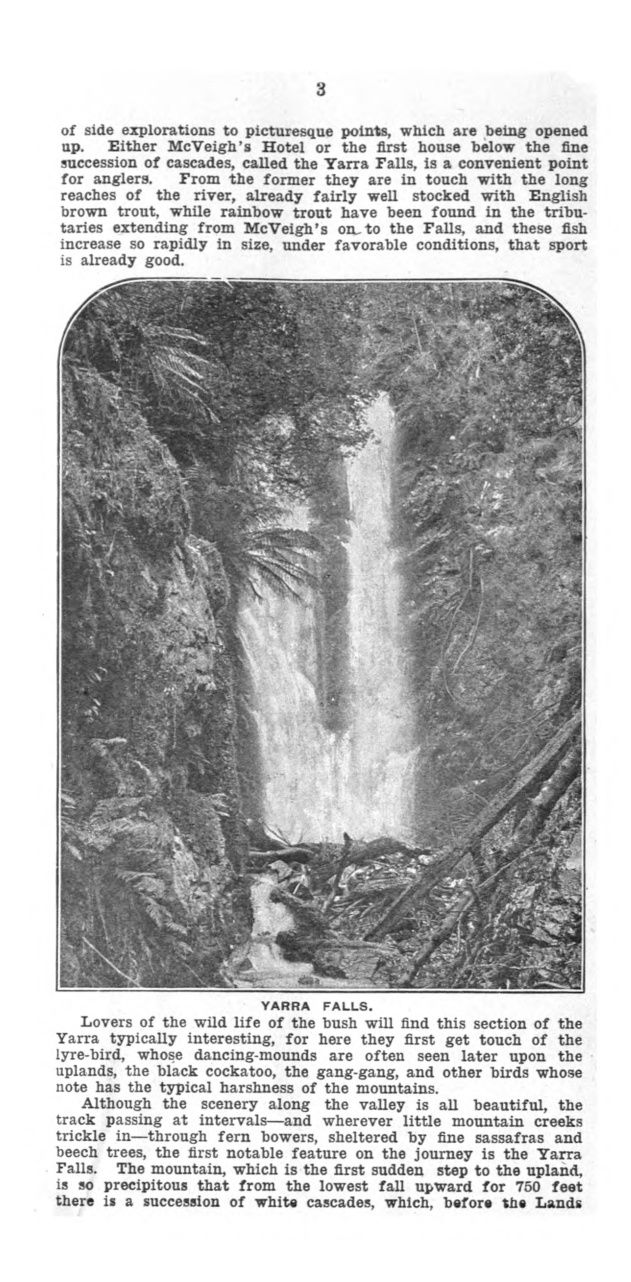
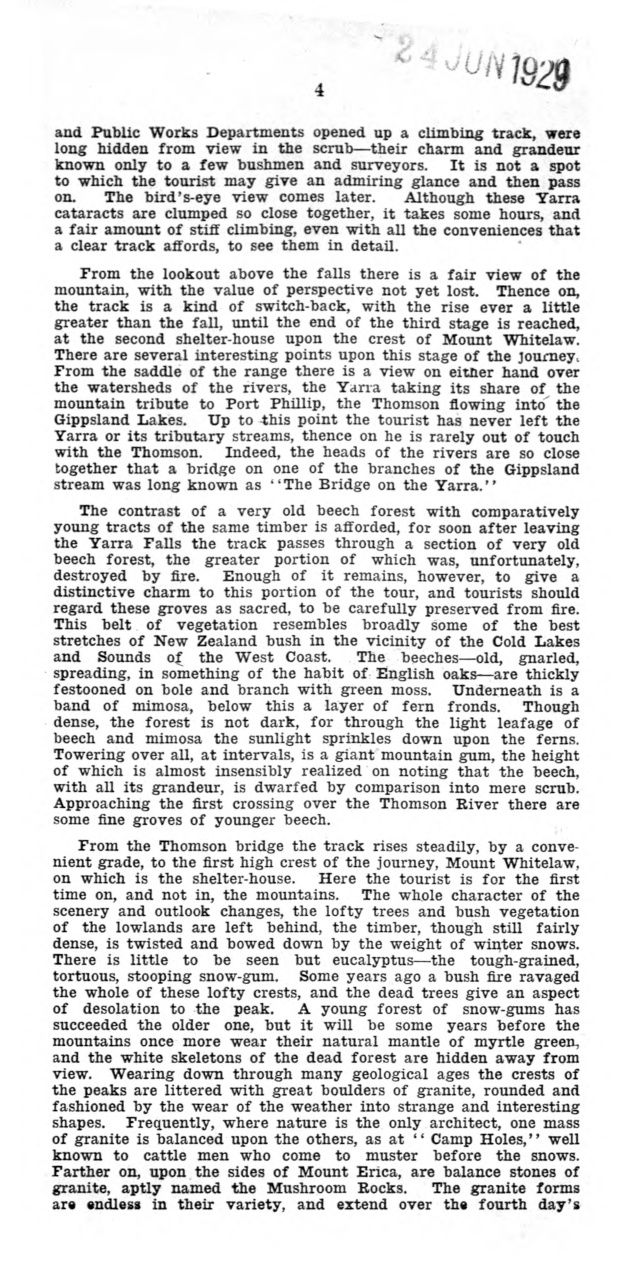
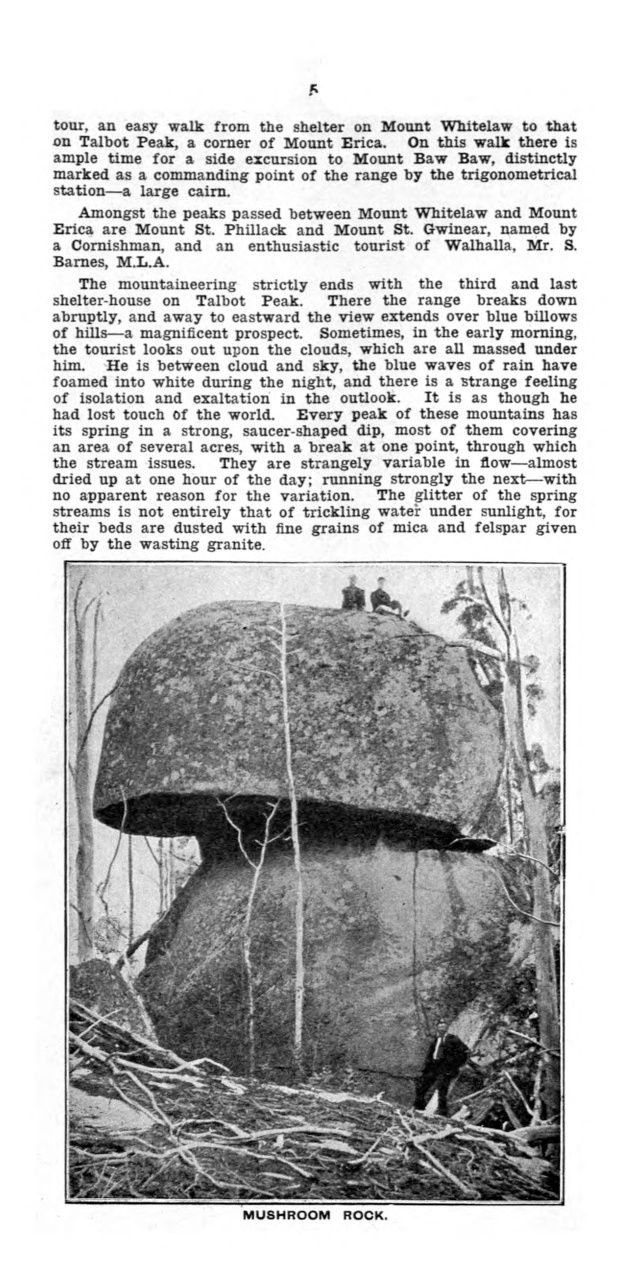
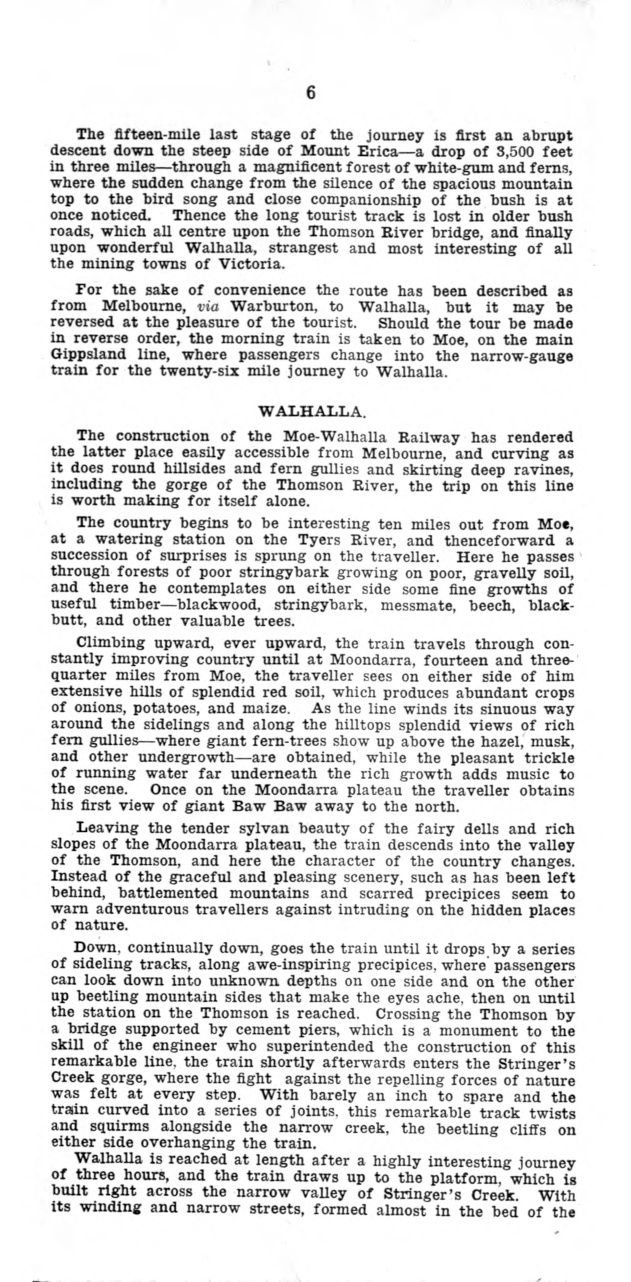
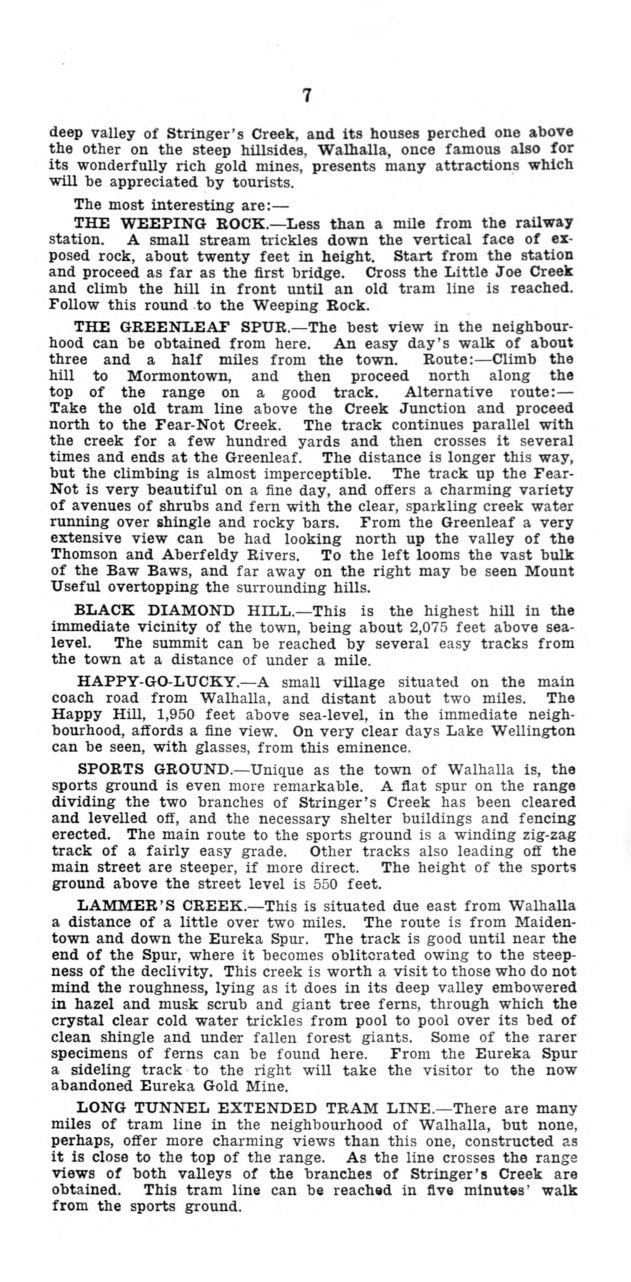
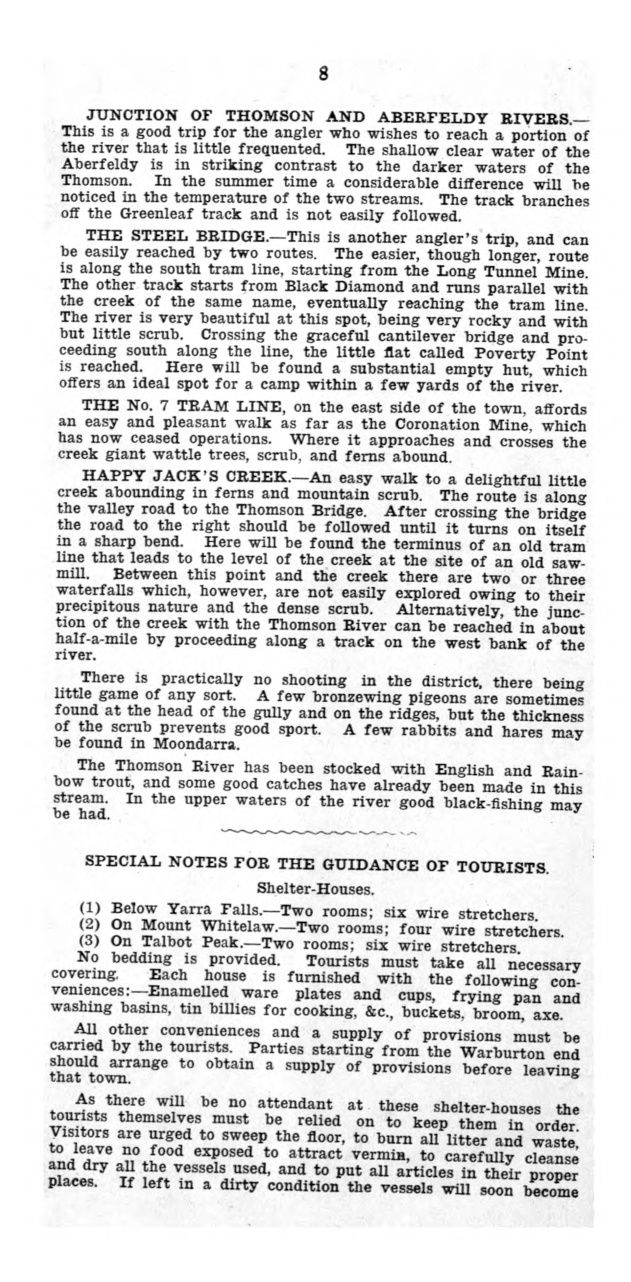
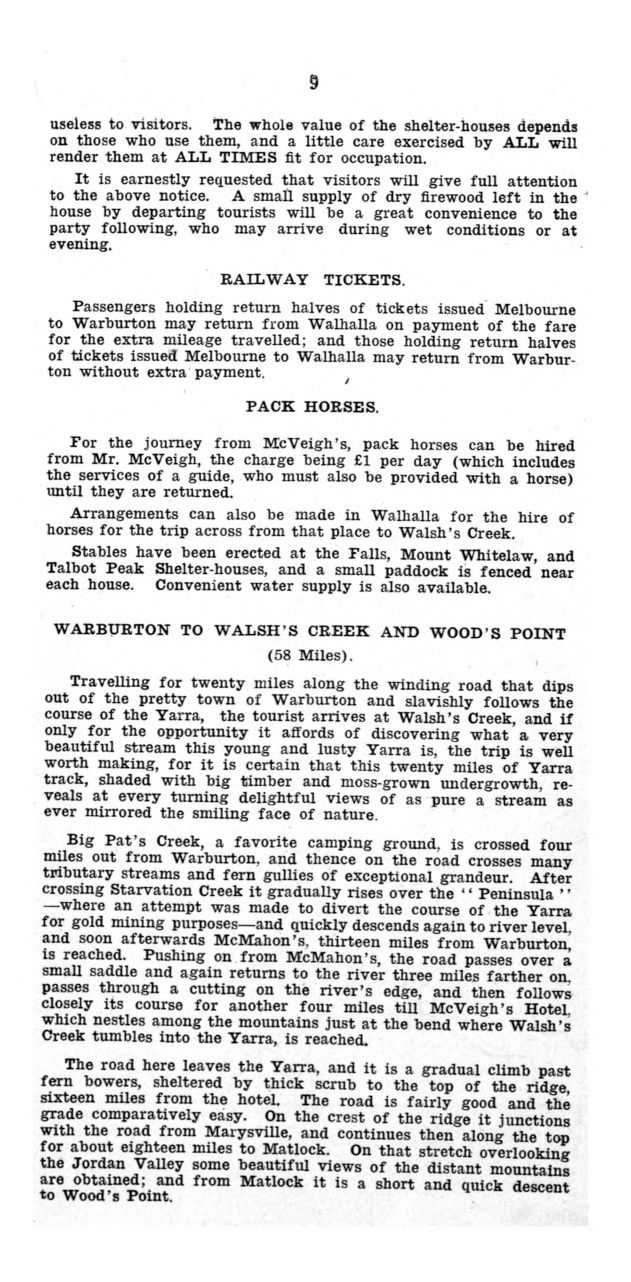
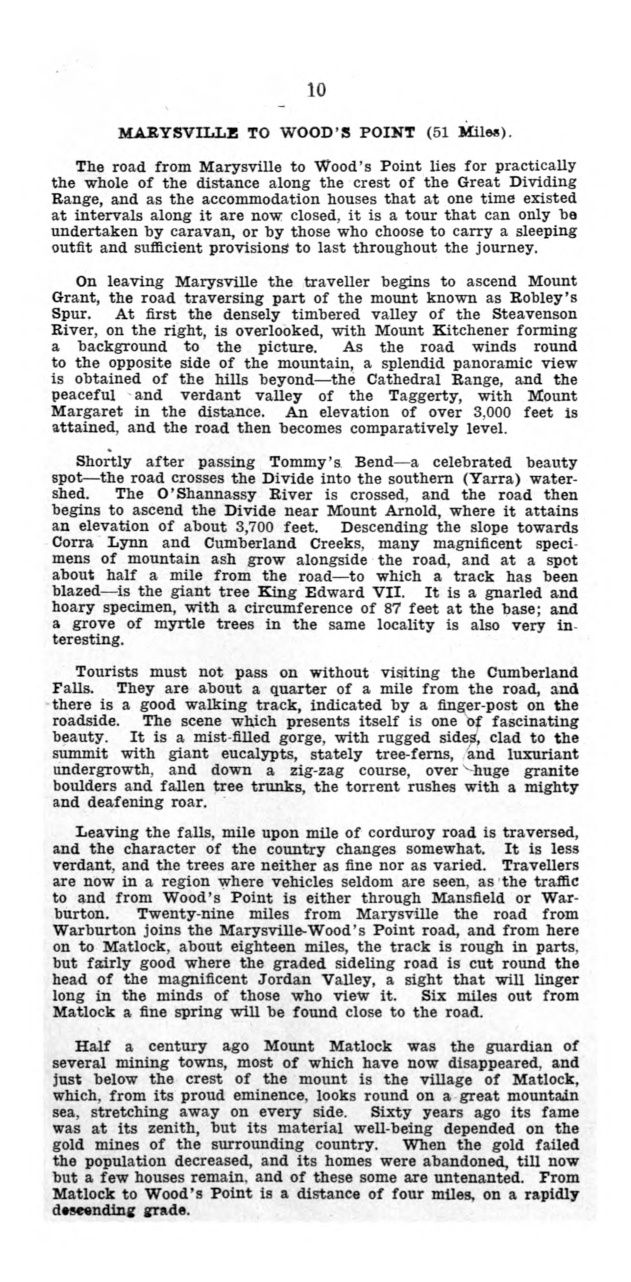
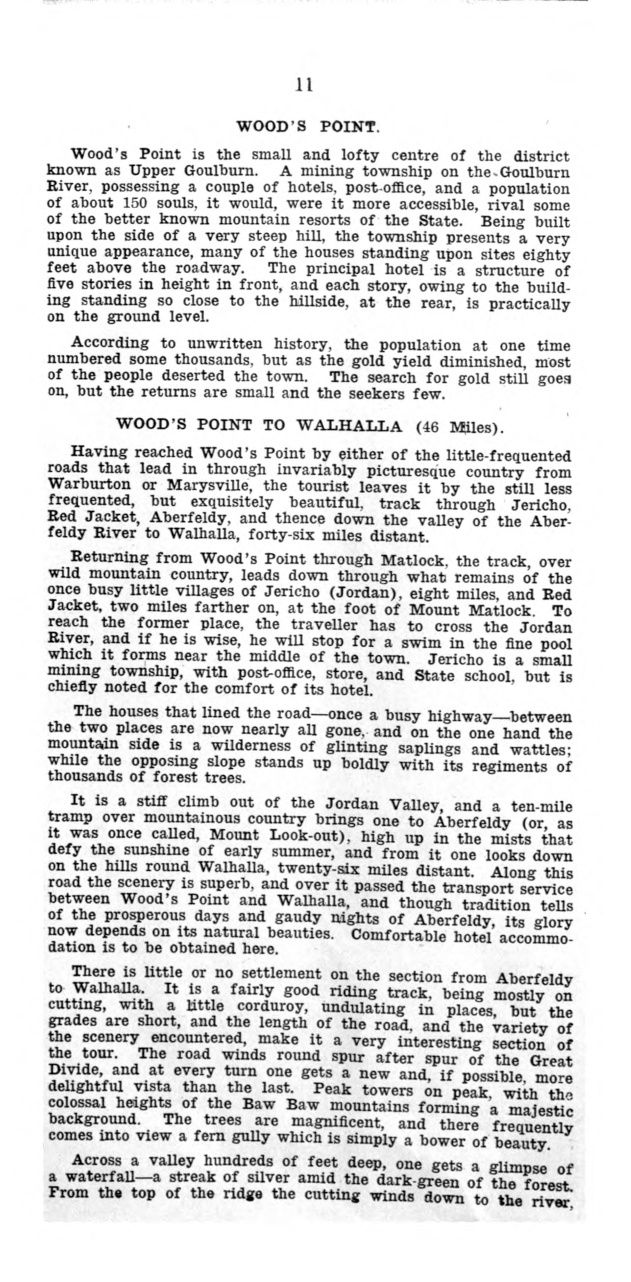
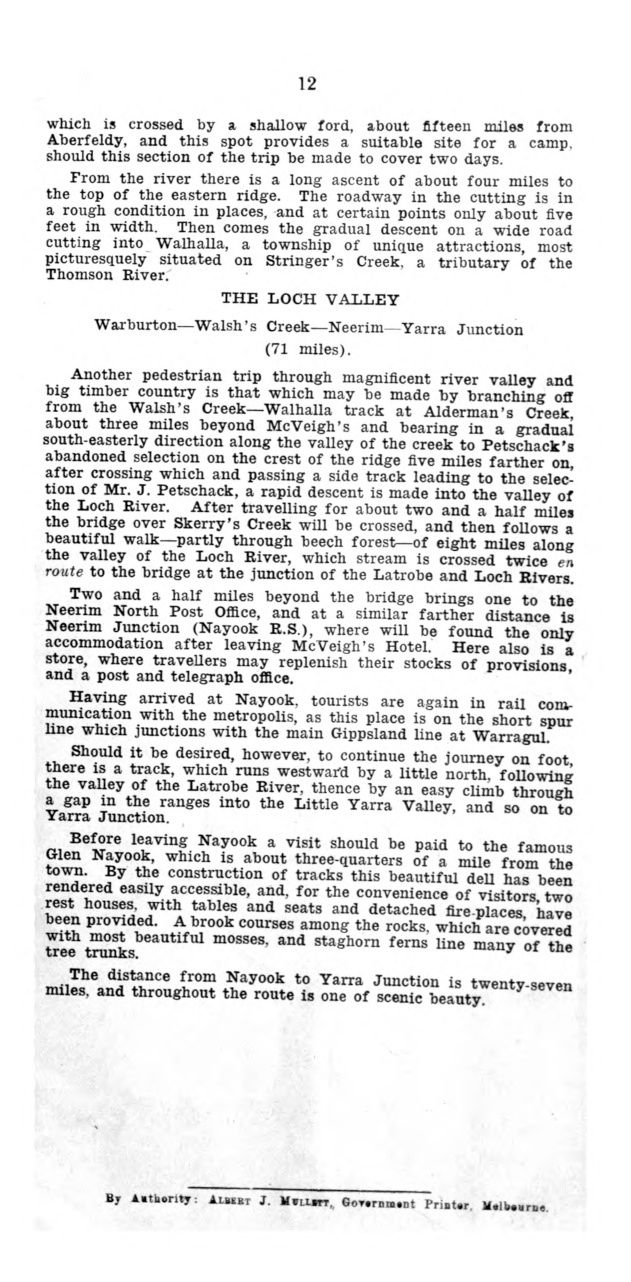
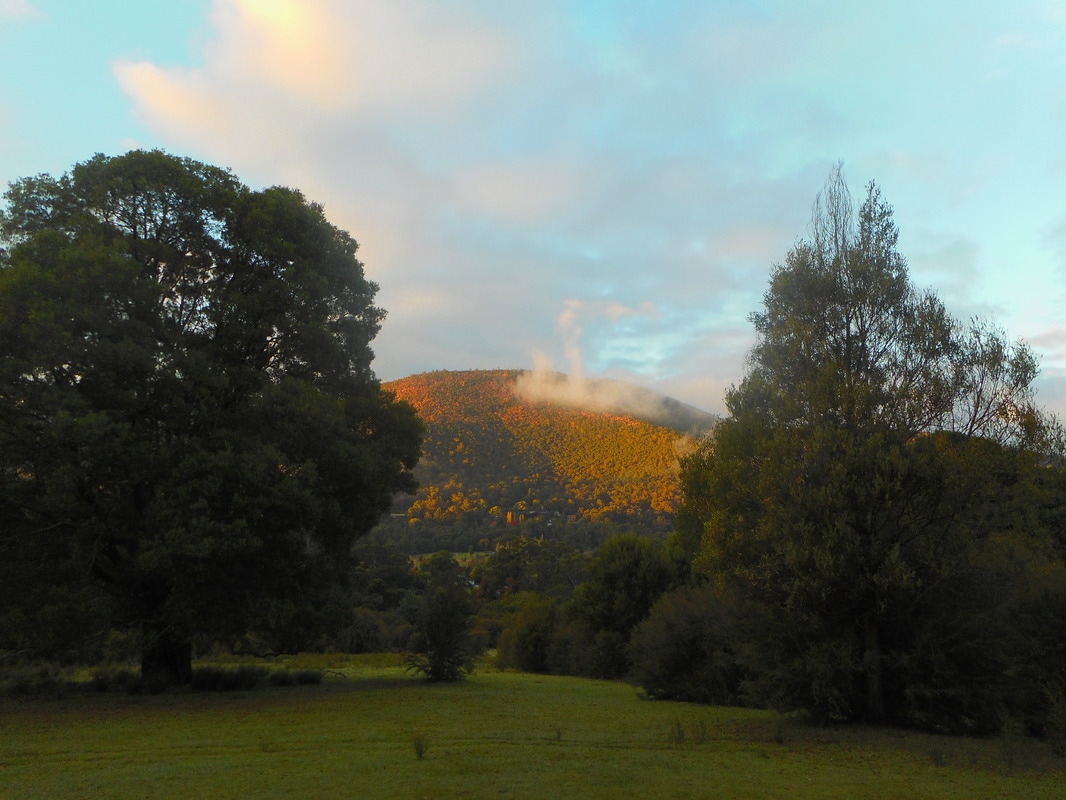
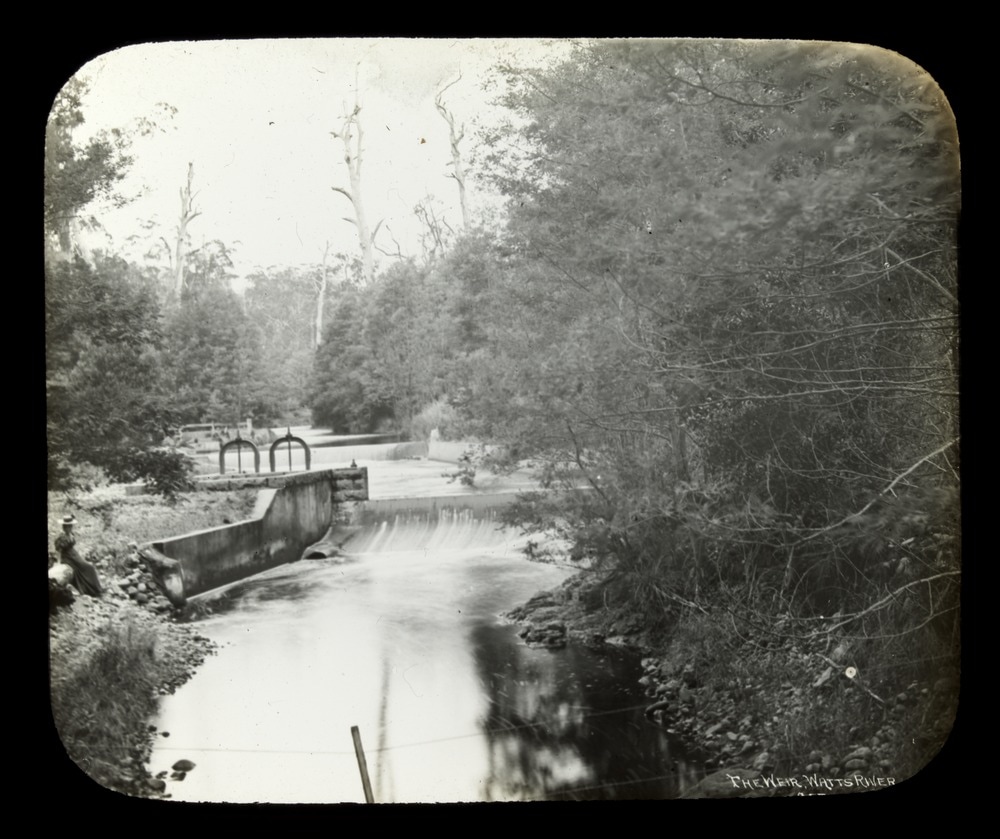
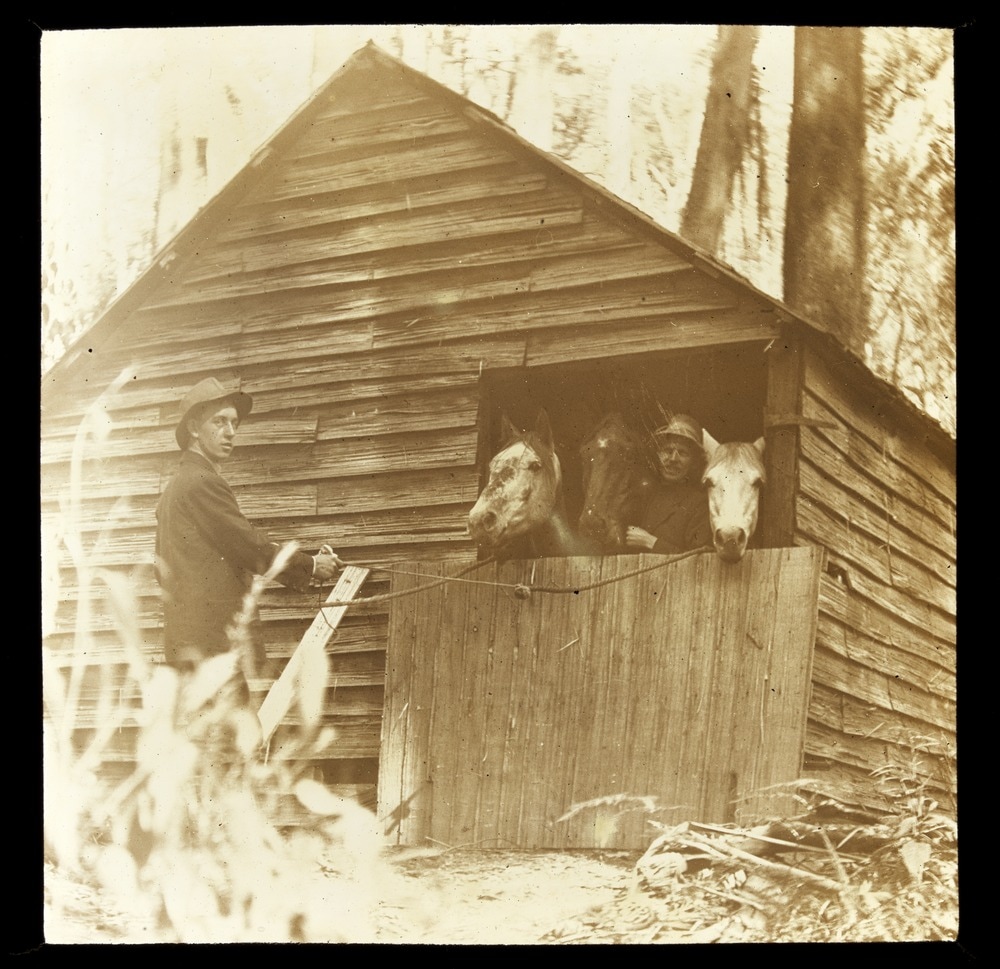
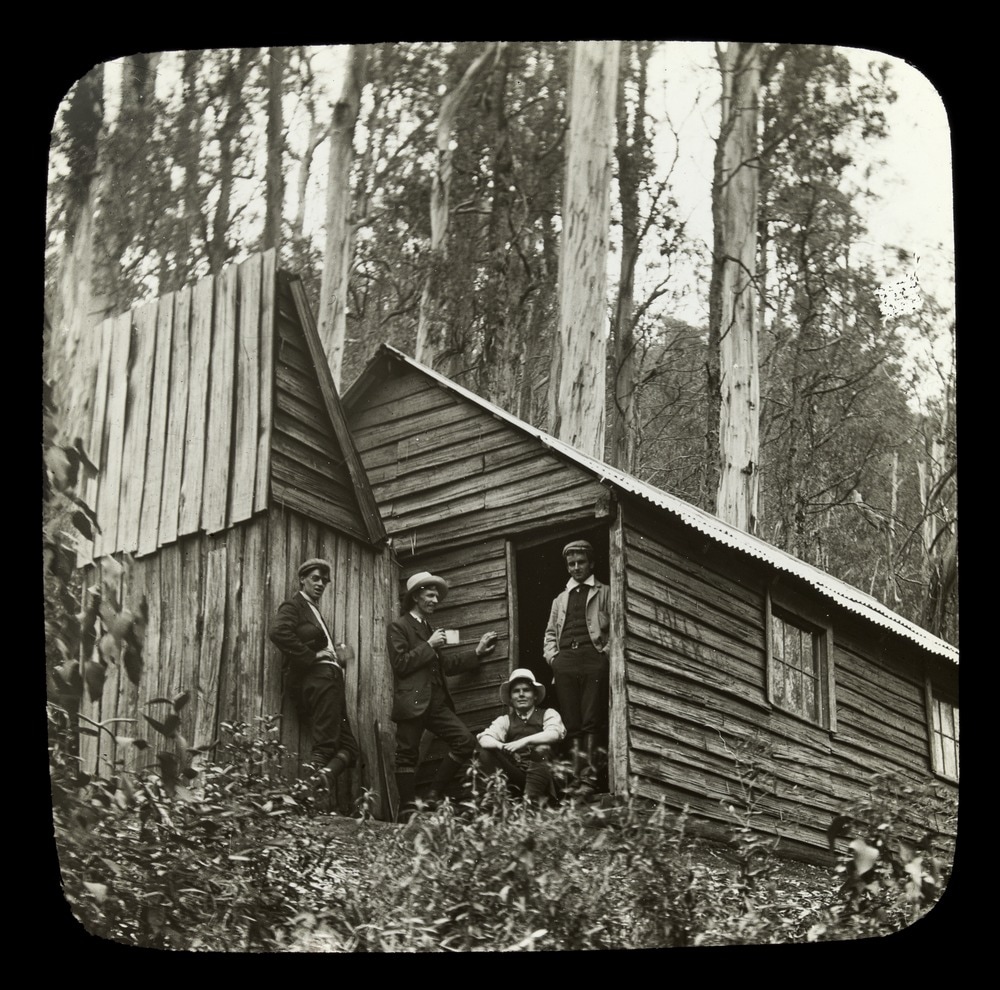
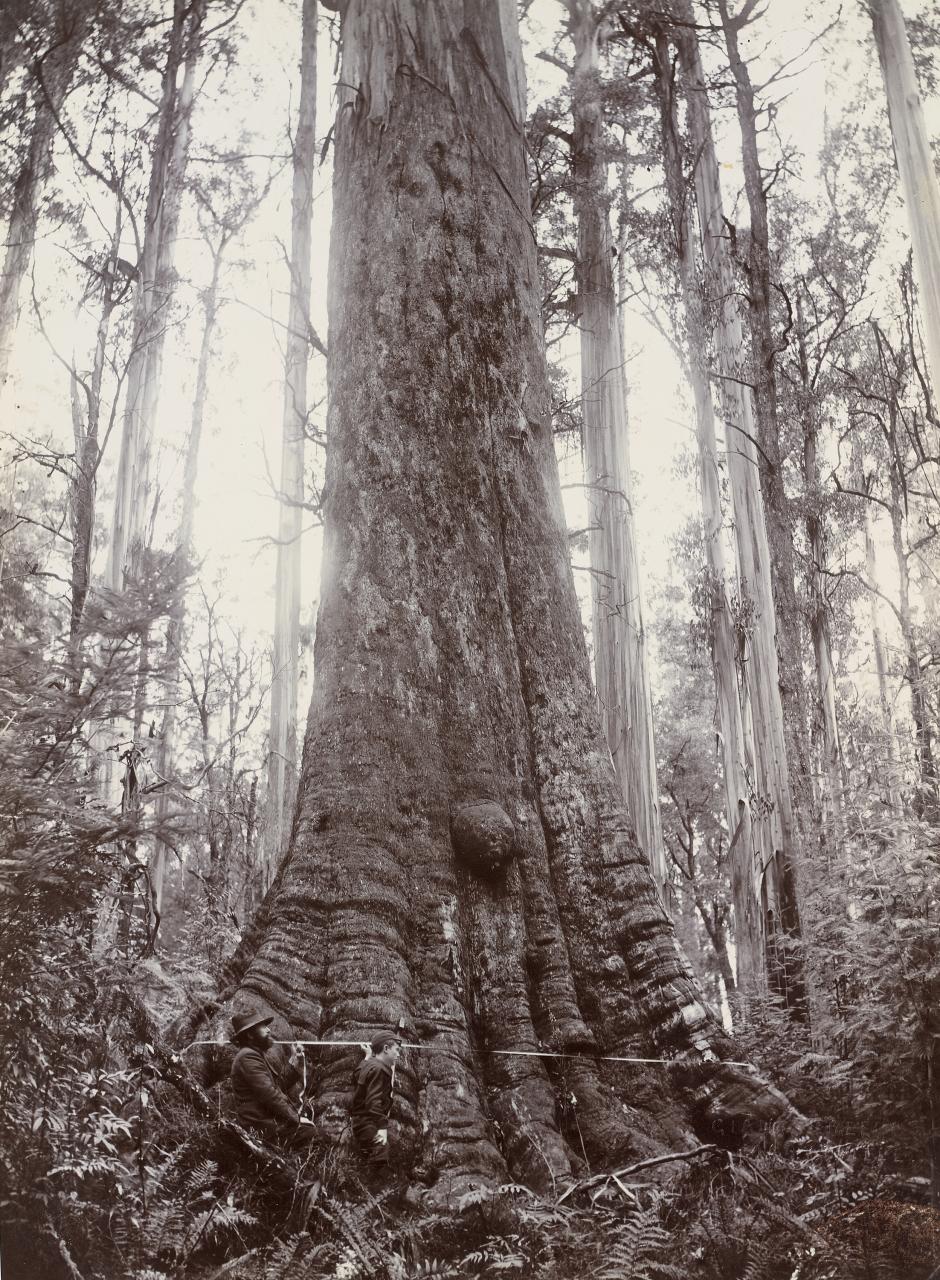
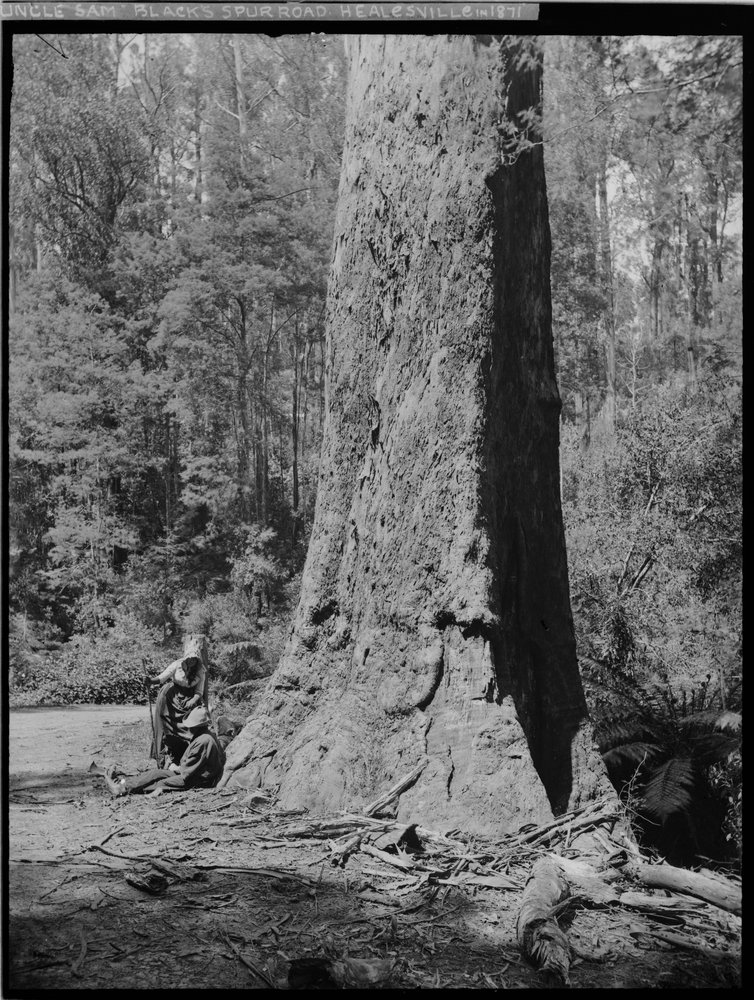
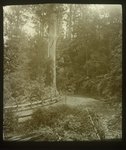
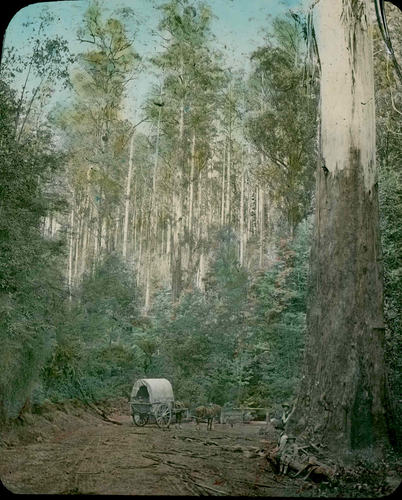
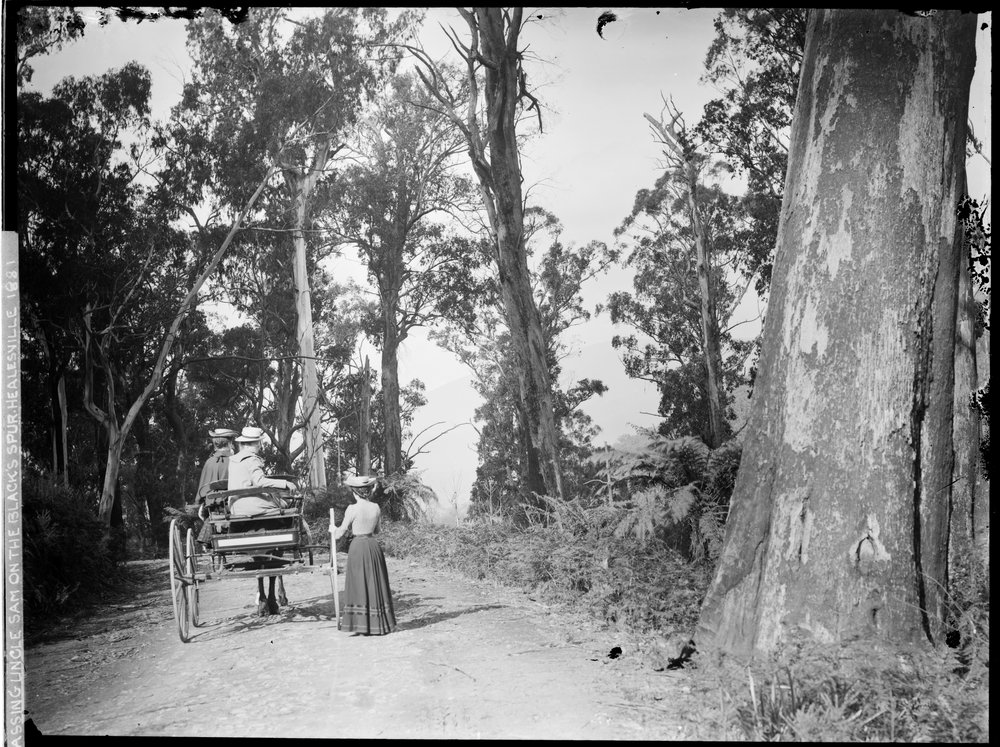
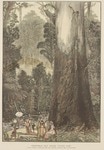
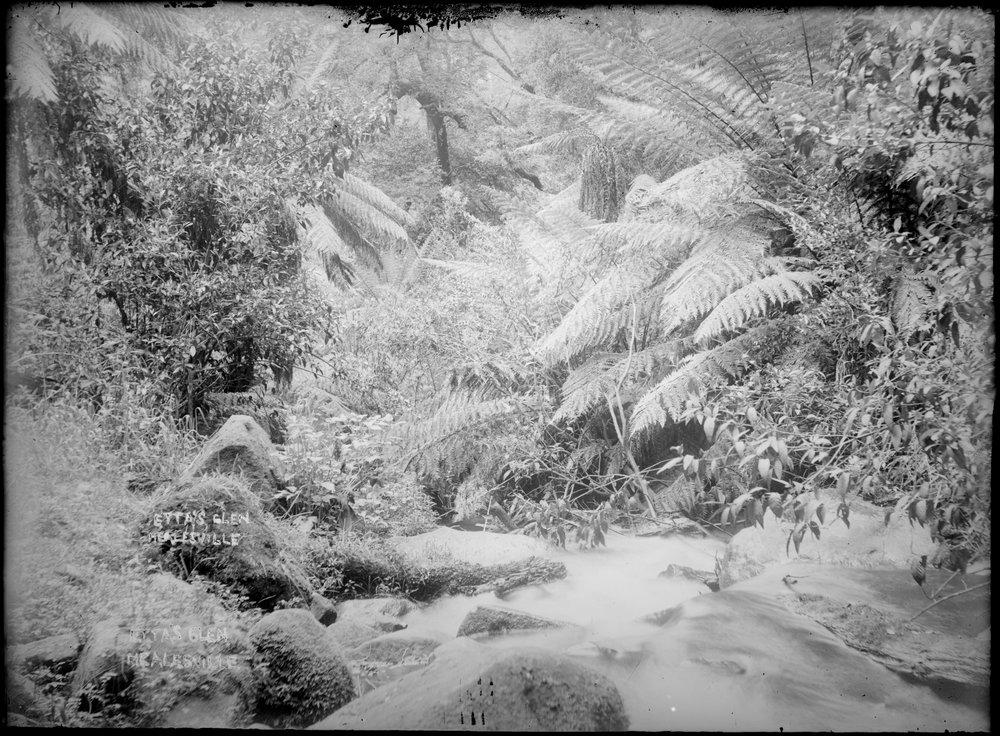
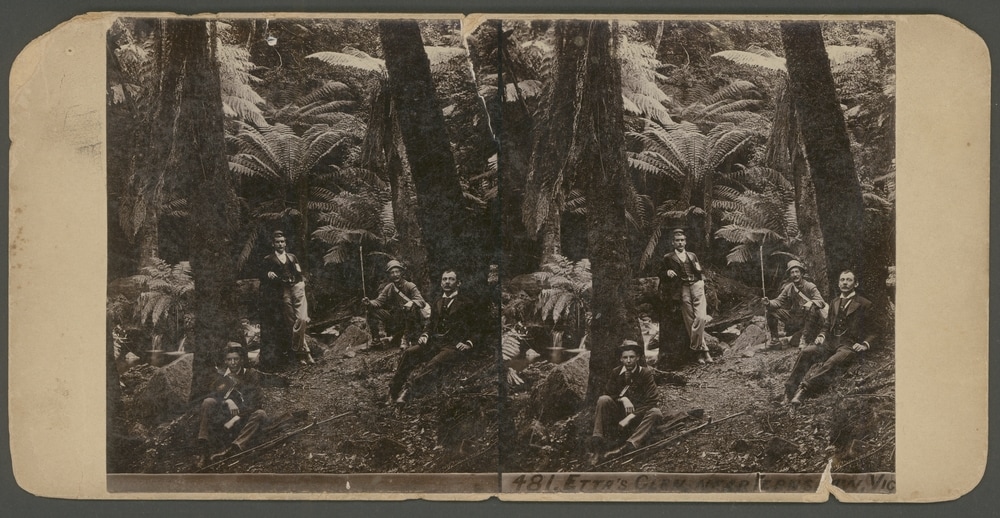
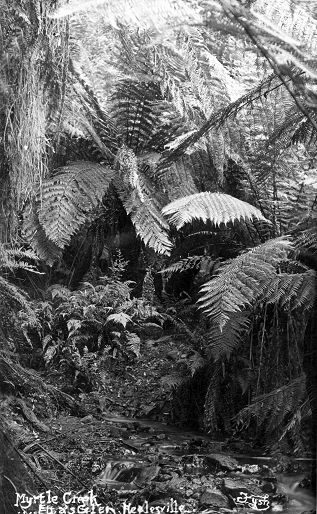
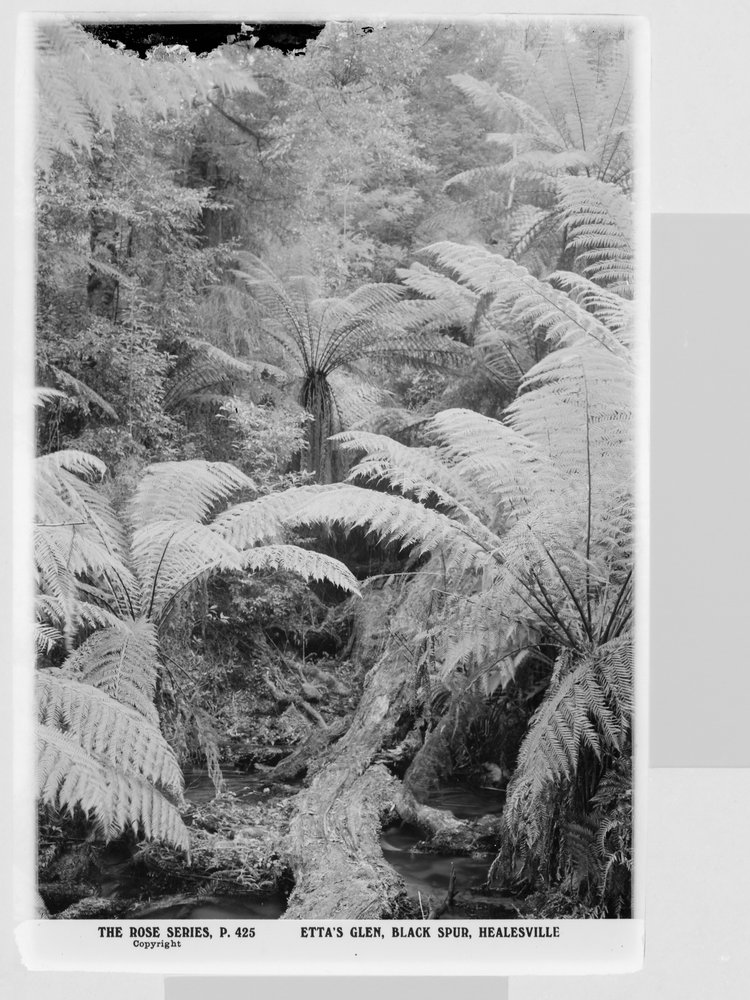
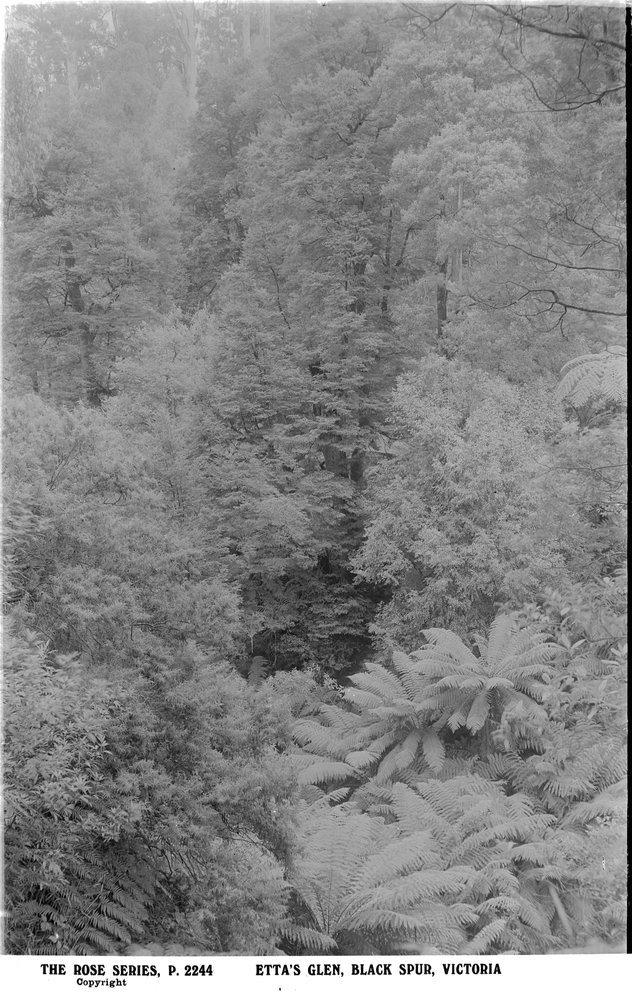
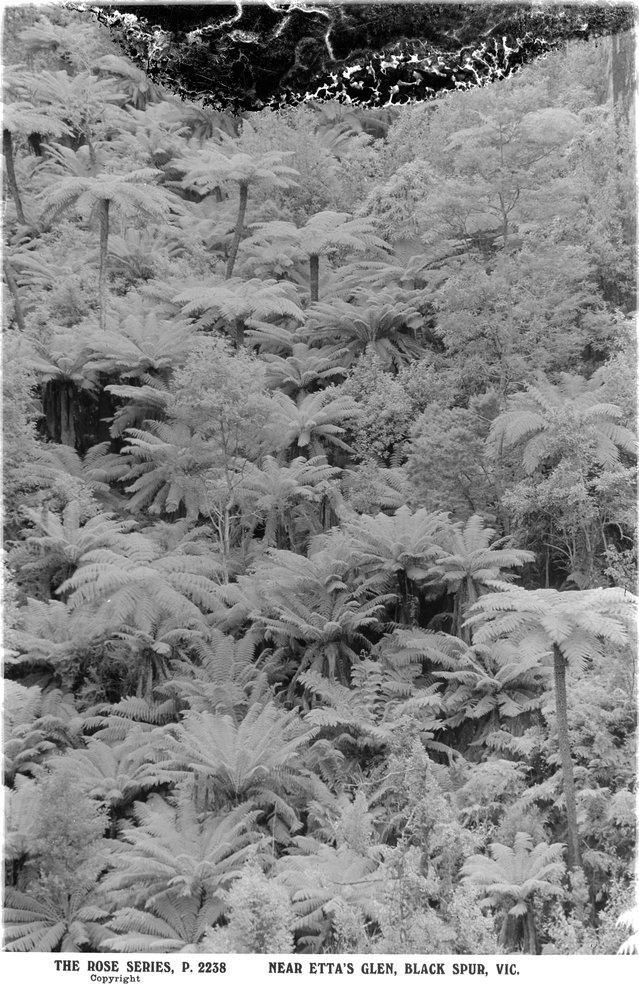
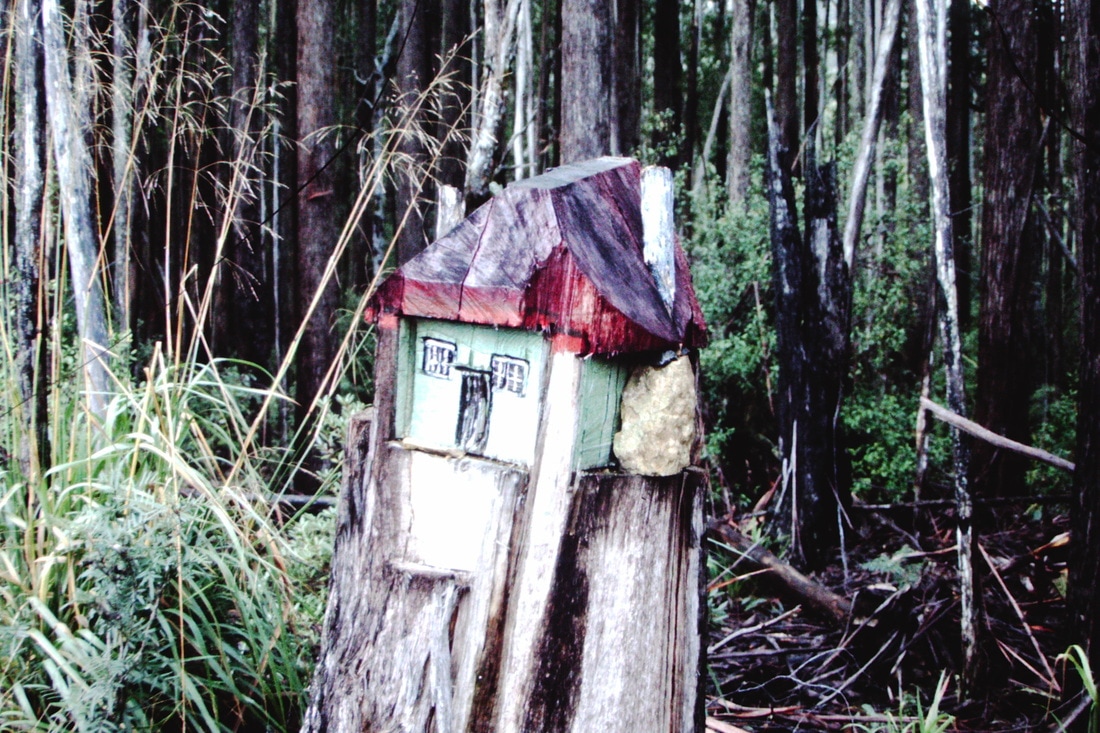
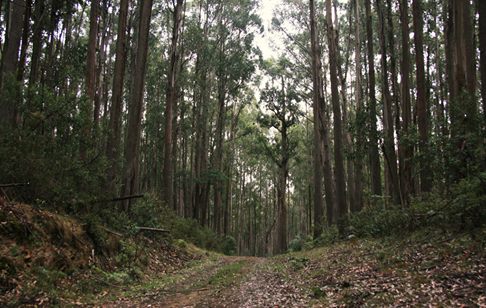
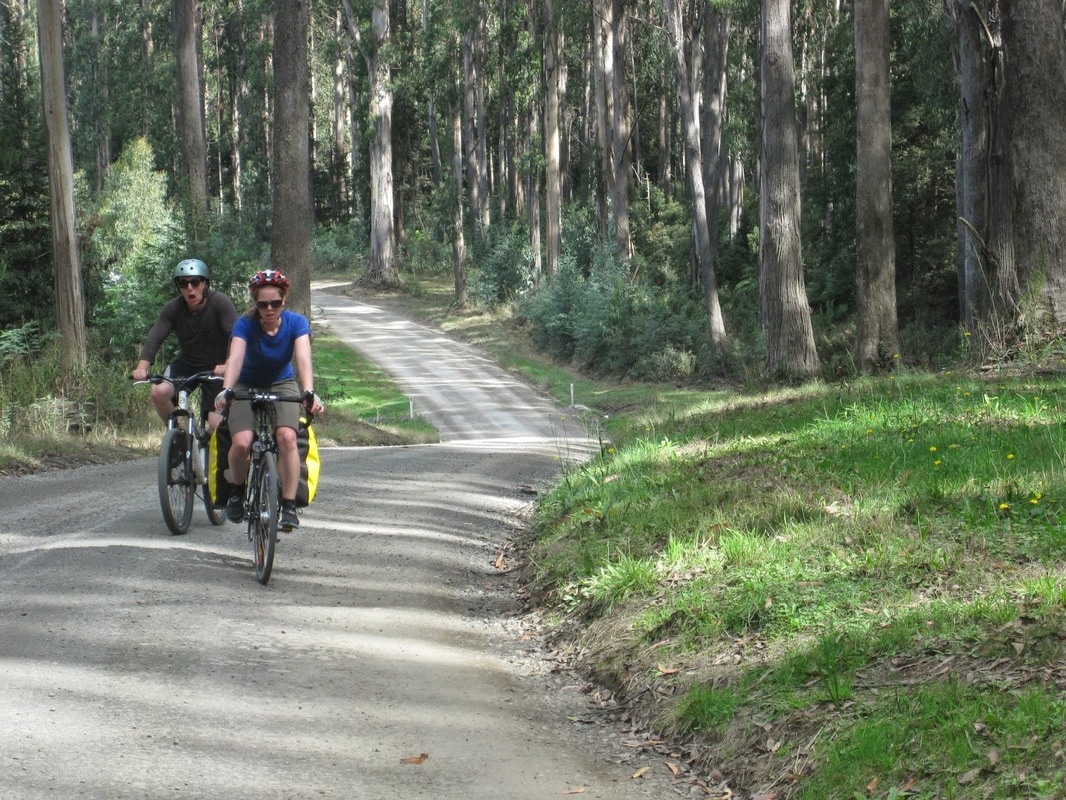
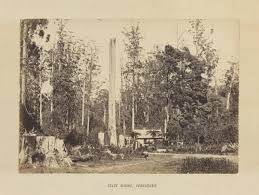
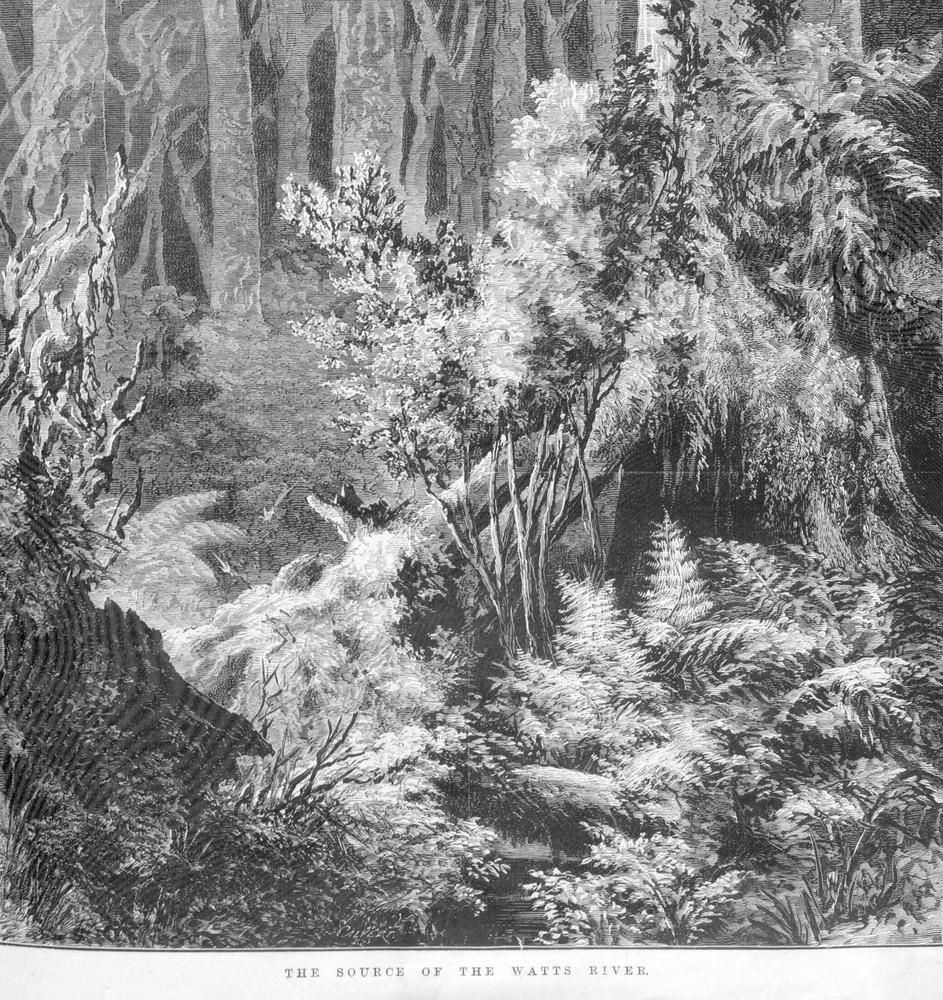
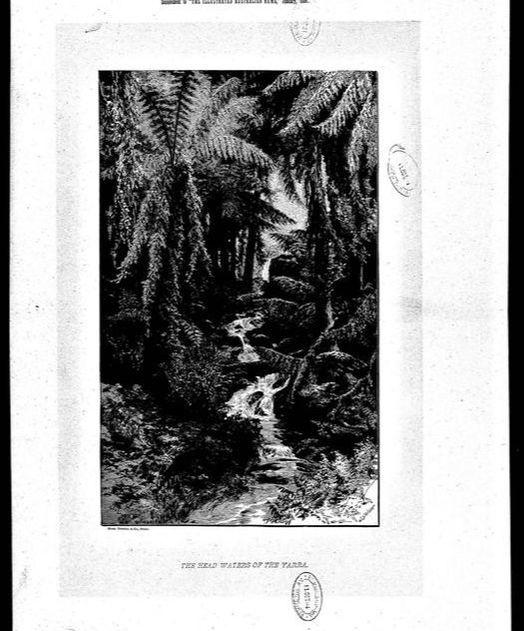
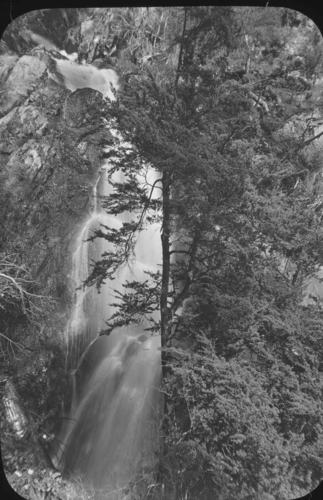
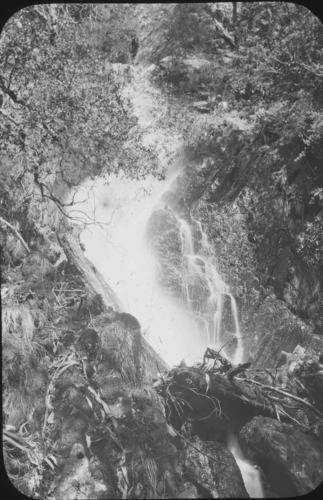
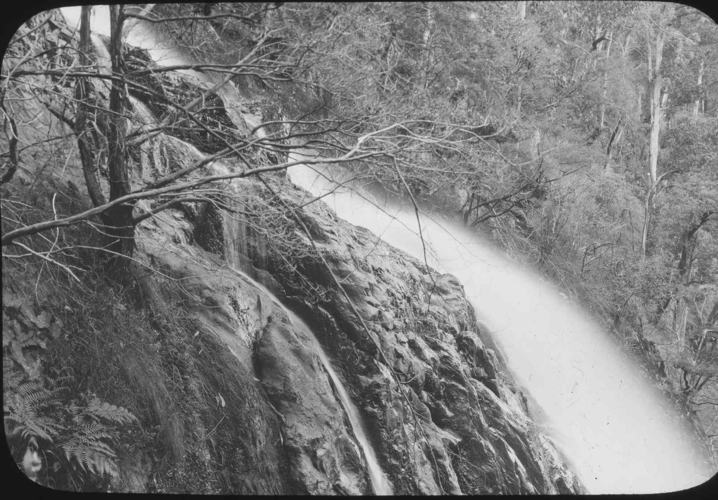
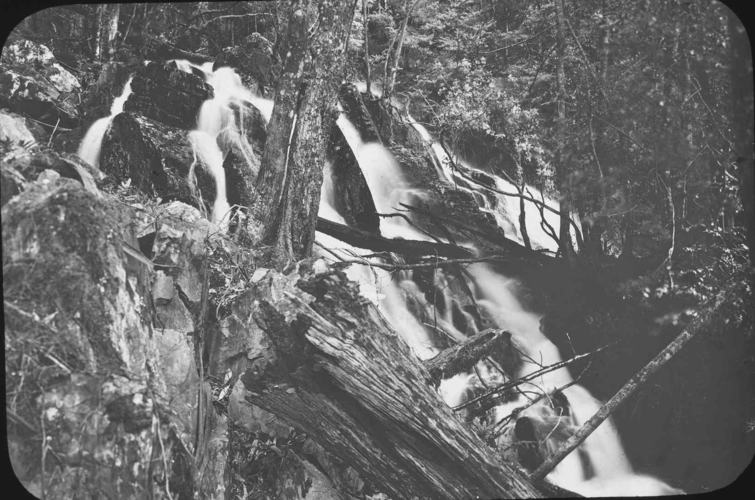
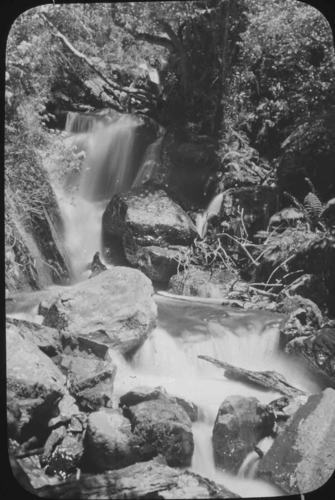

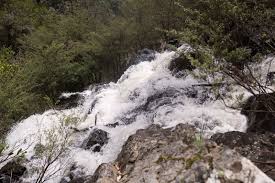
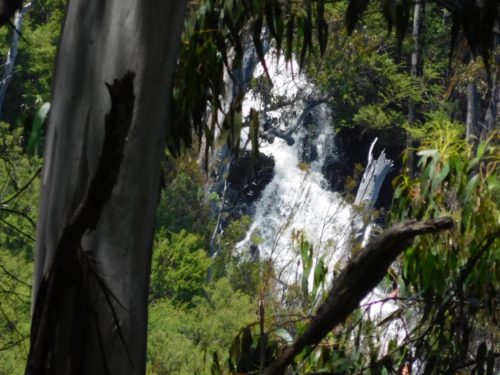
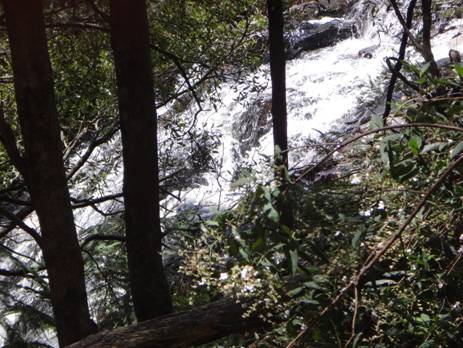
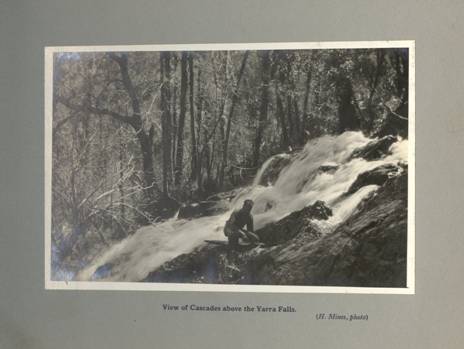
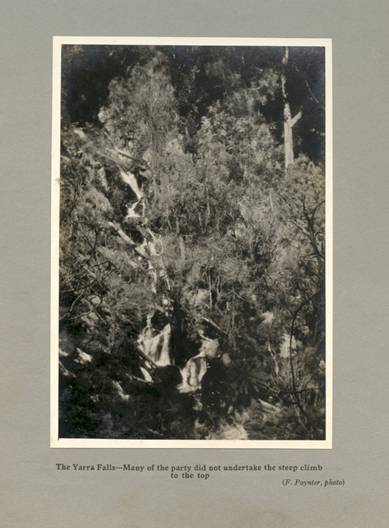
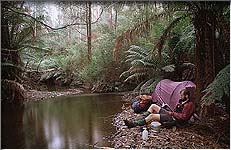
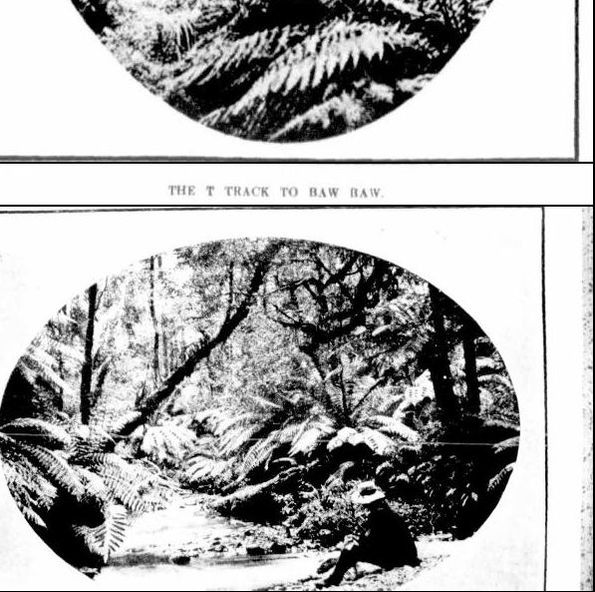
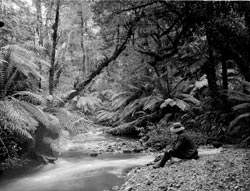
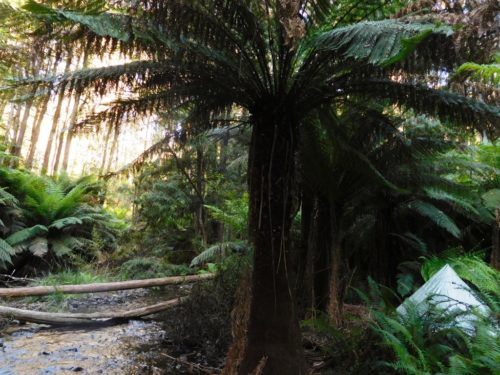
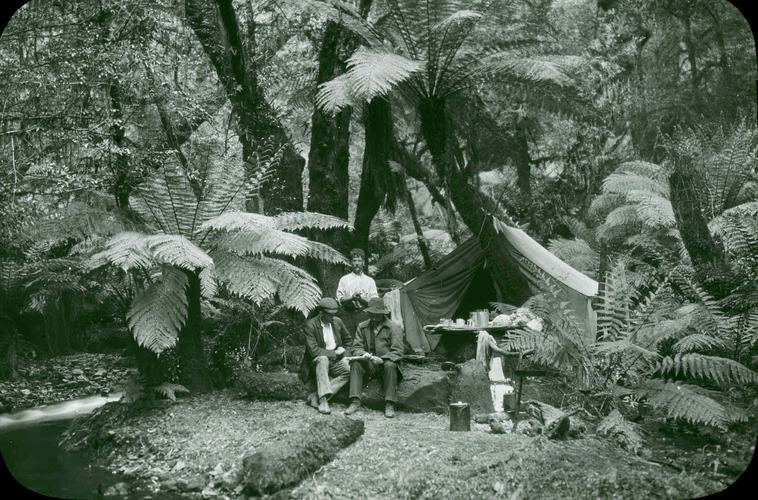
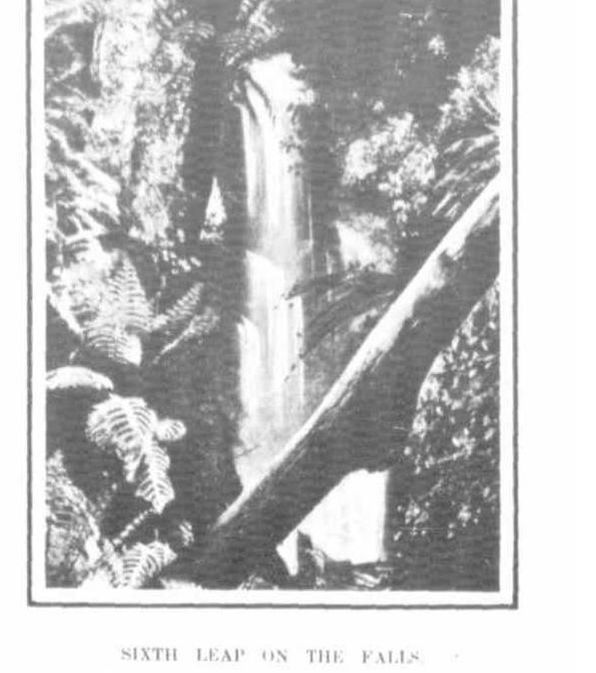
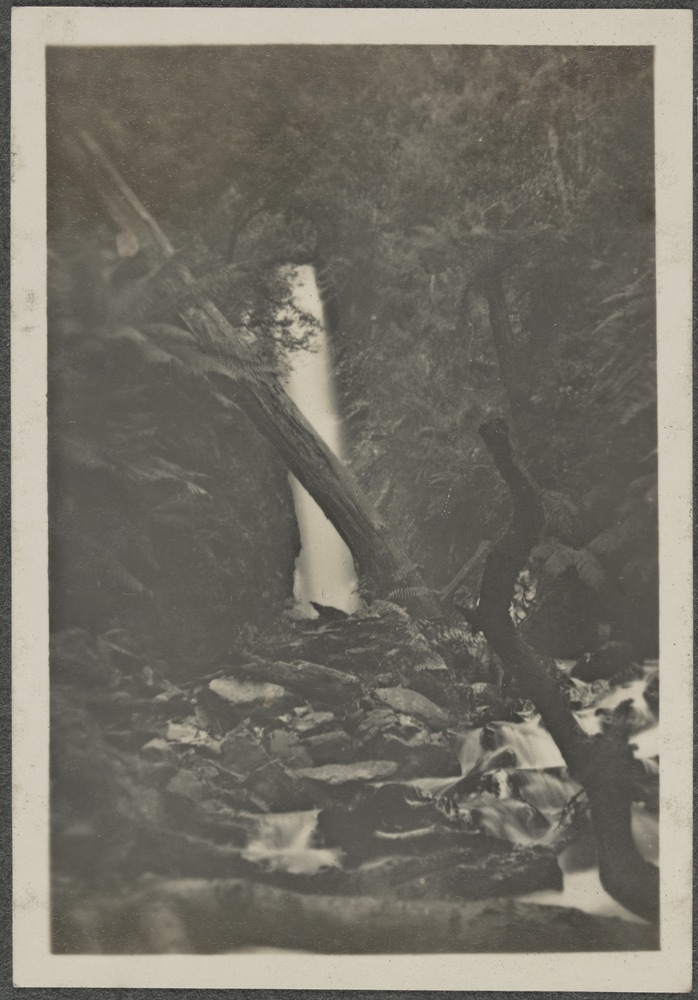
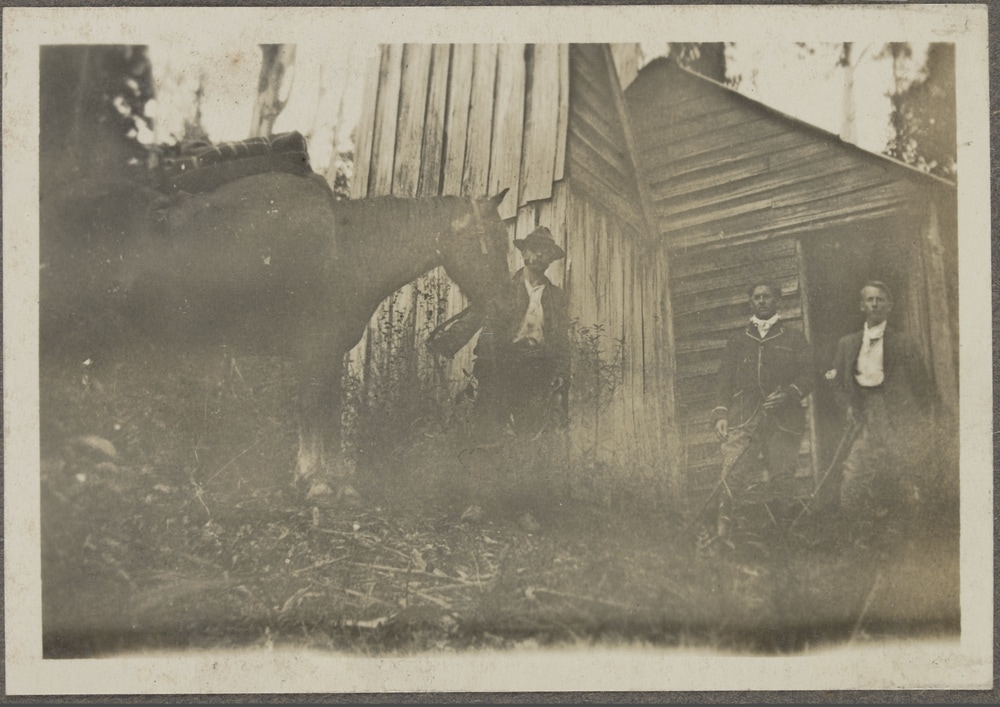
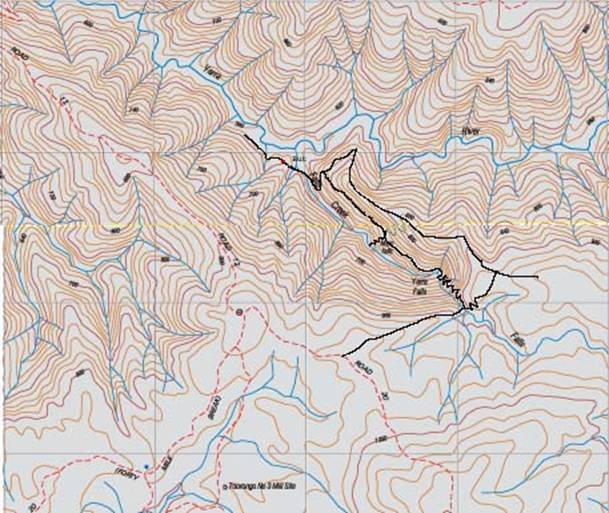
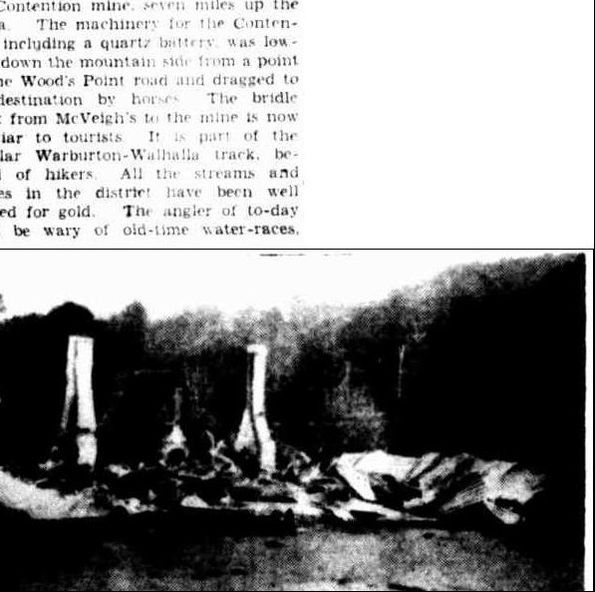
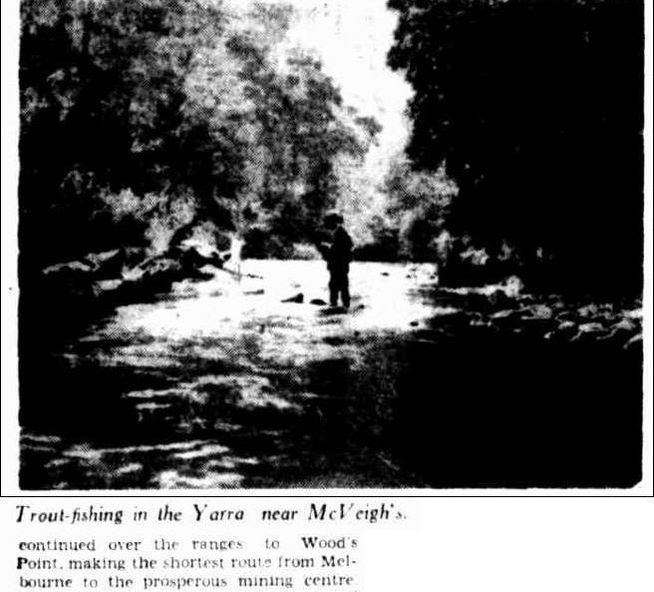
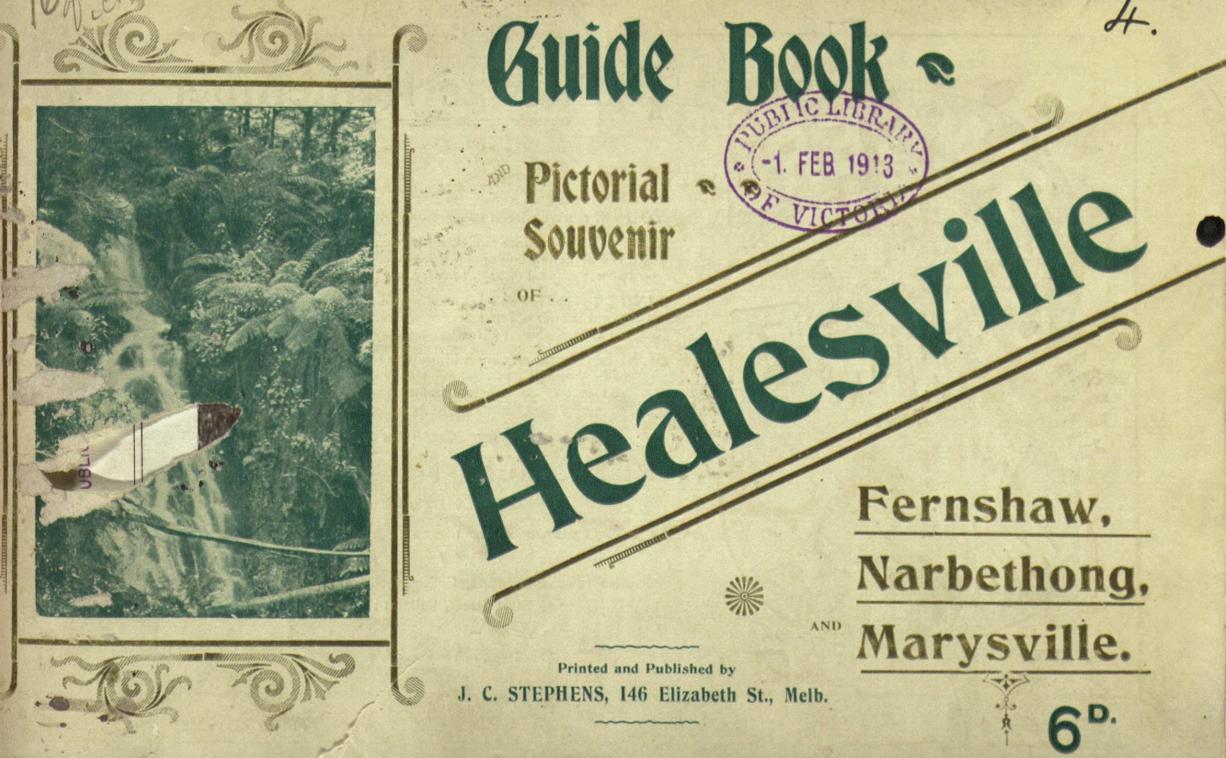

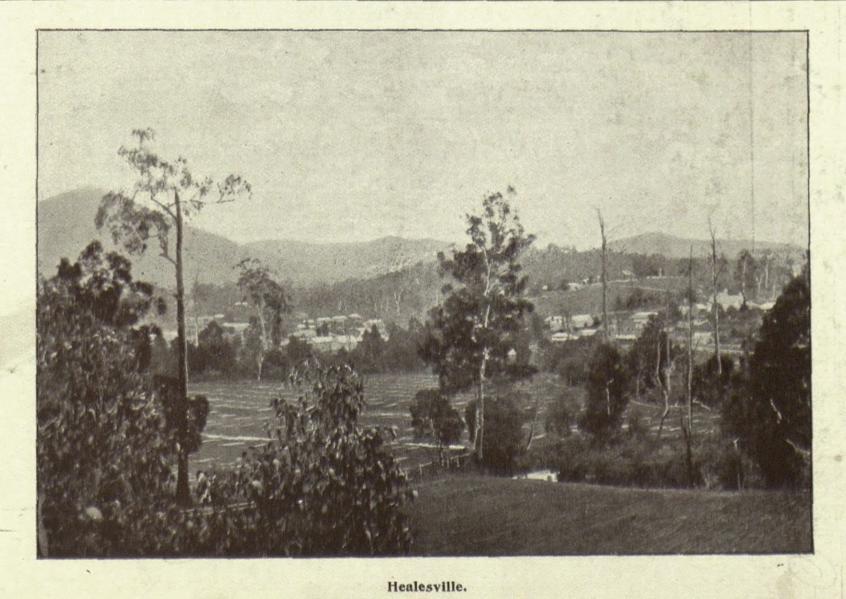
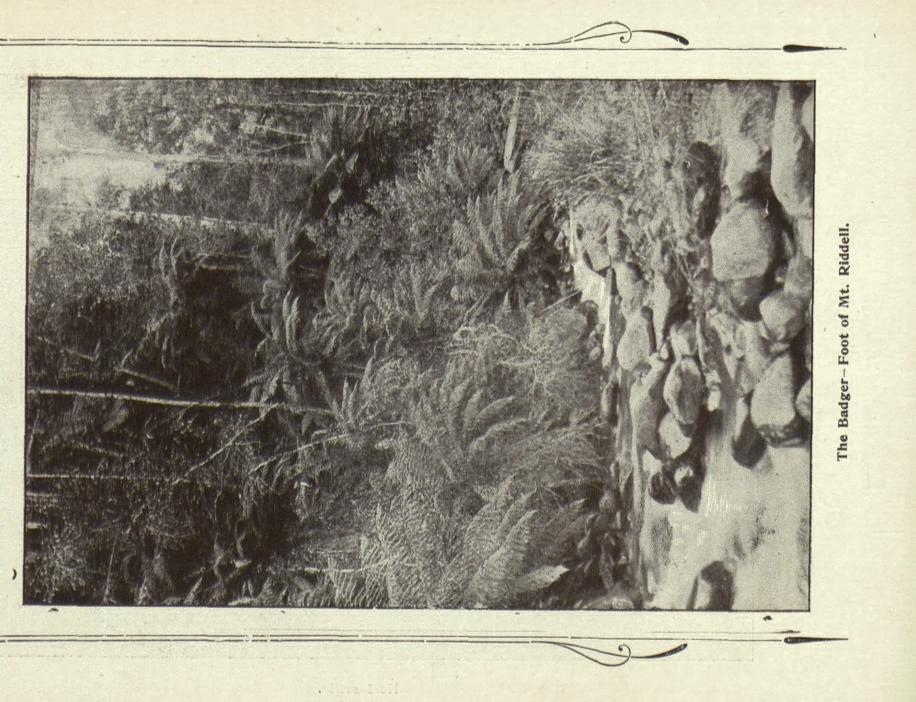
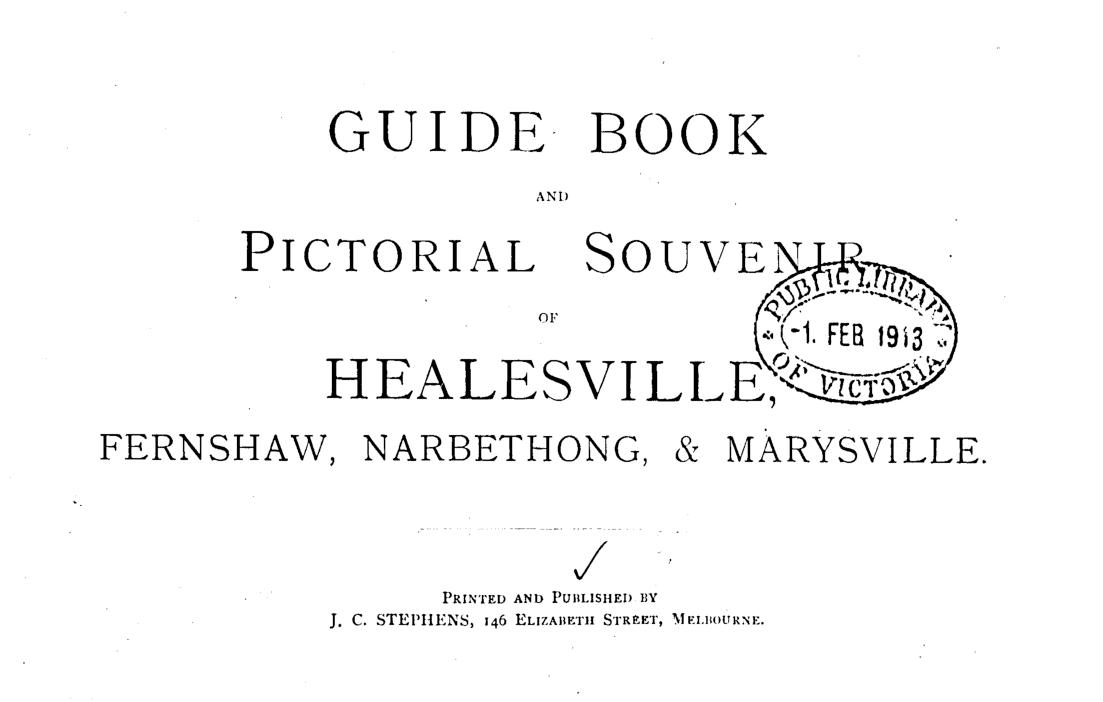
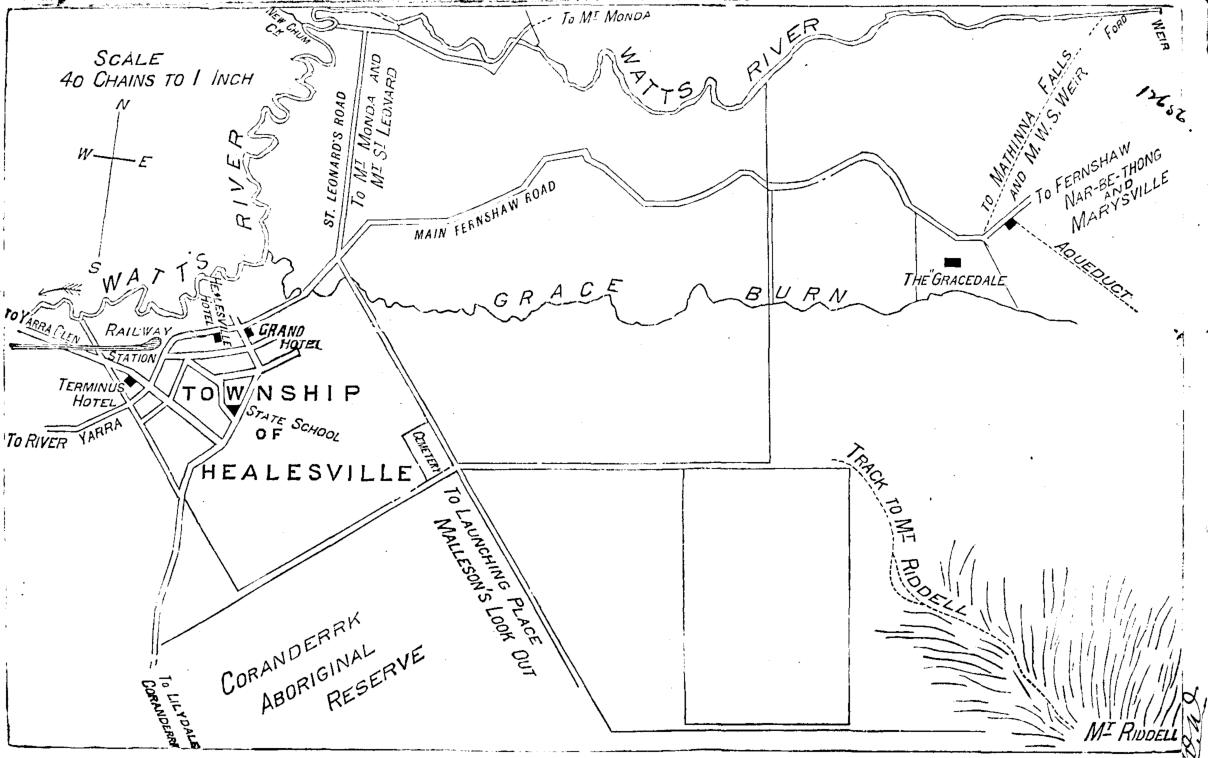
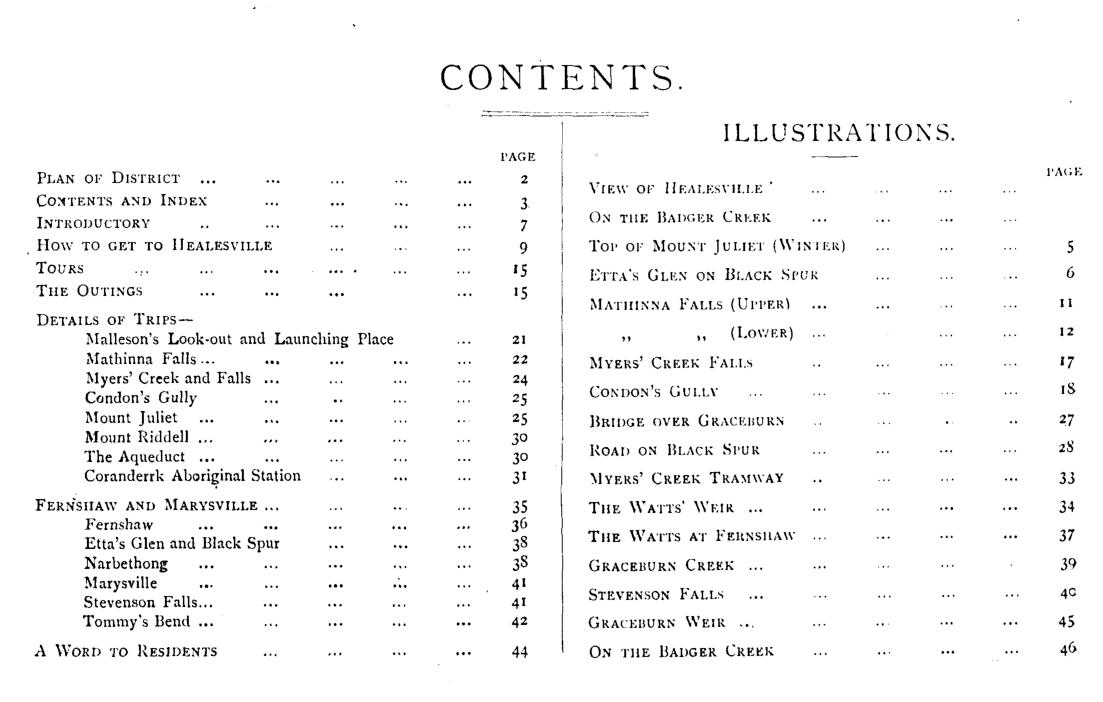
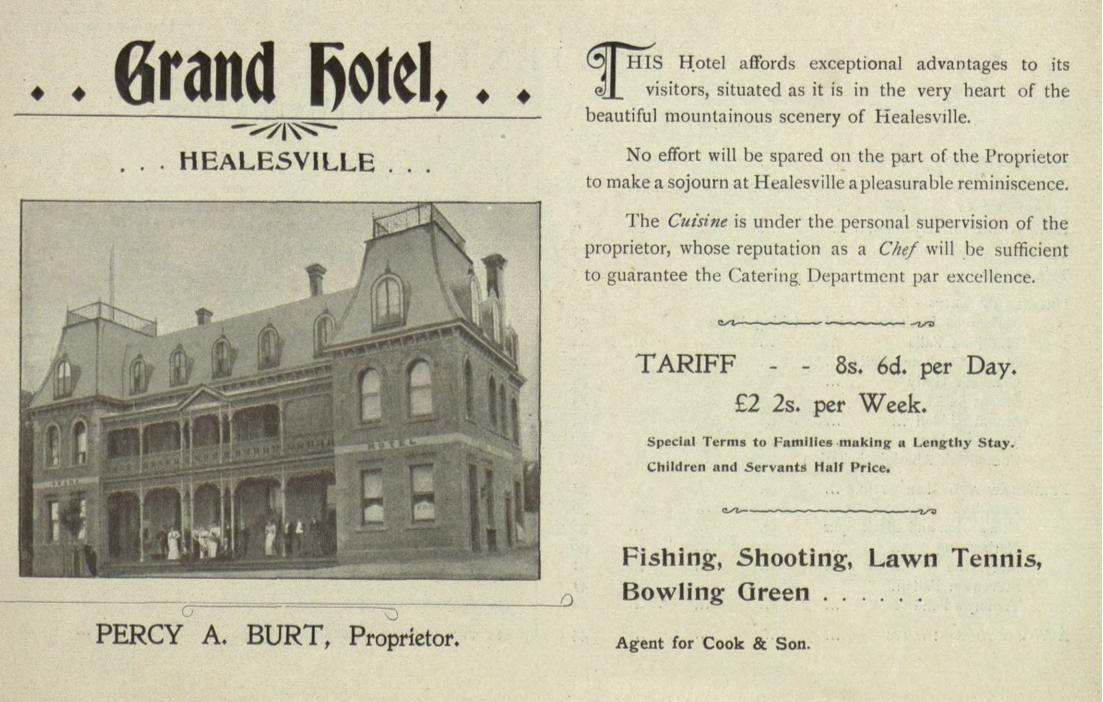
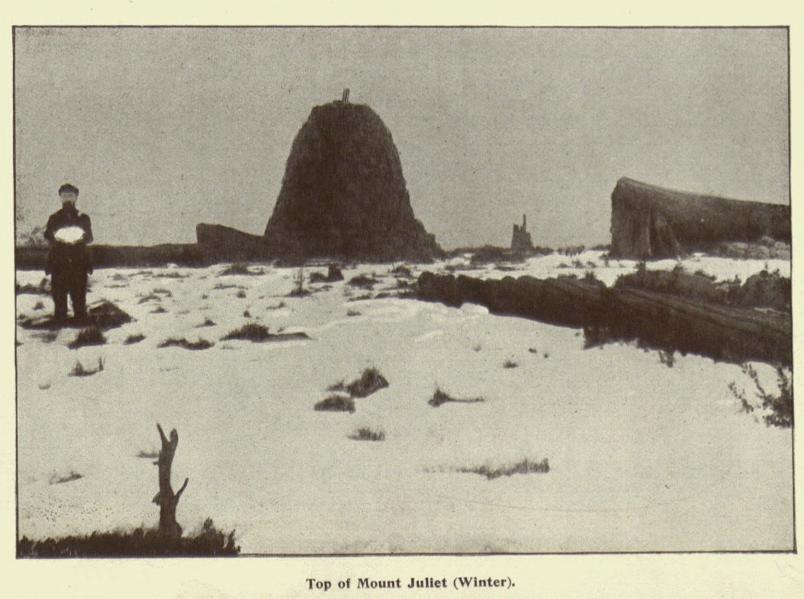
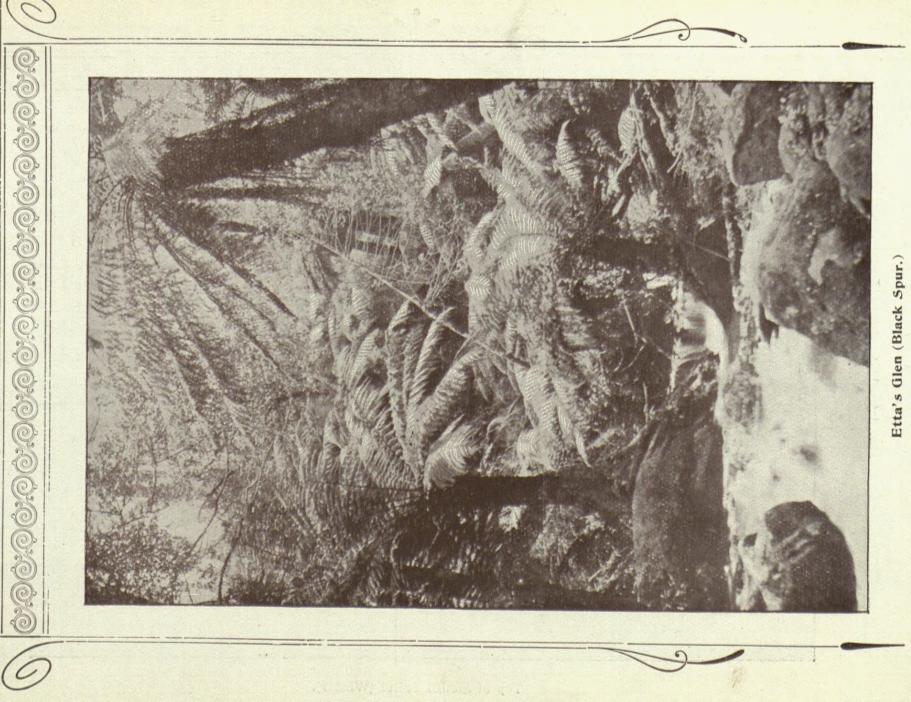
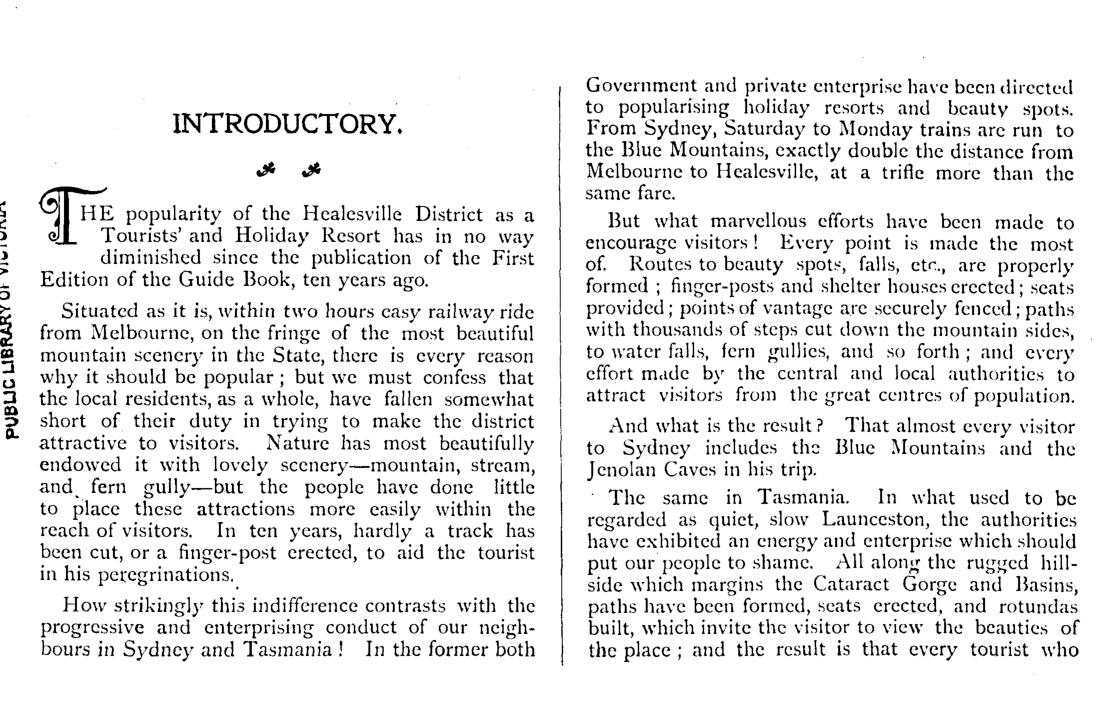
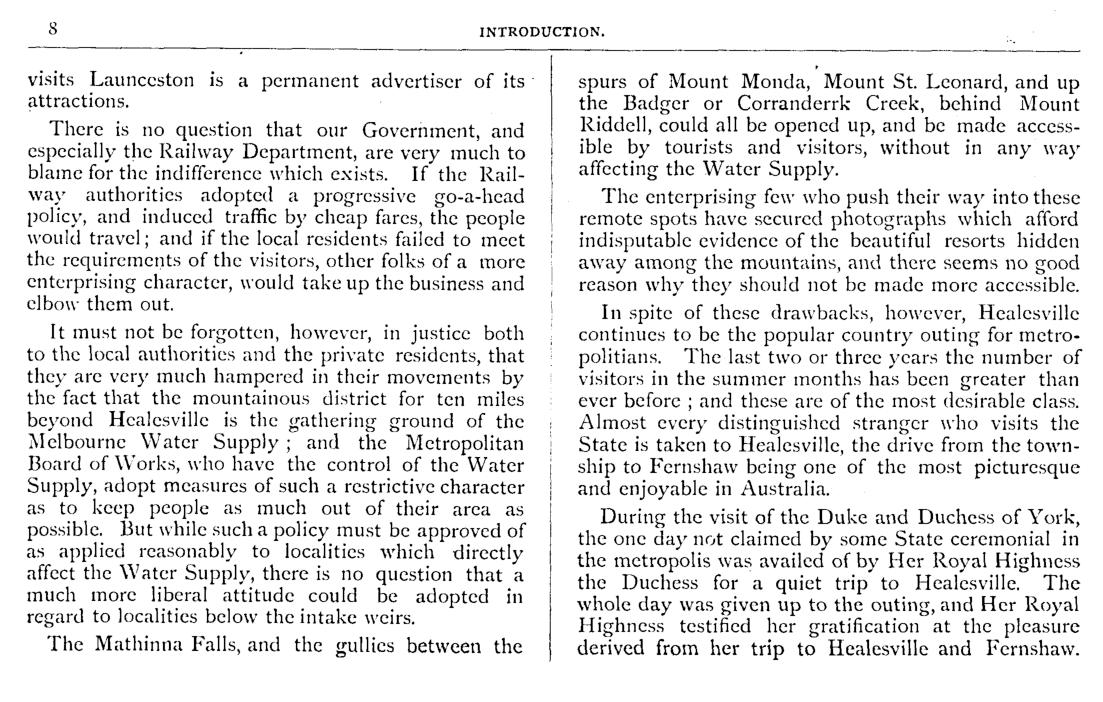
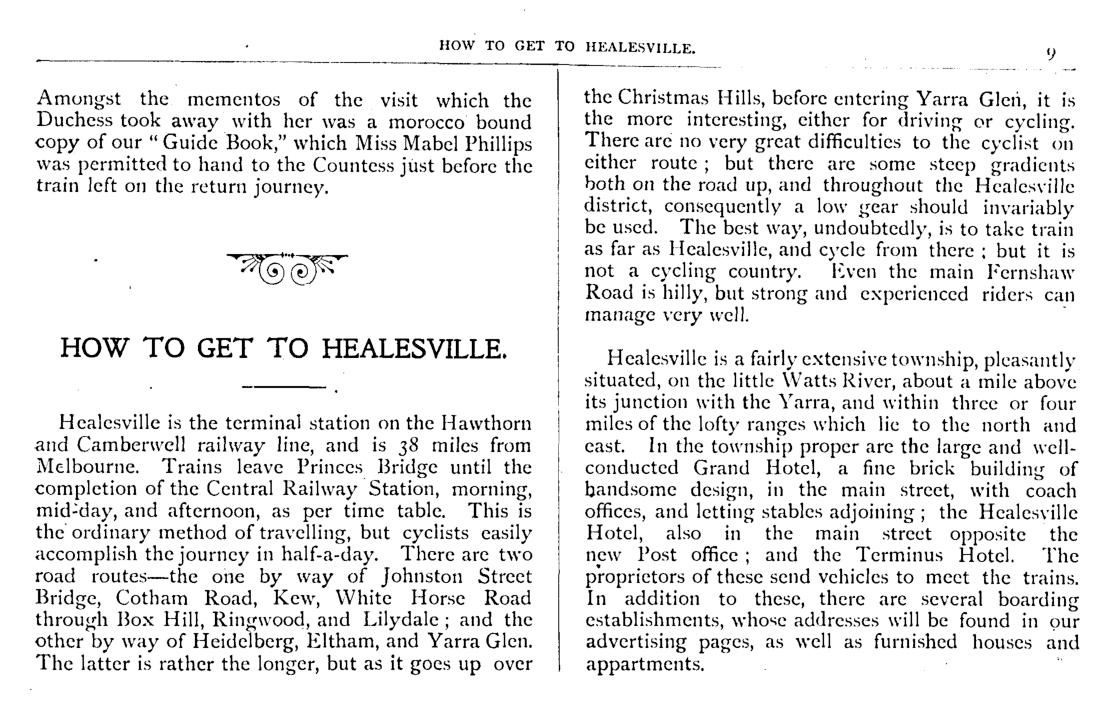
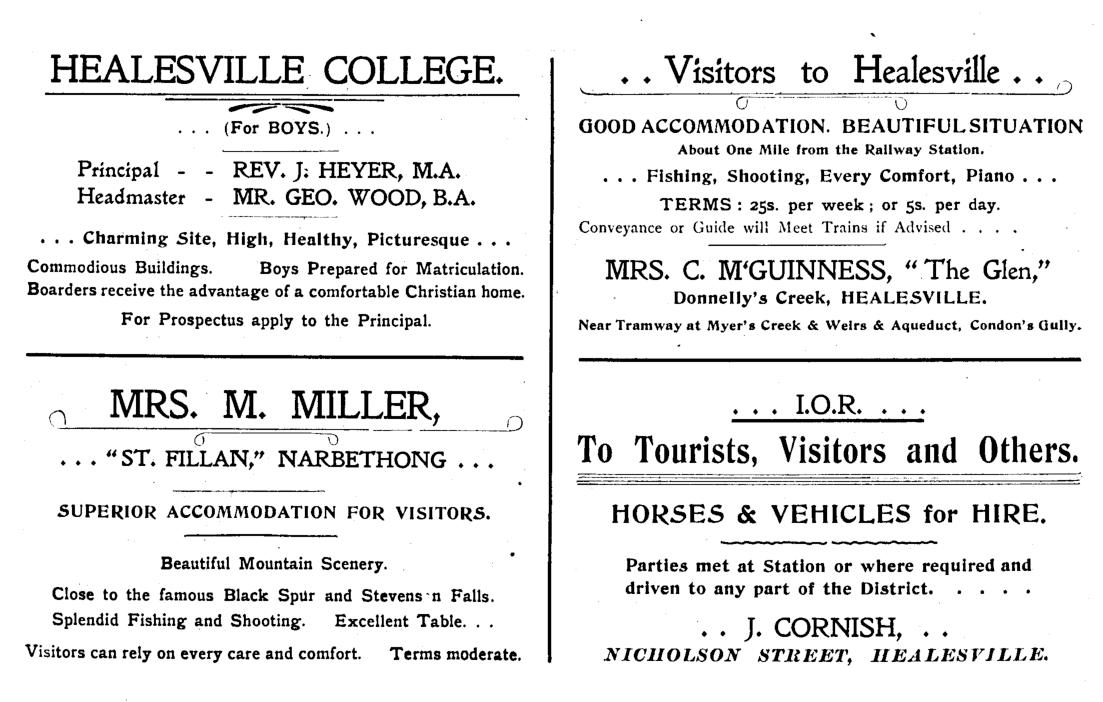

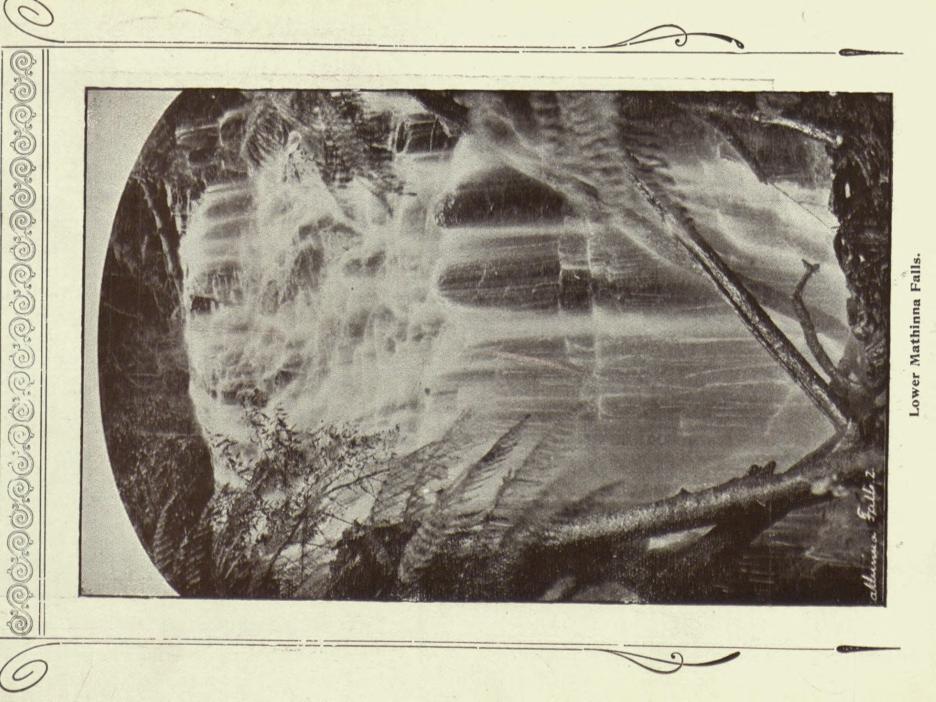
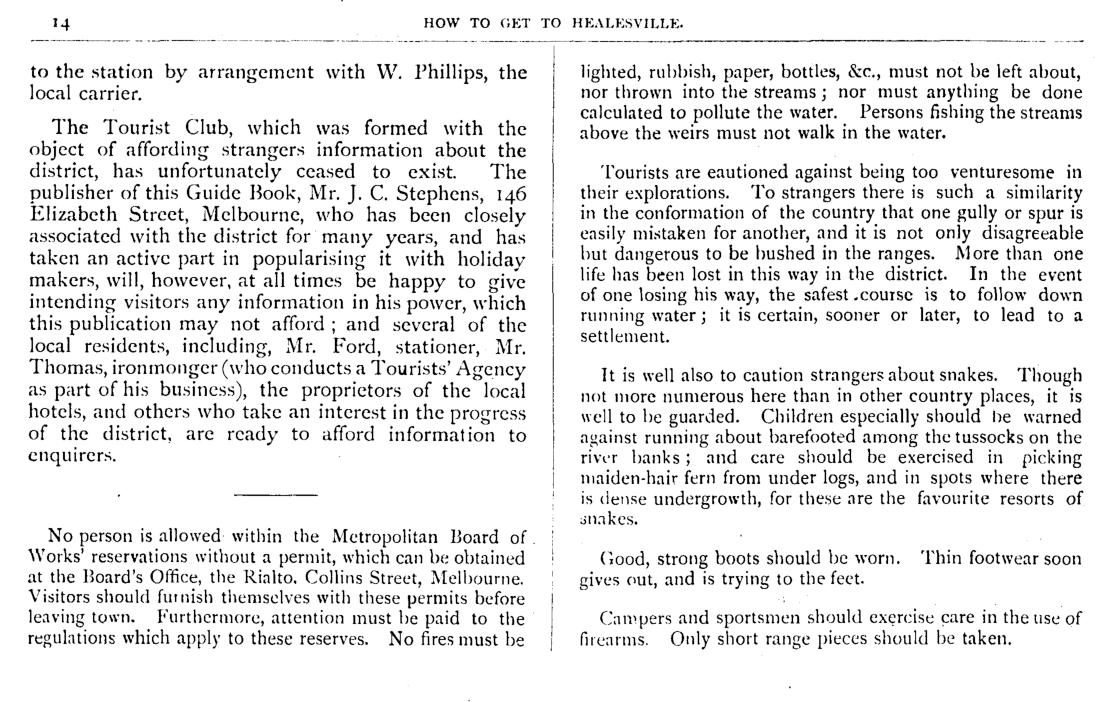
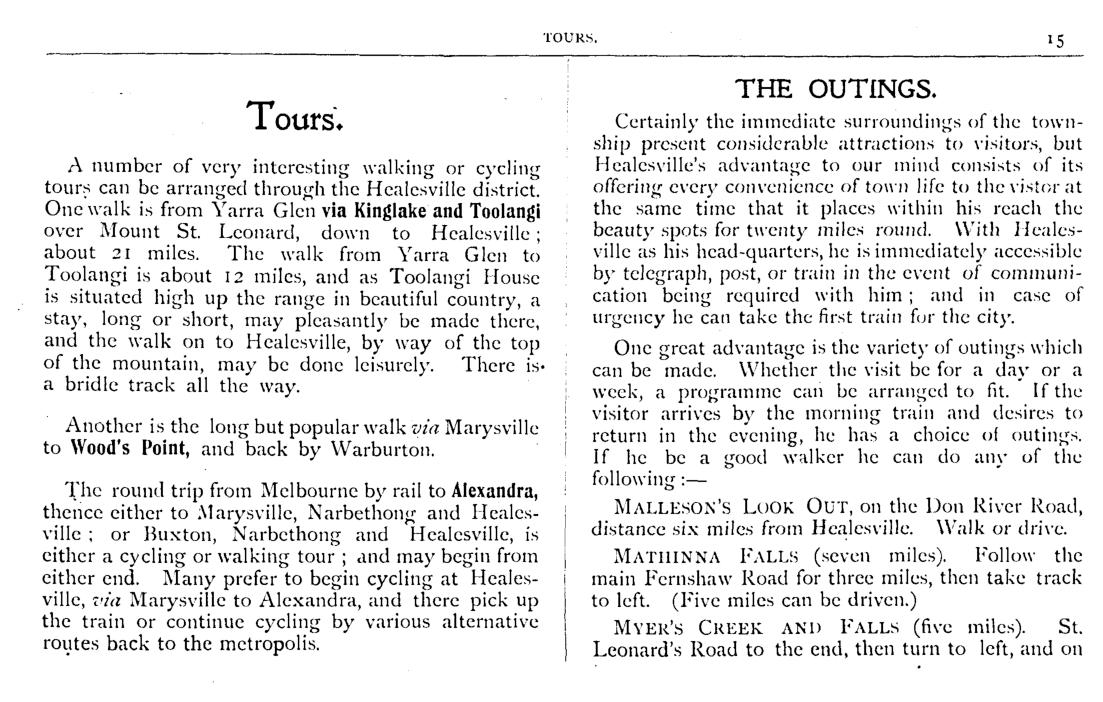
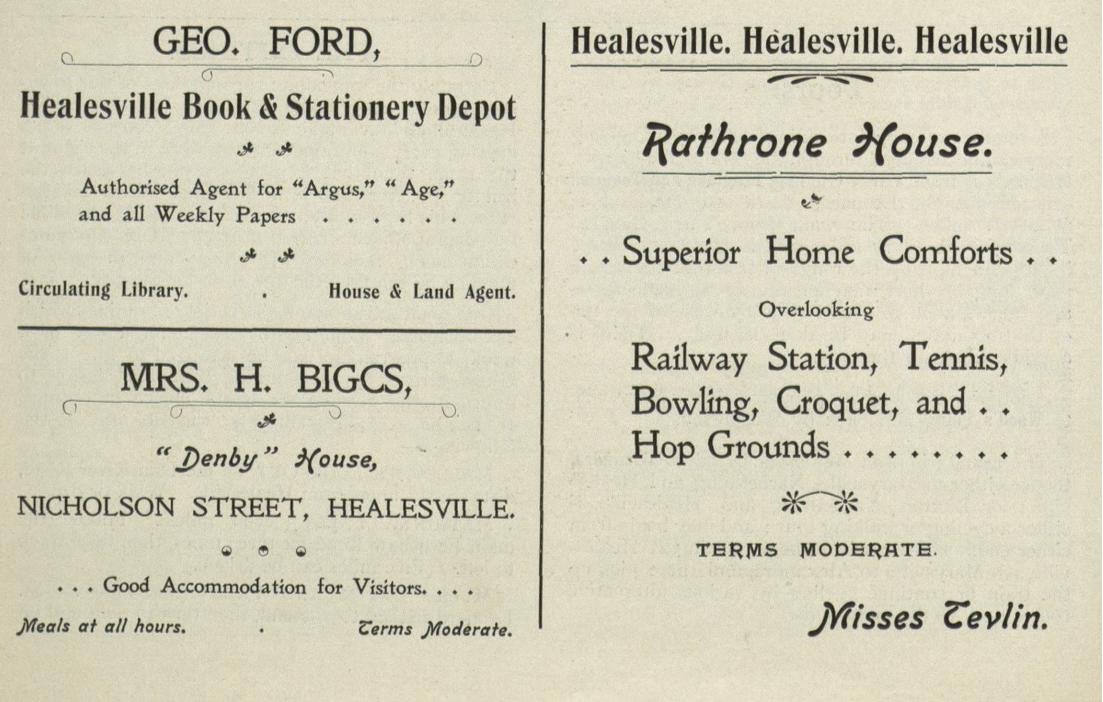
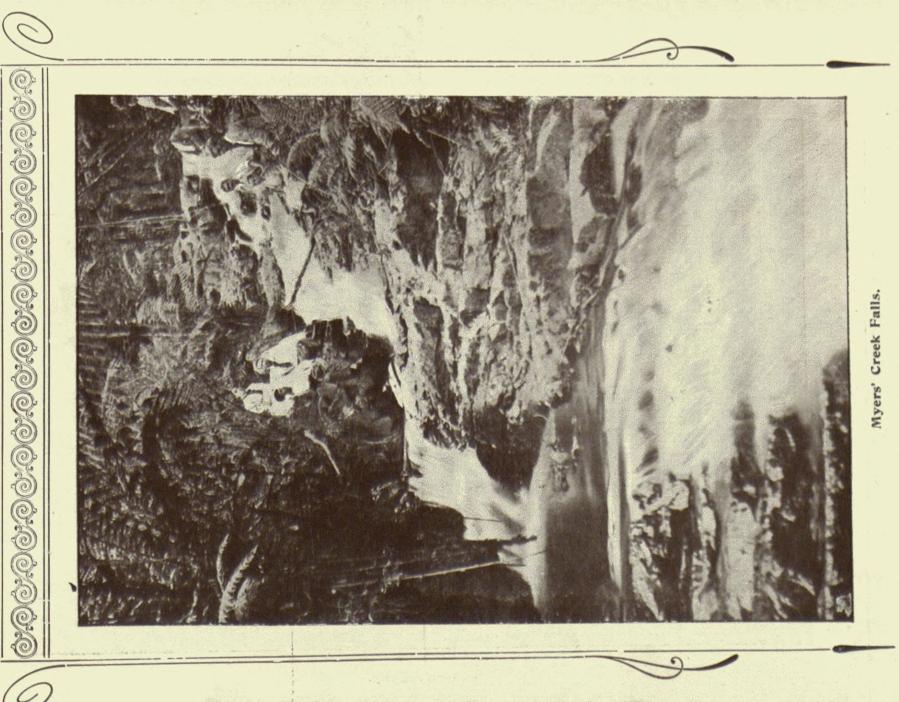
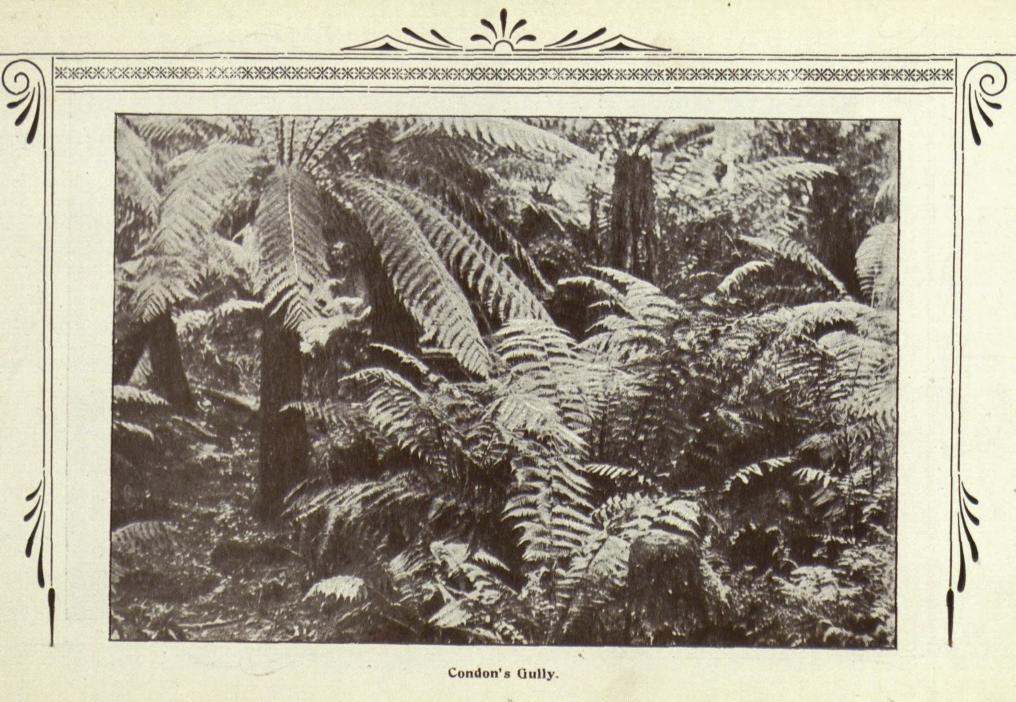
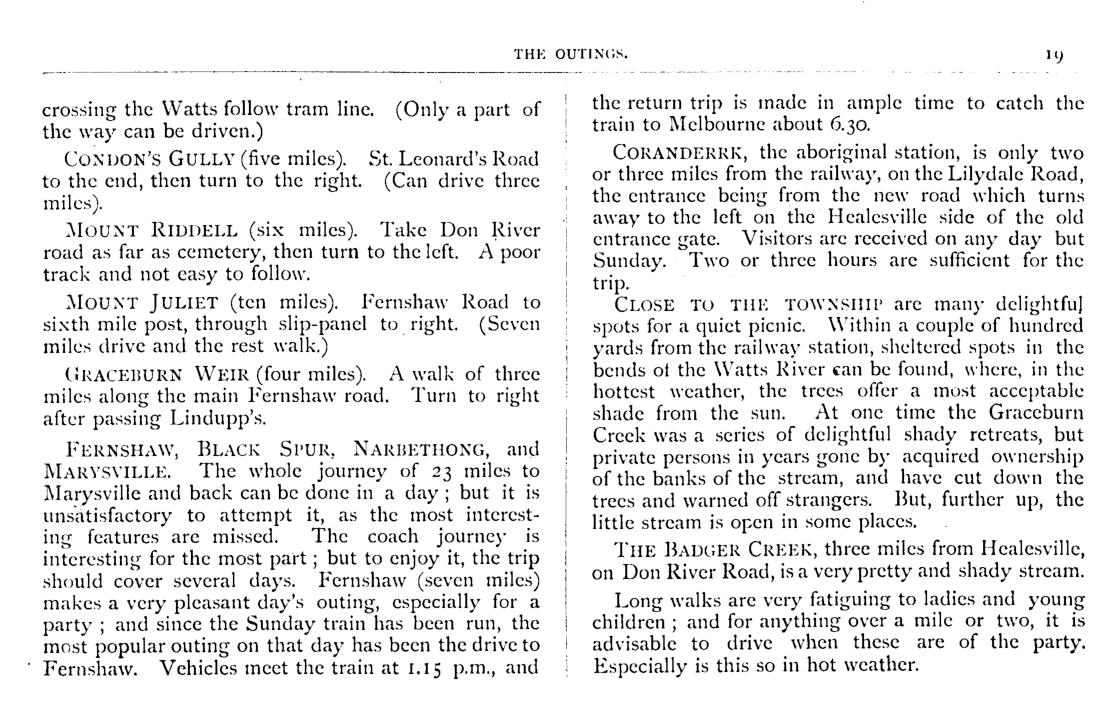
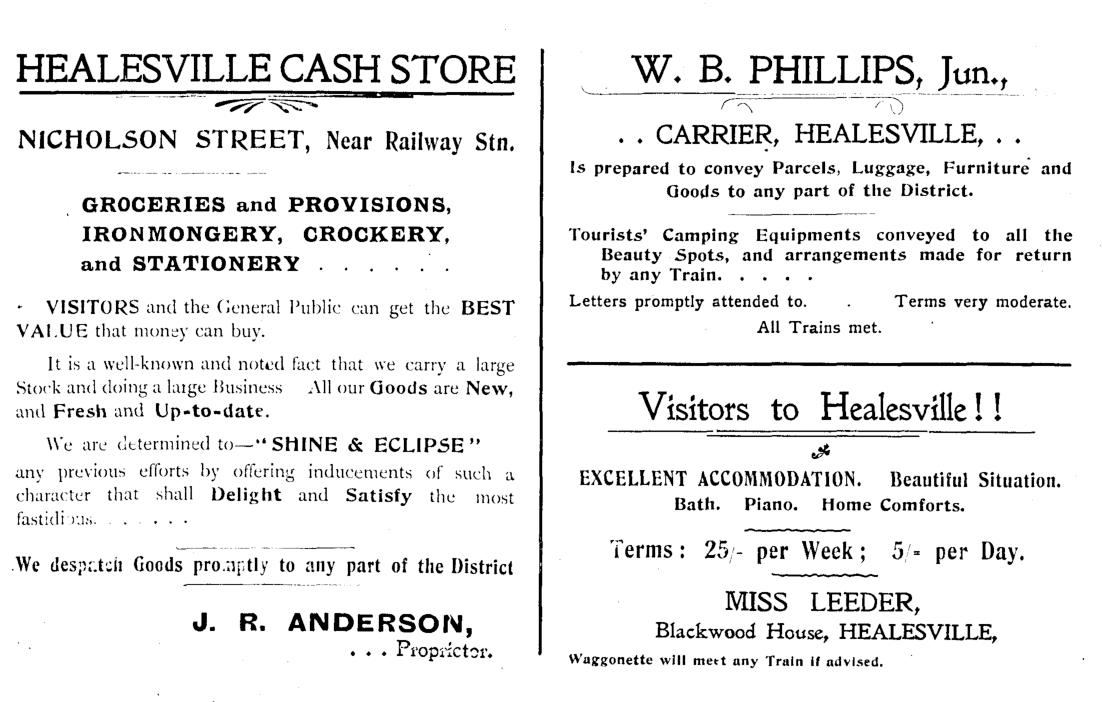
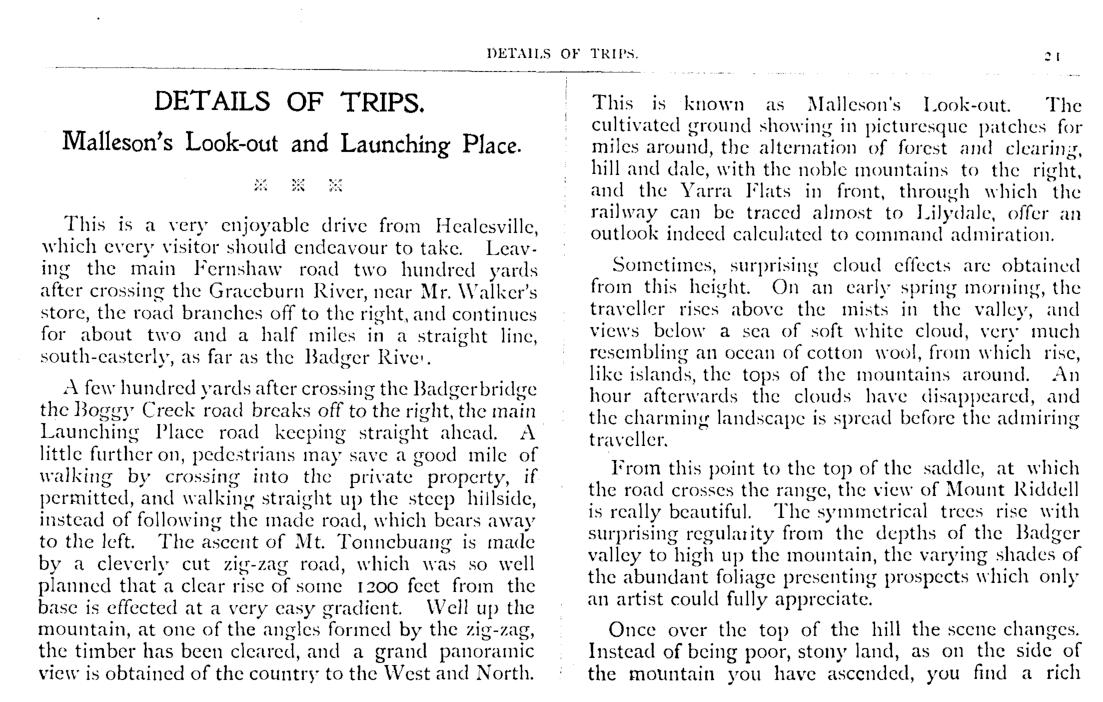
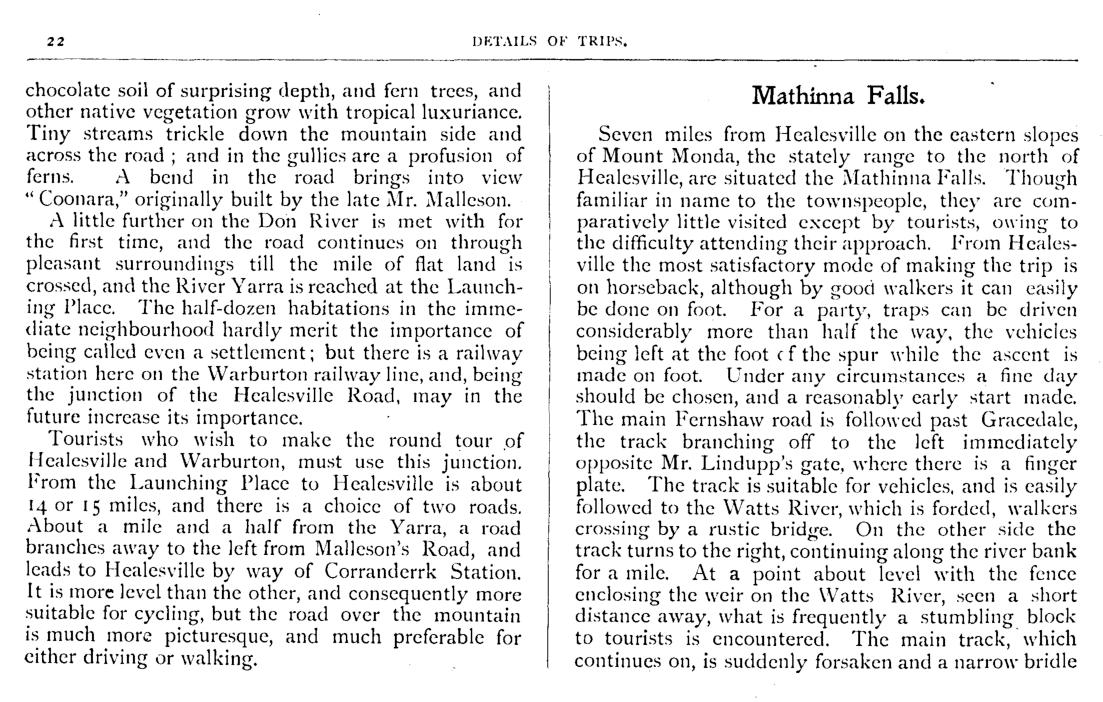
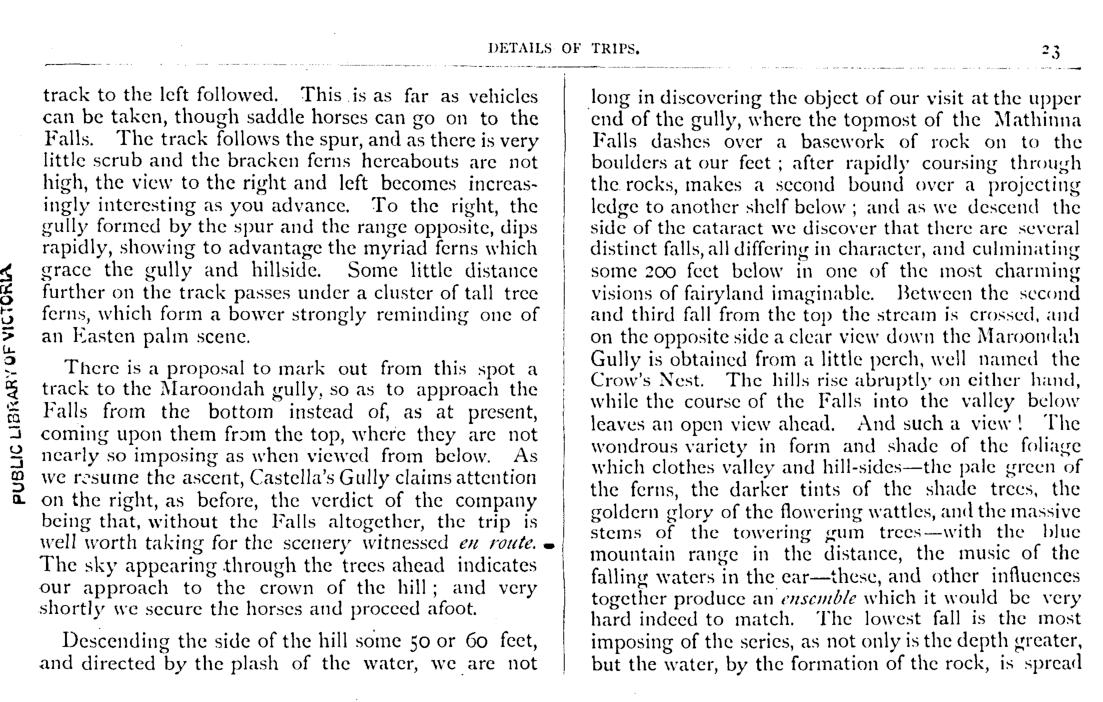
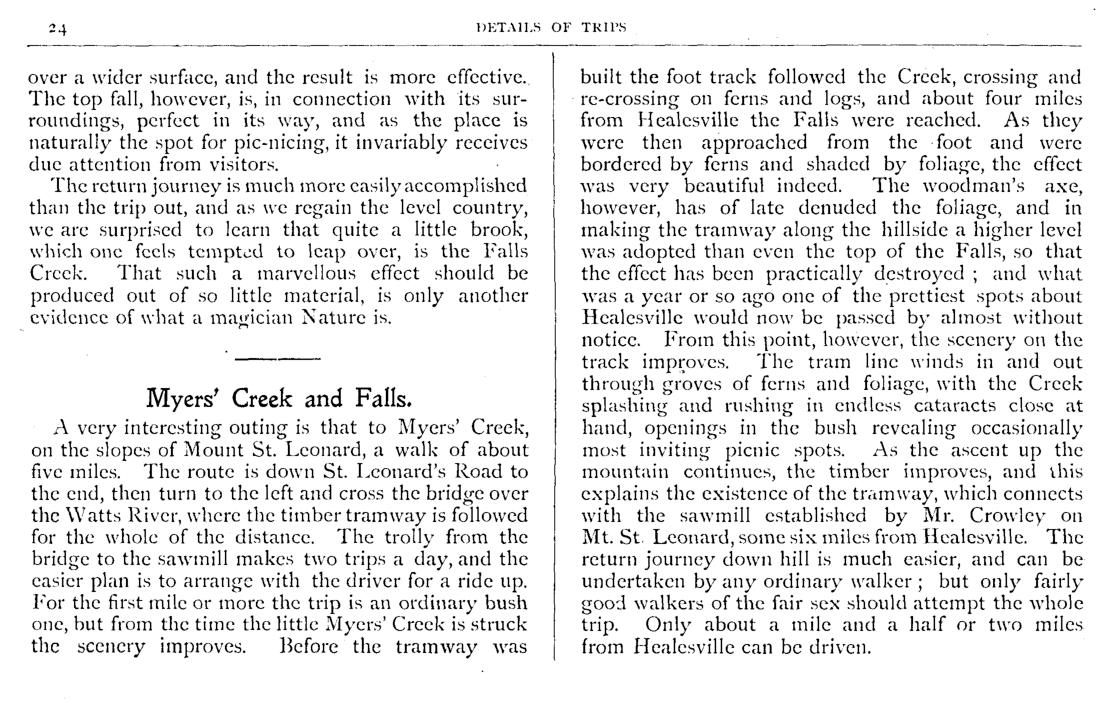
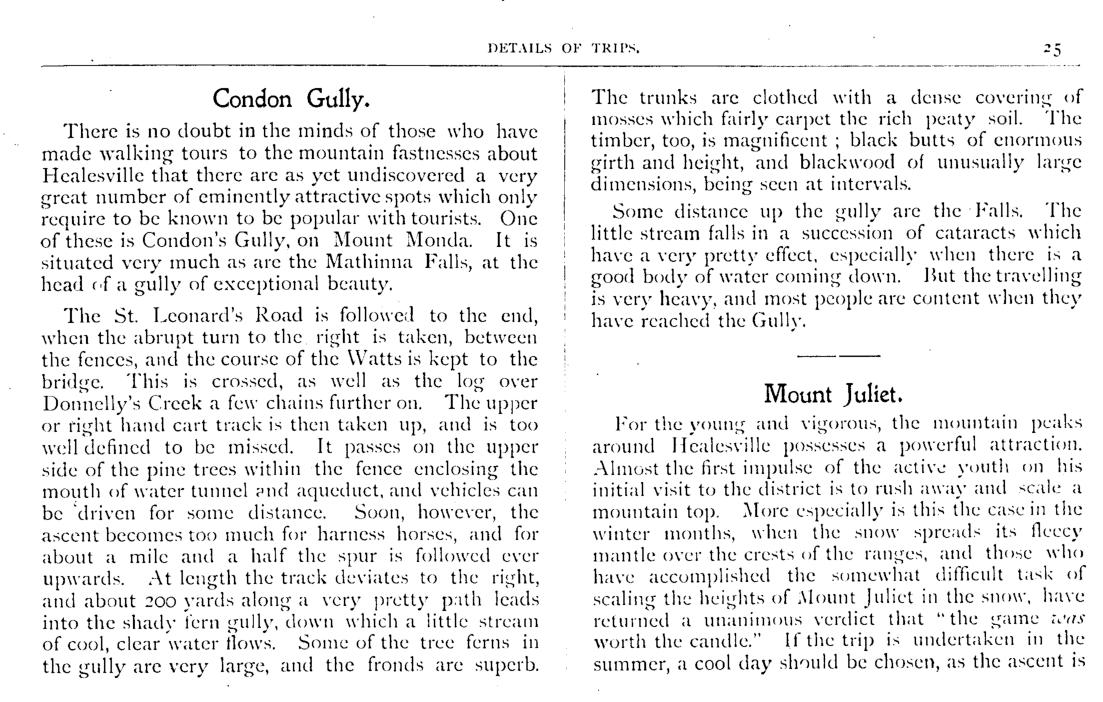
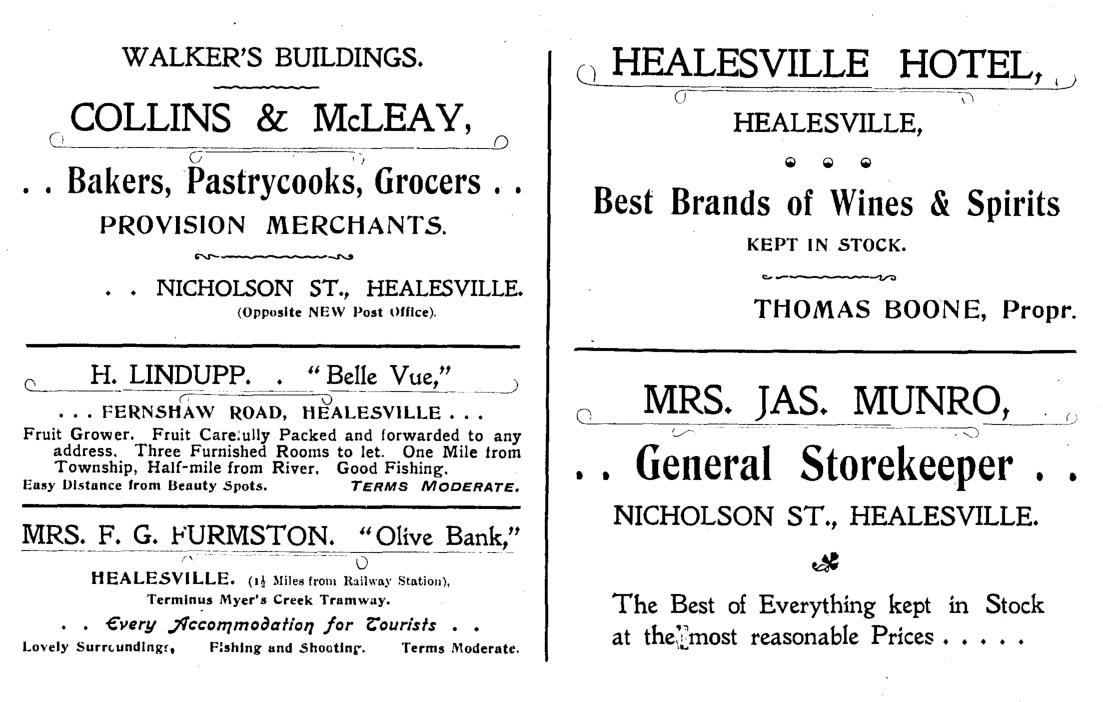
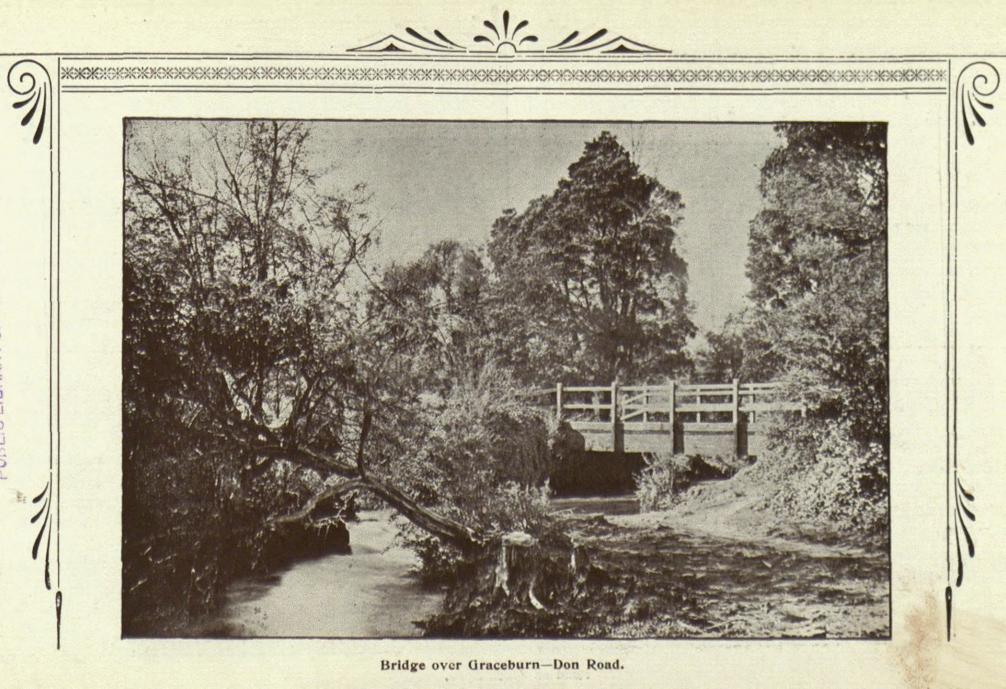
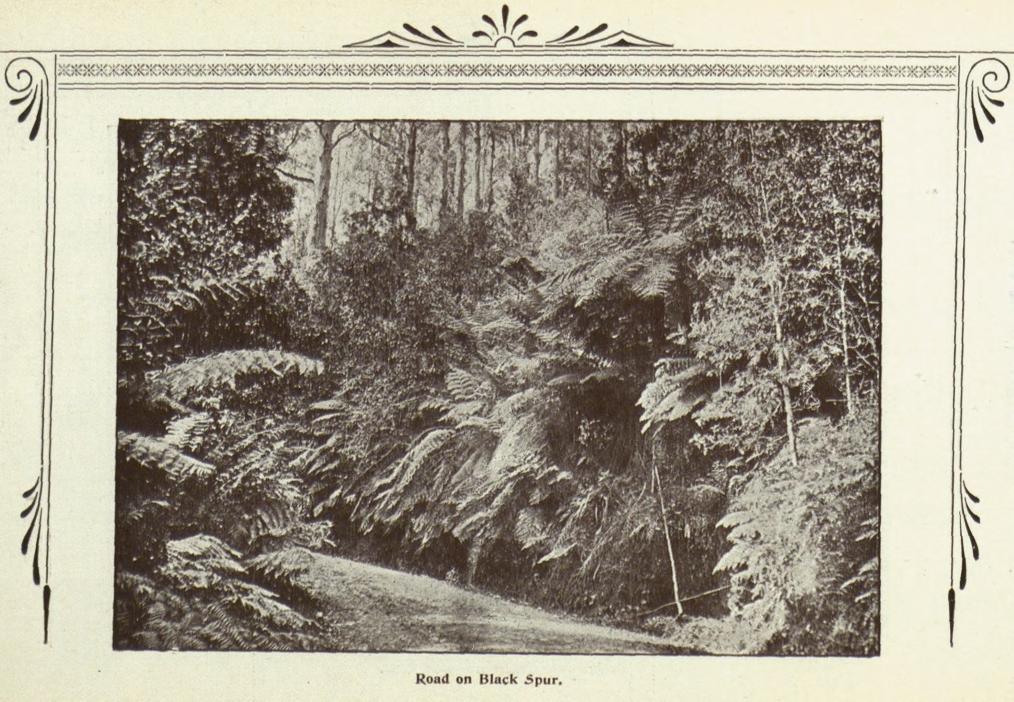
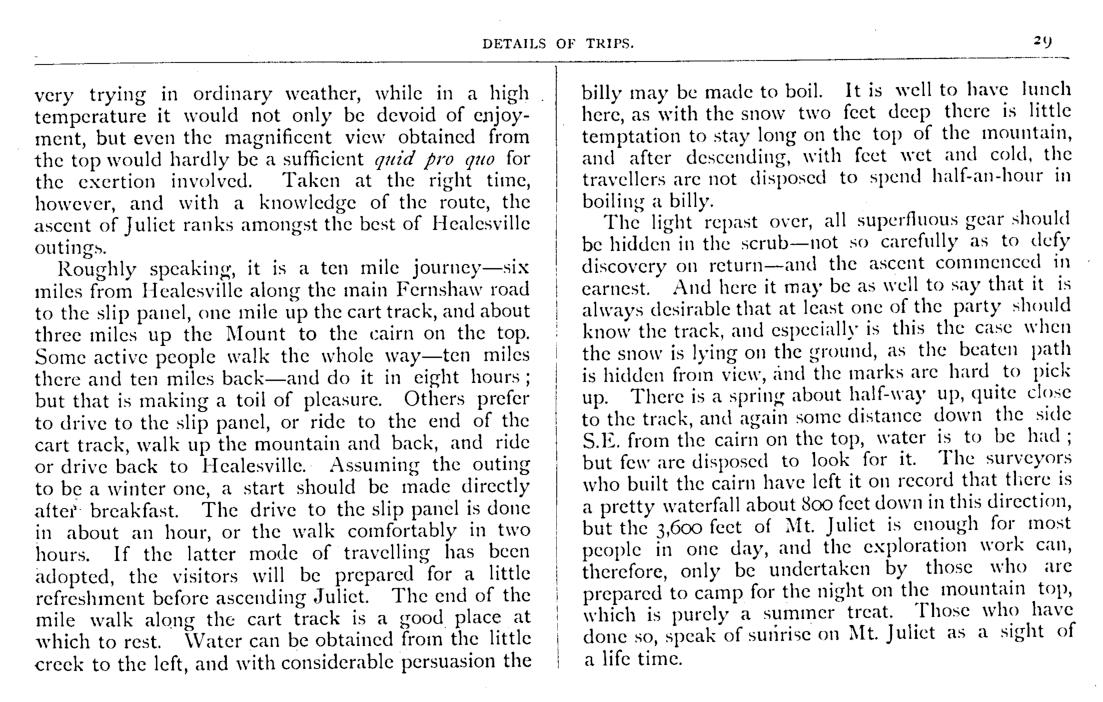
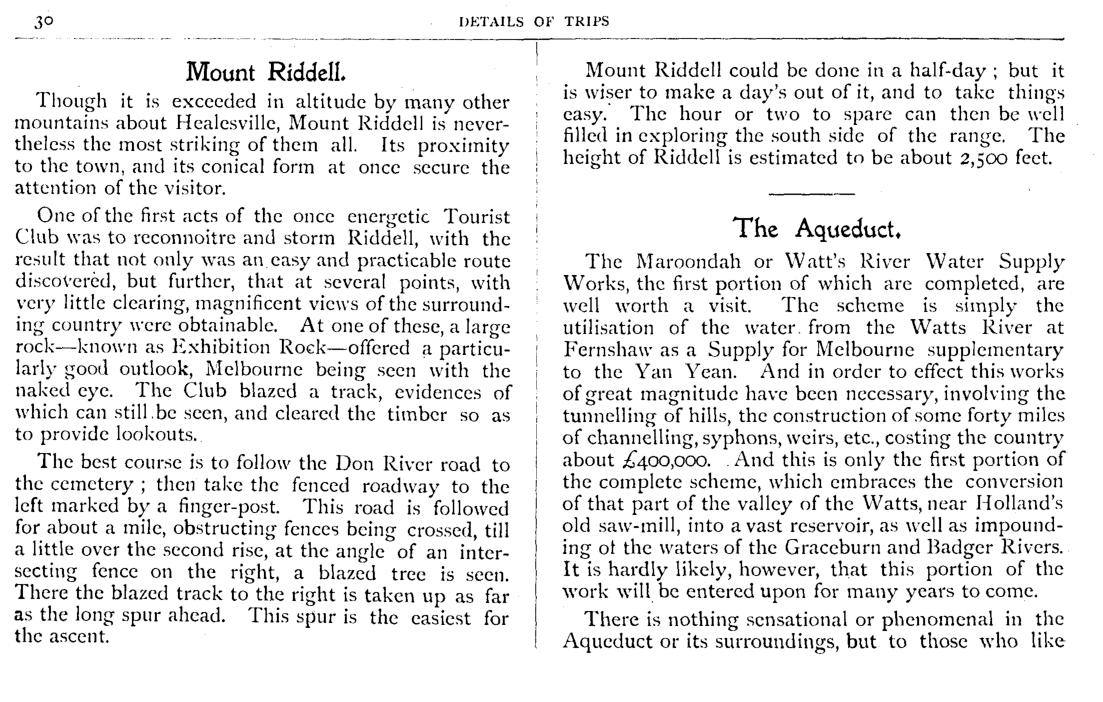
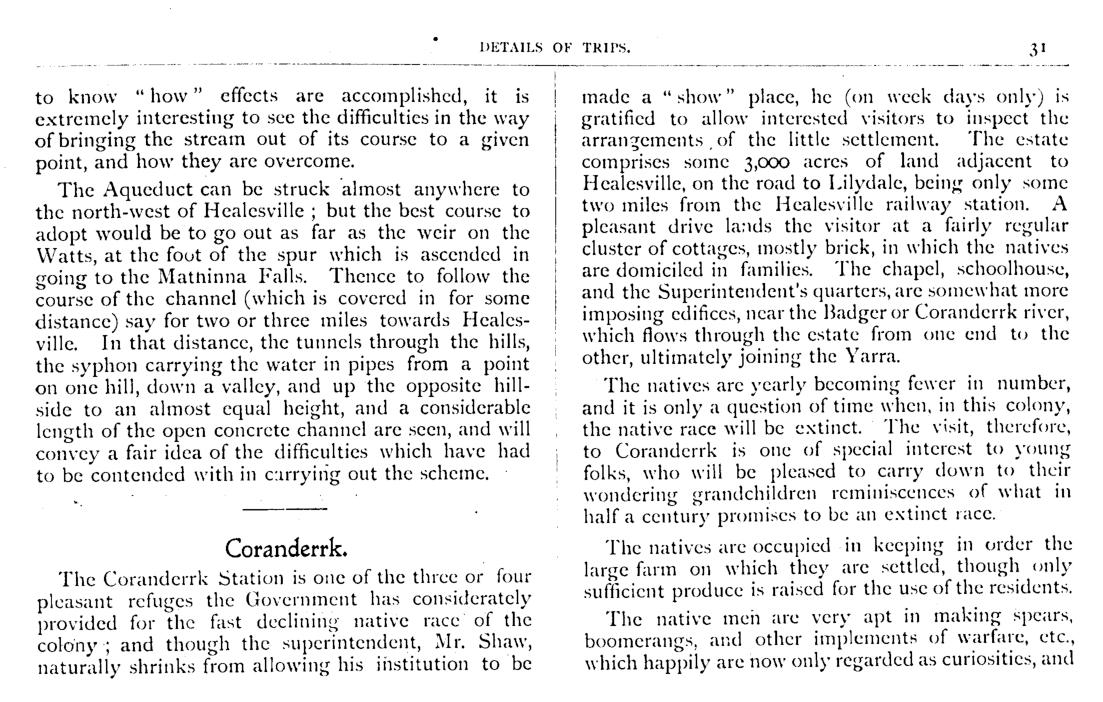
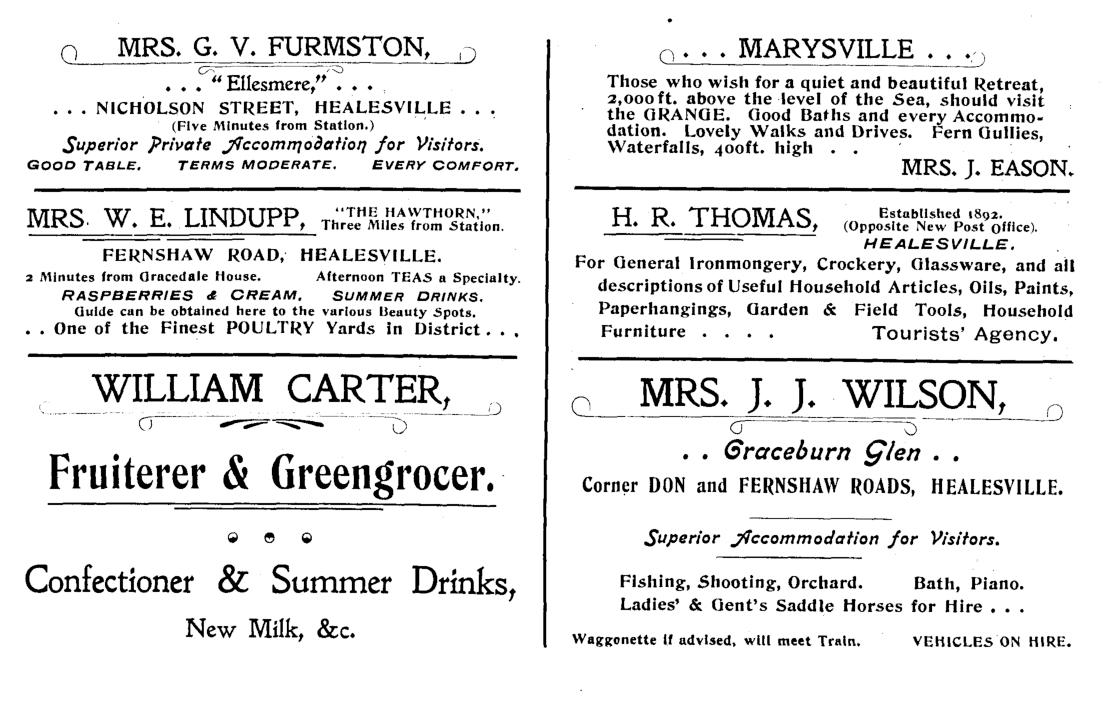
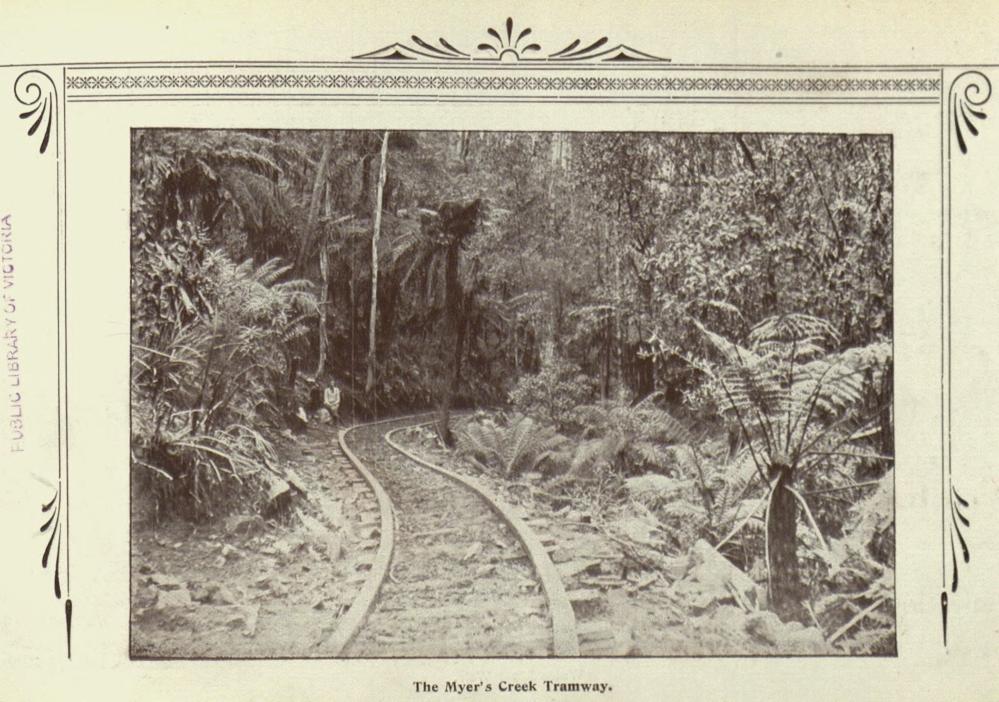
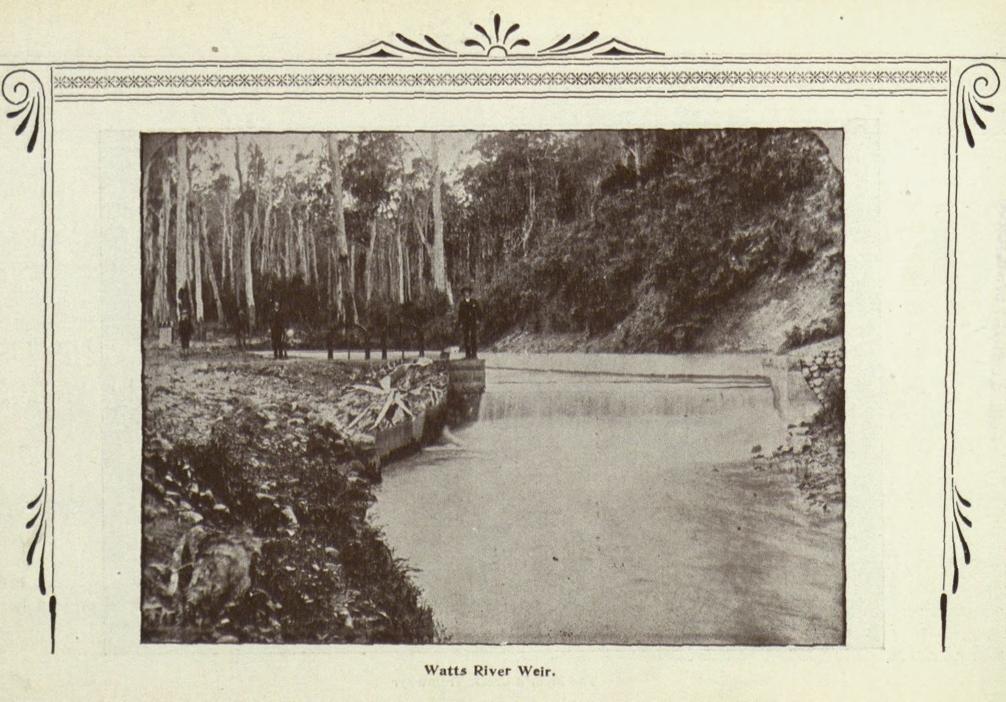
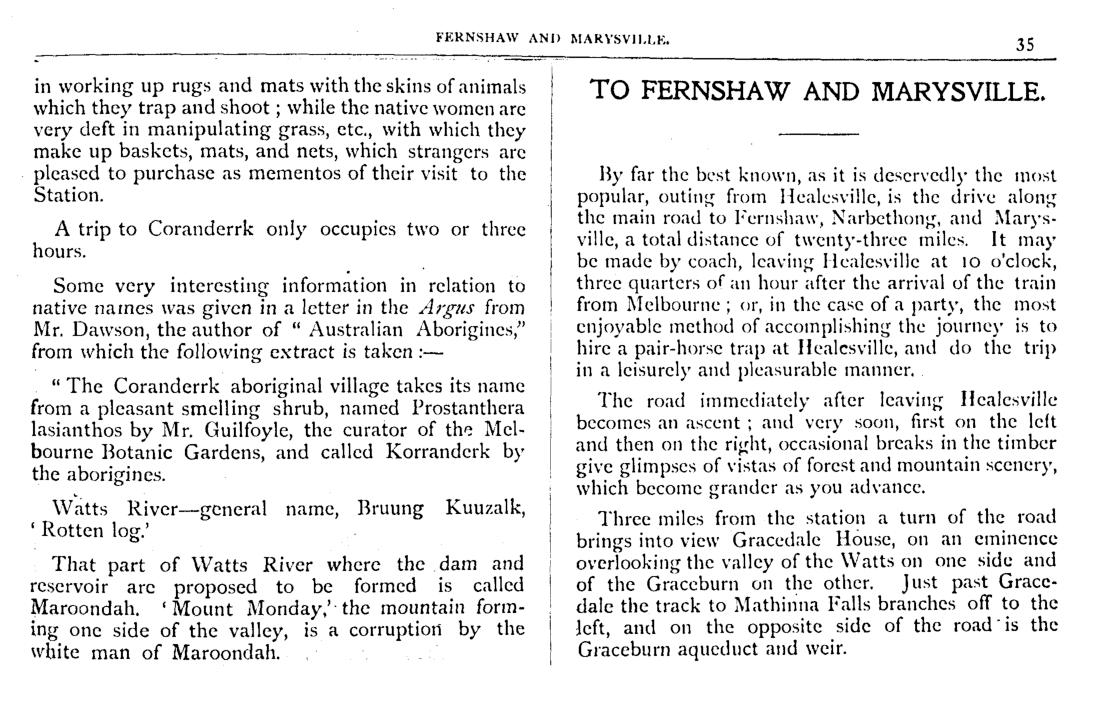
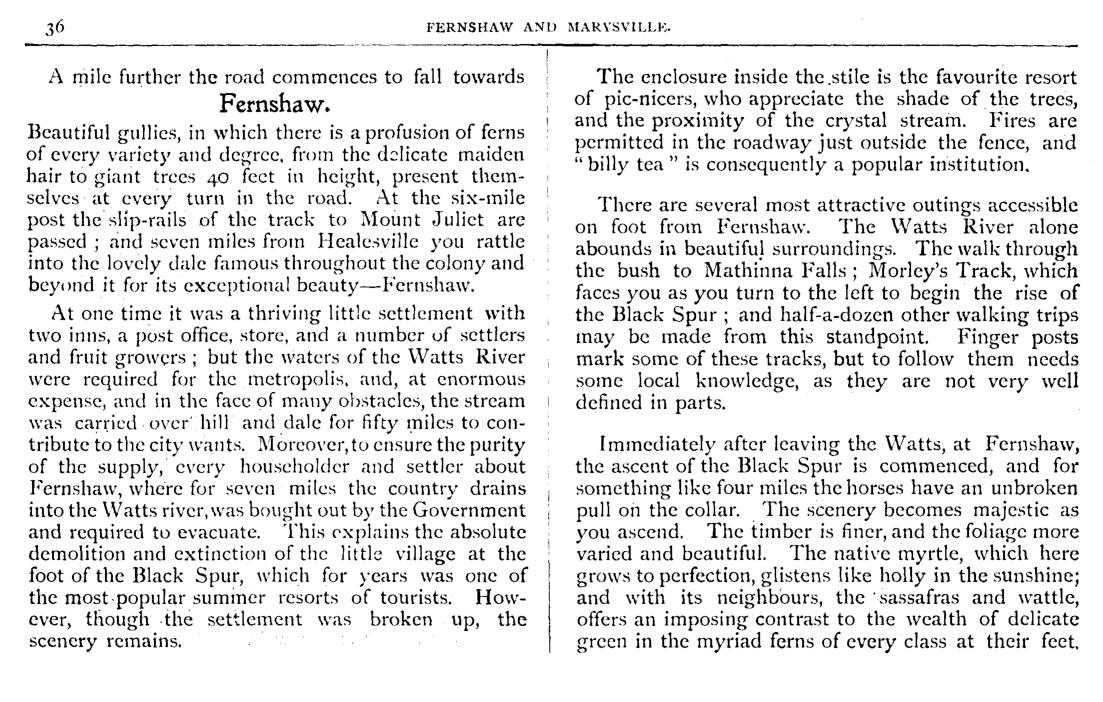
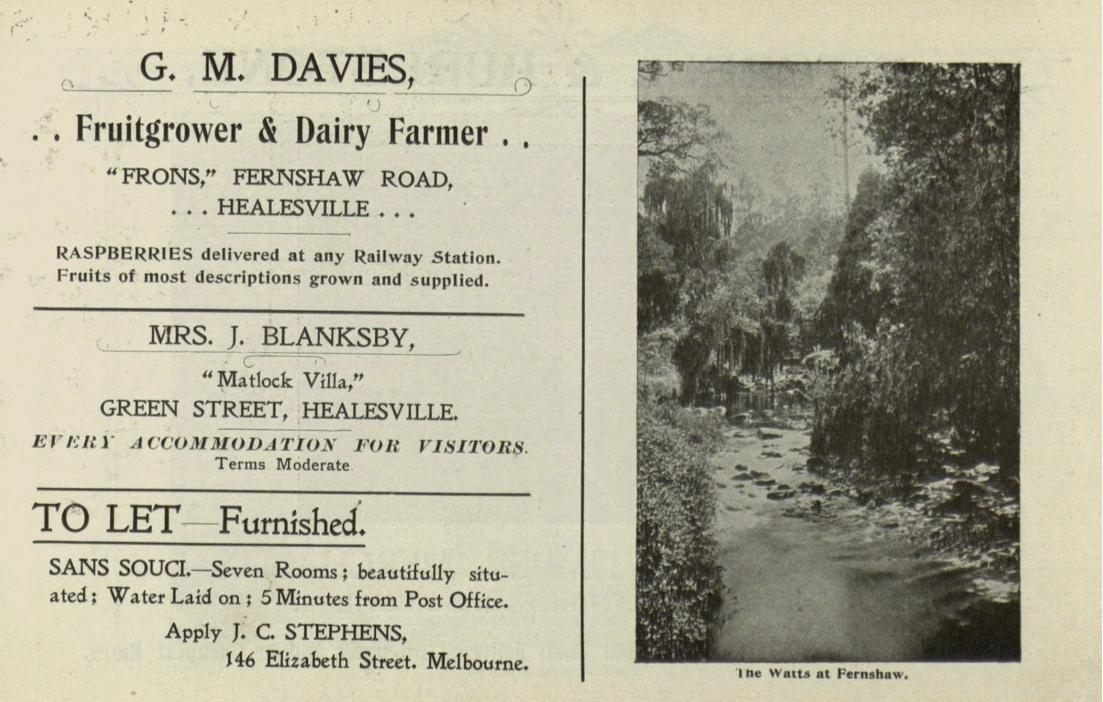
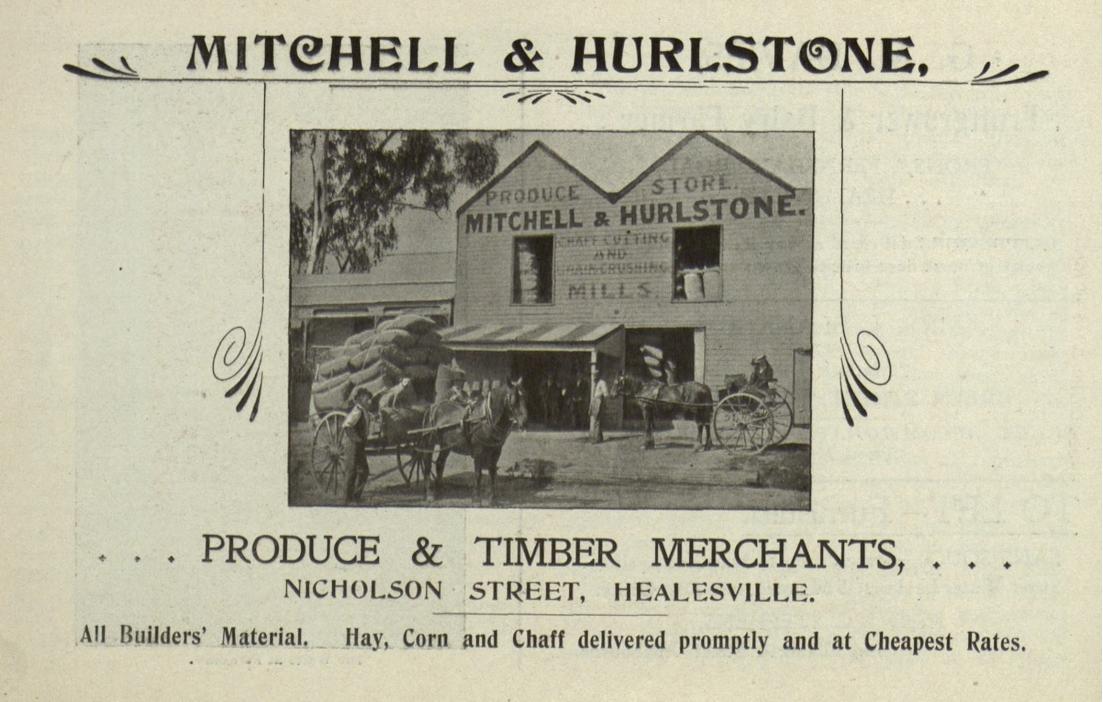
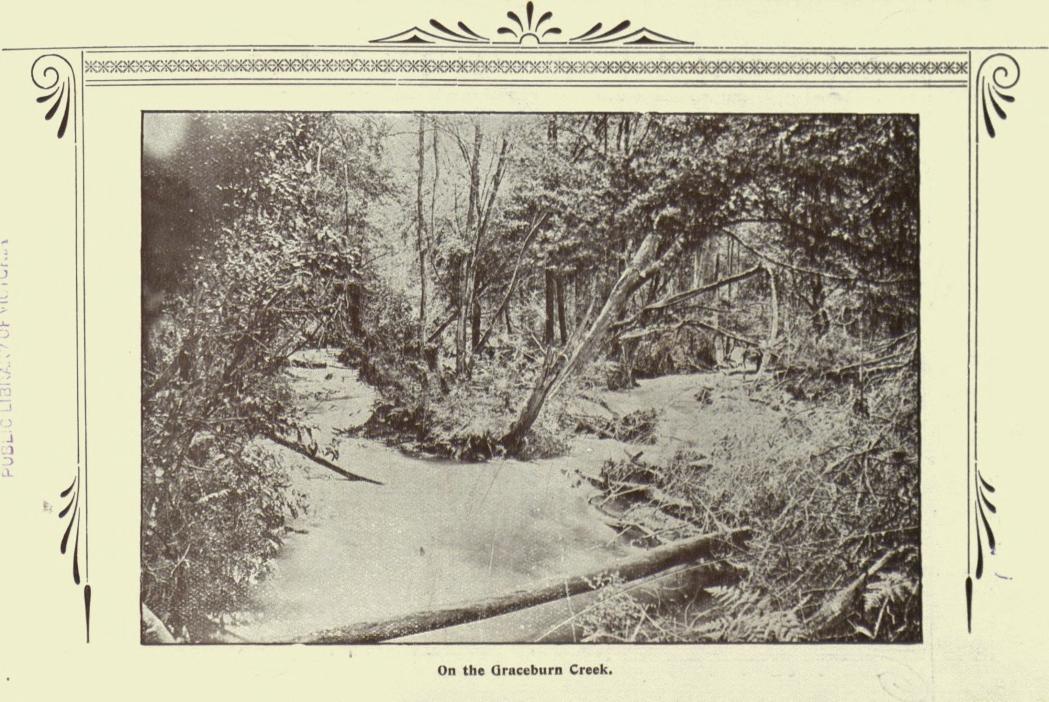
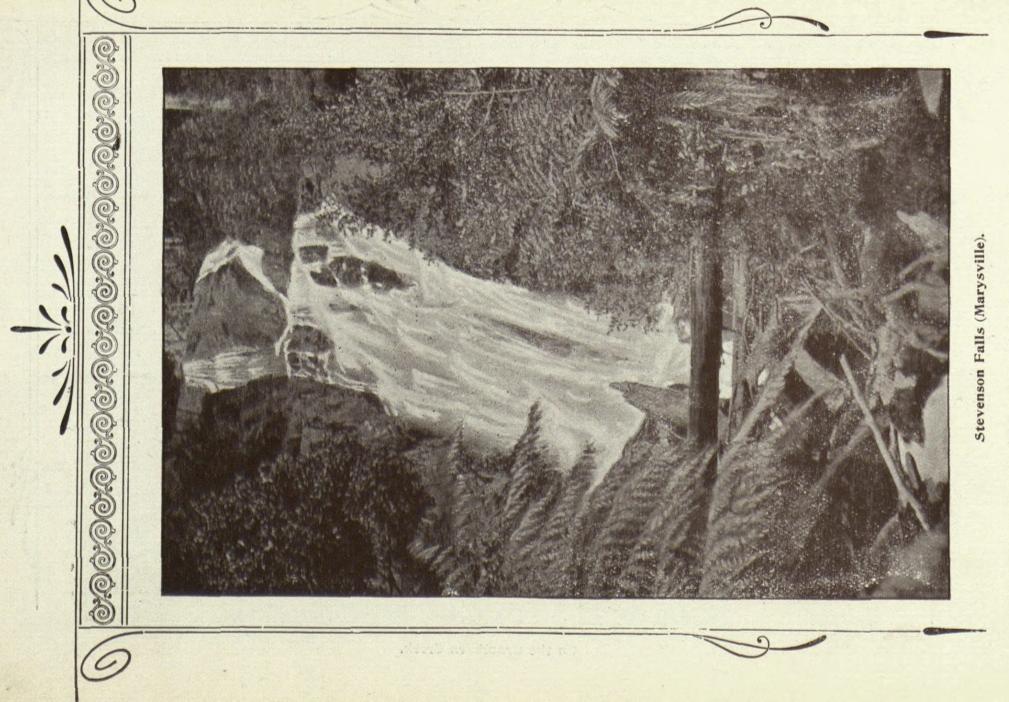
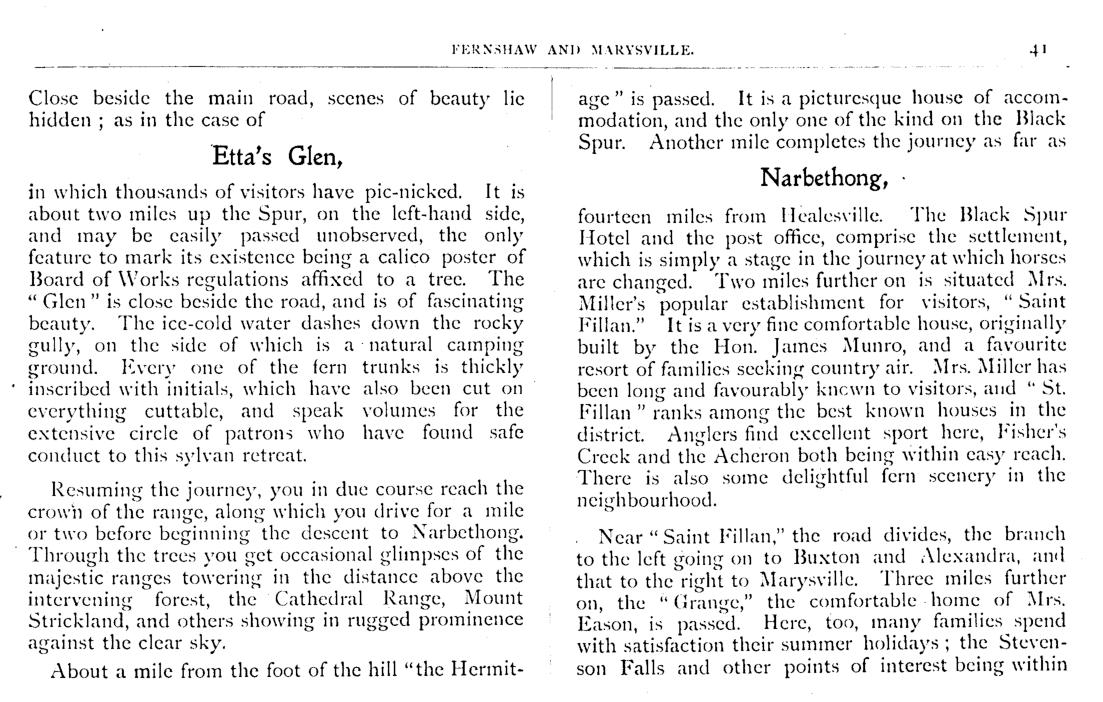
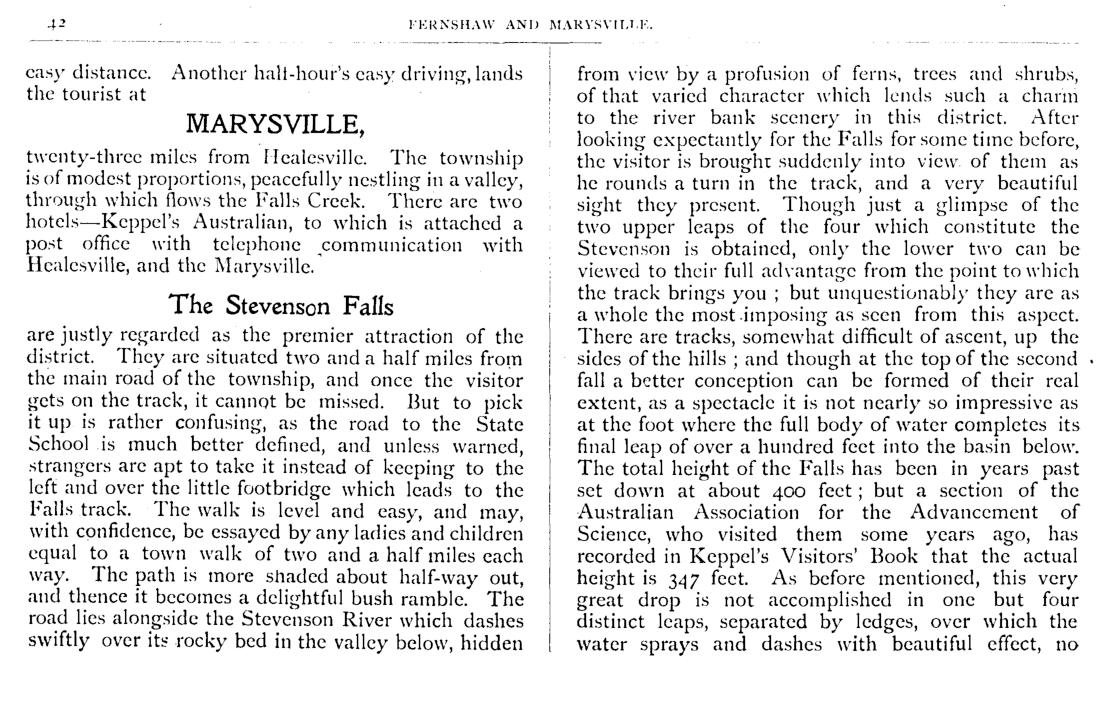
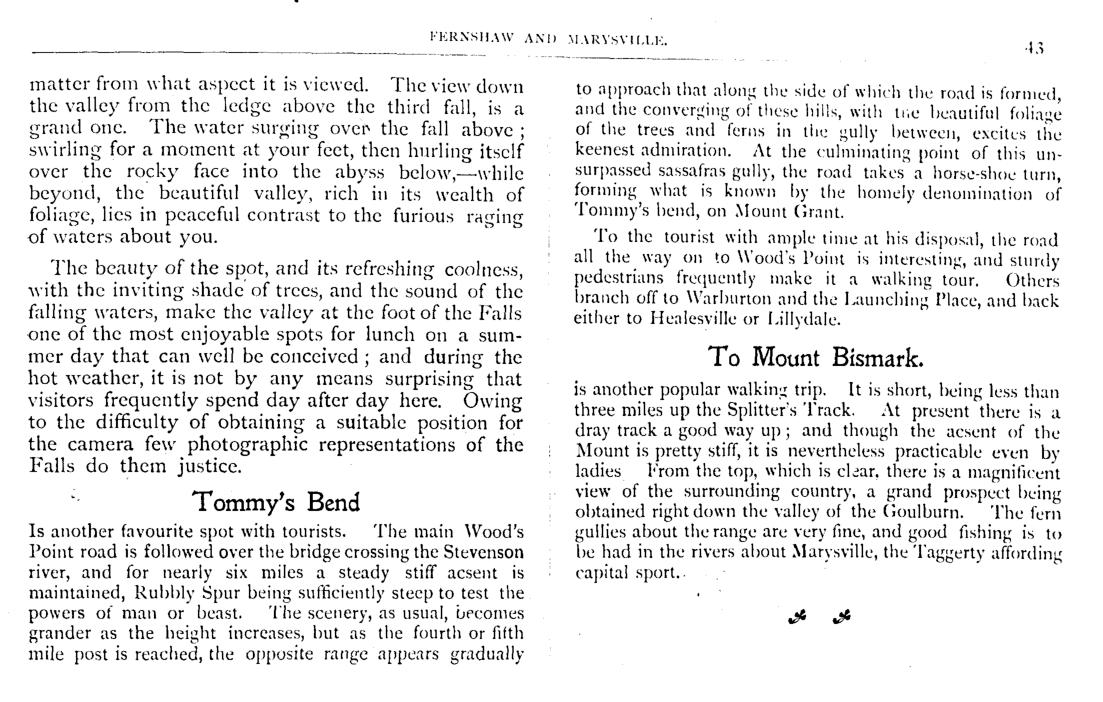
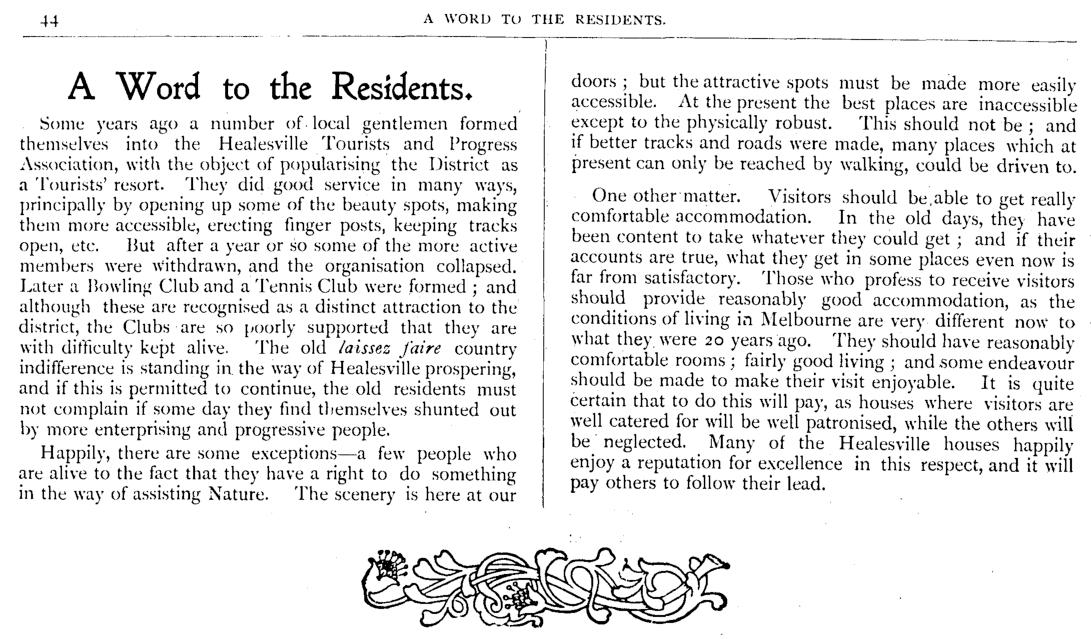
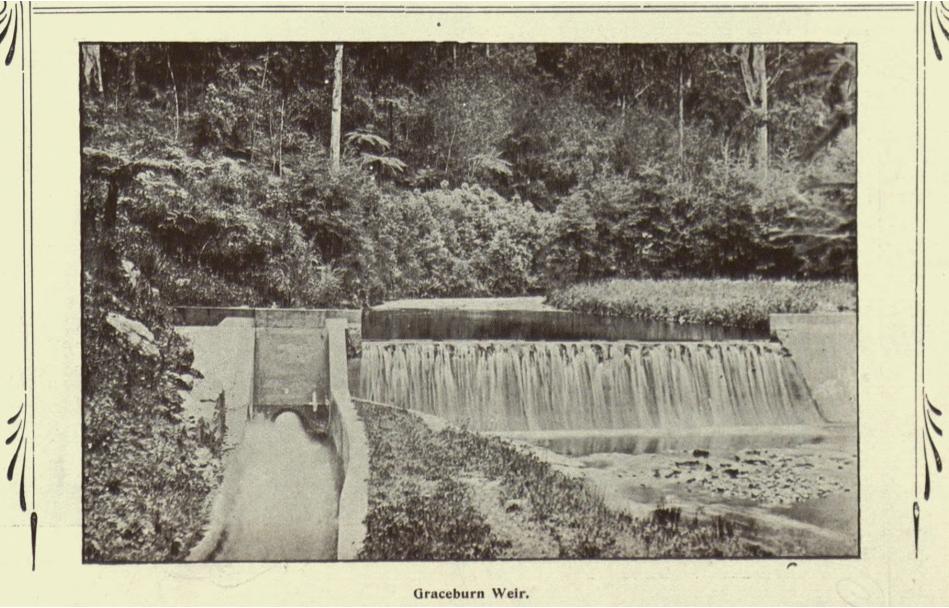
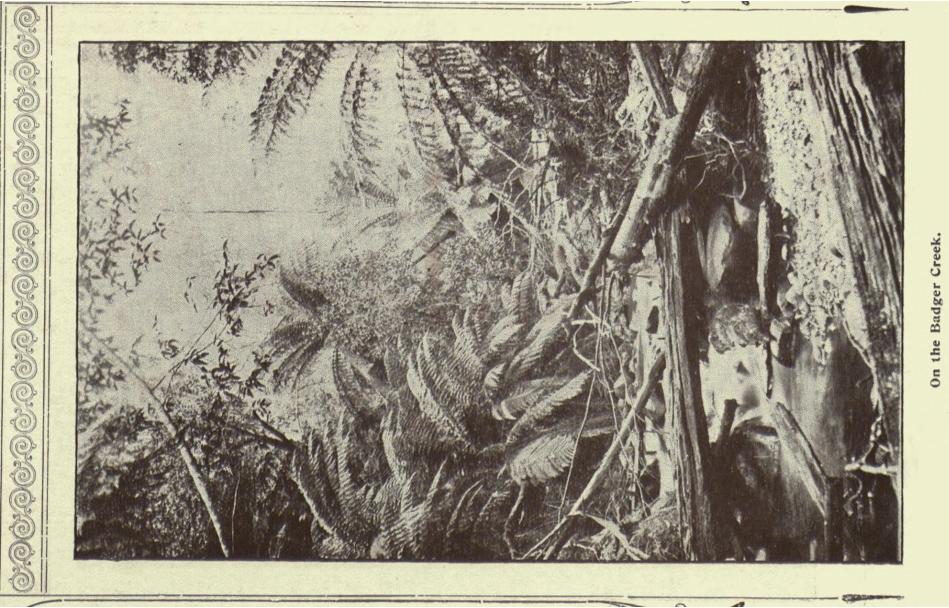
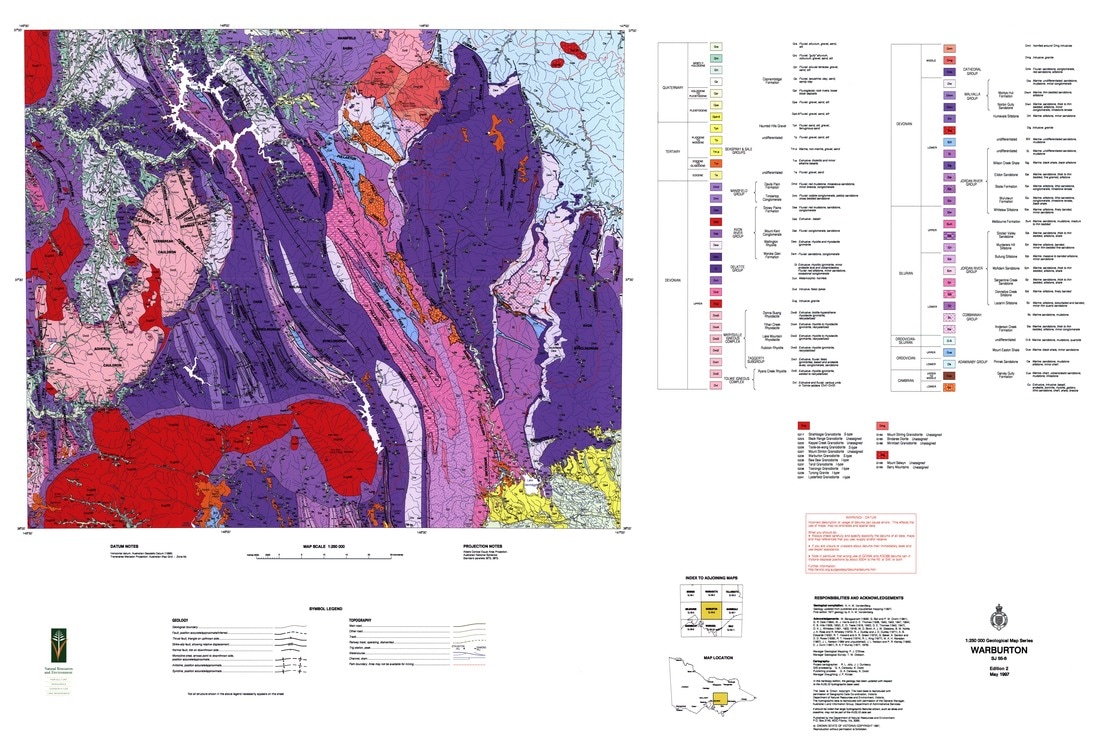
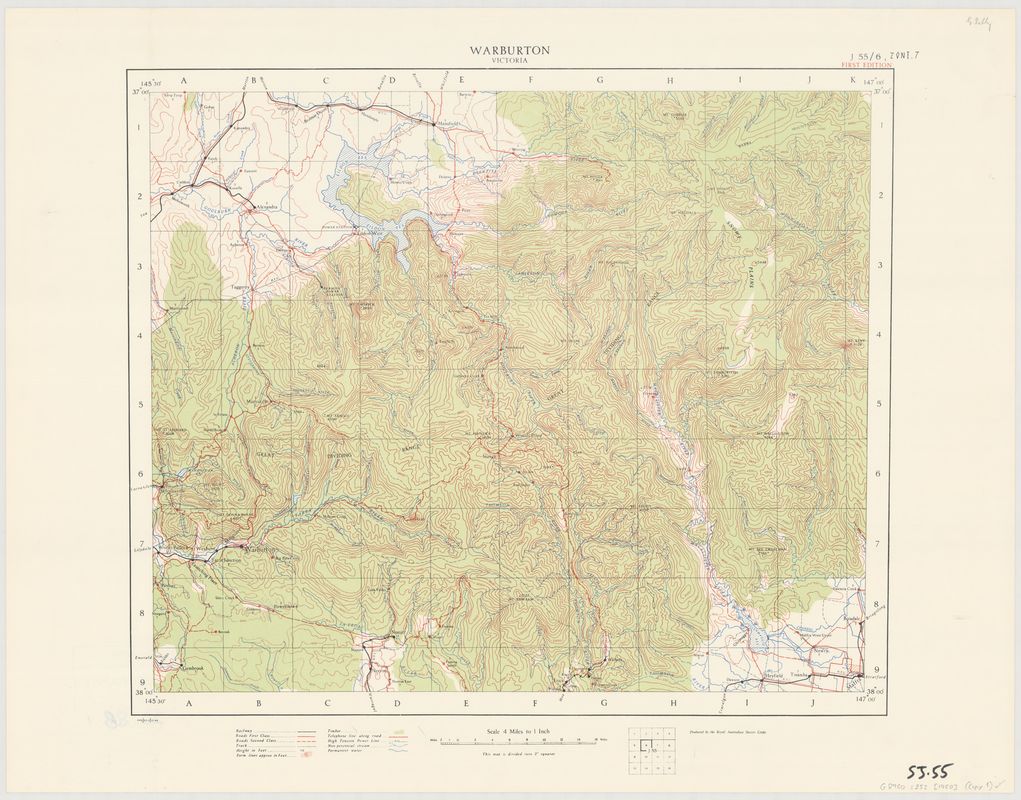
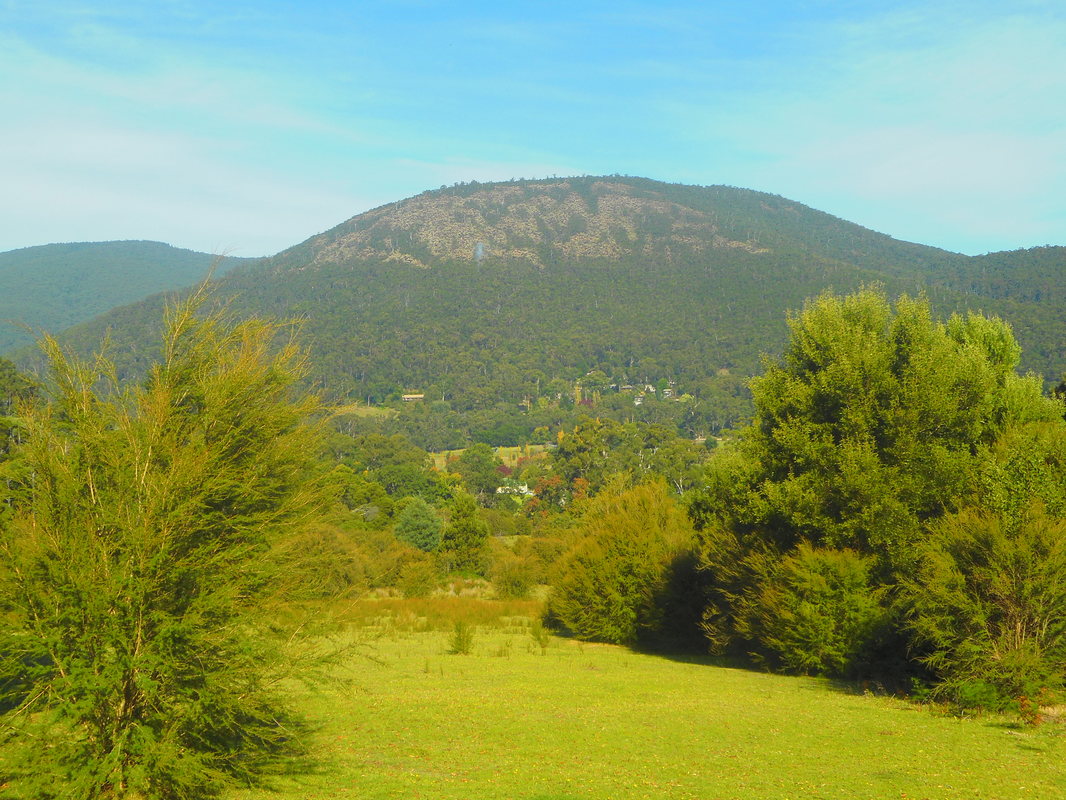
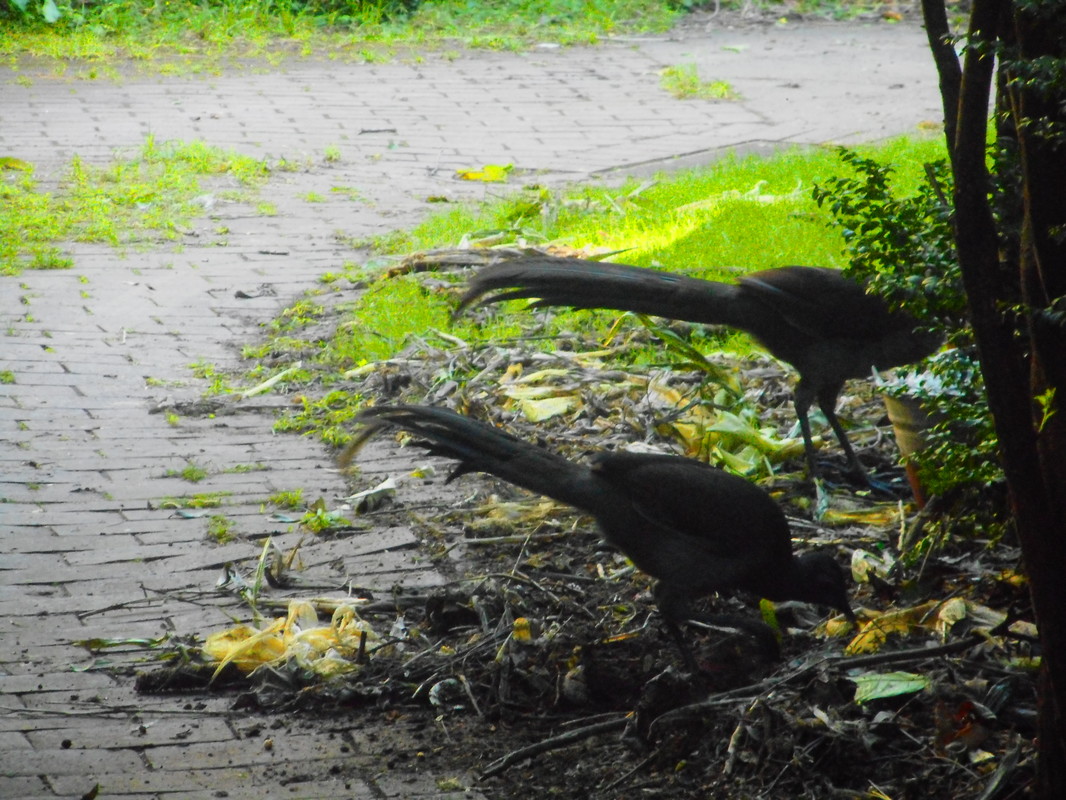

 RSS Feed
RSS Feed
